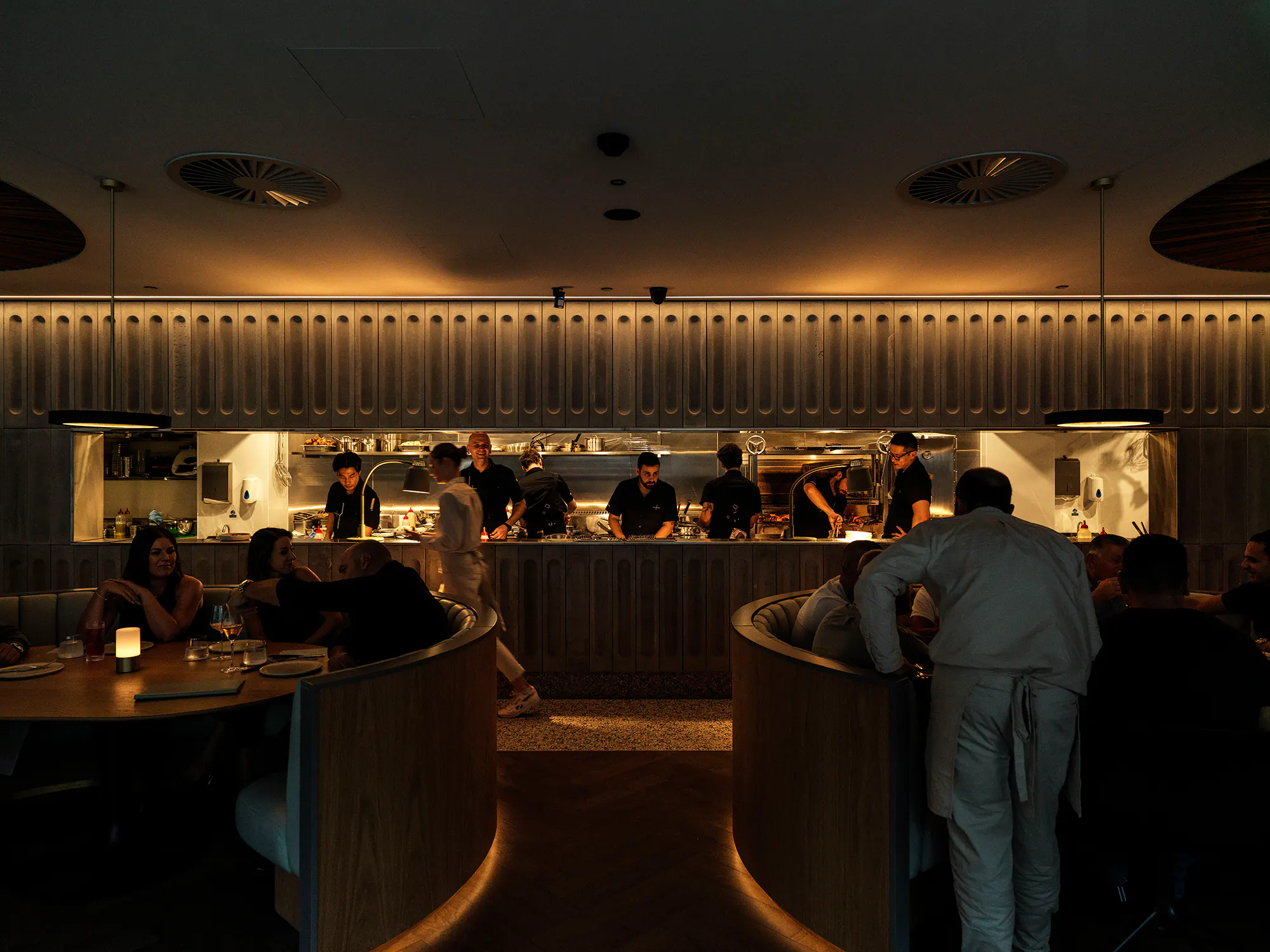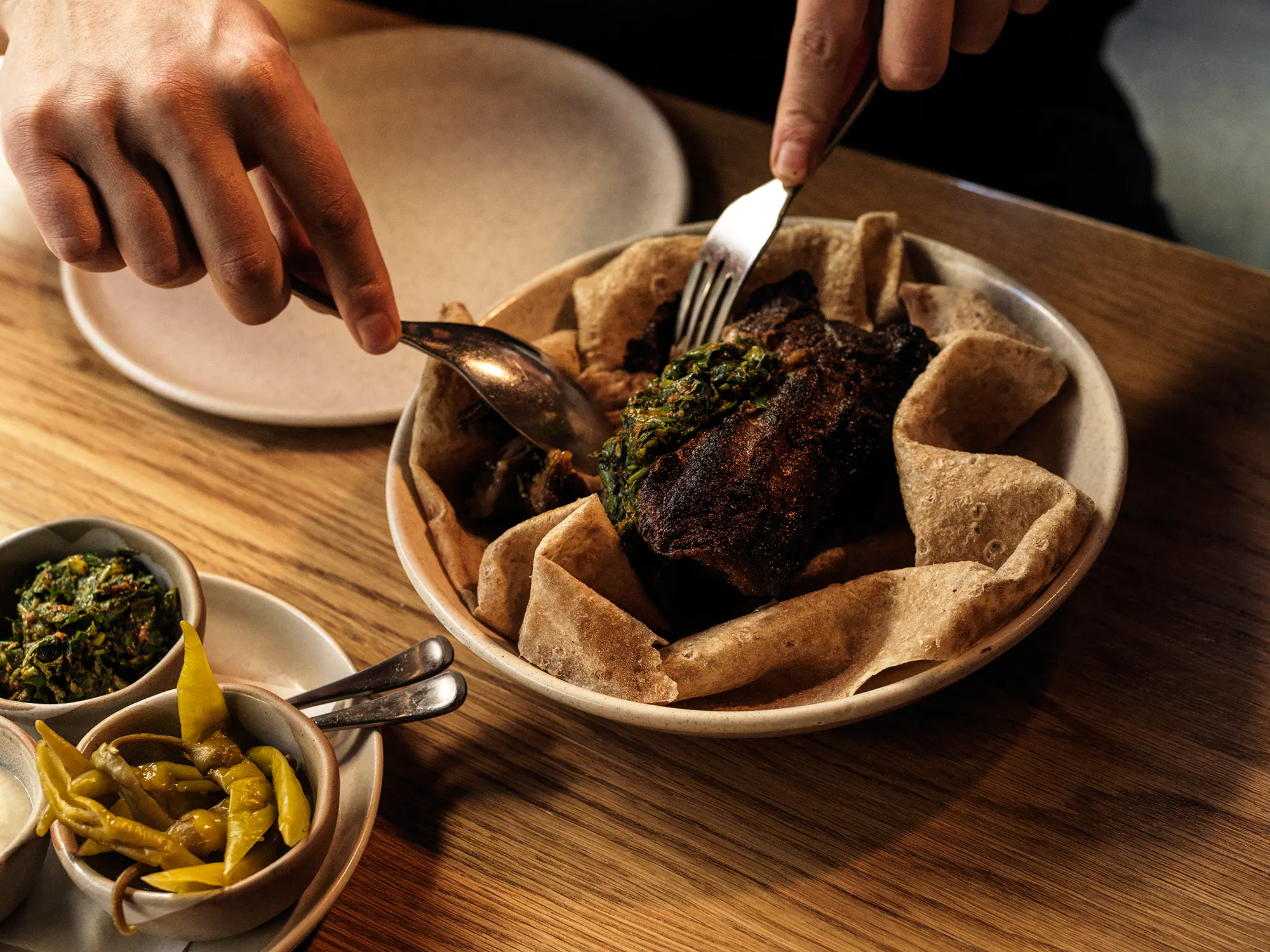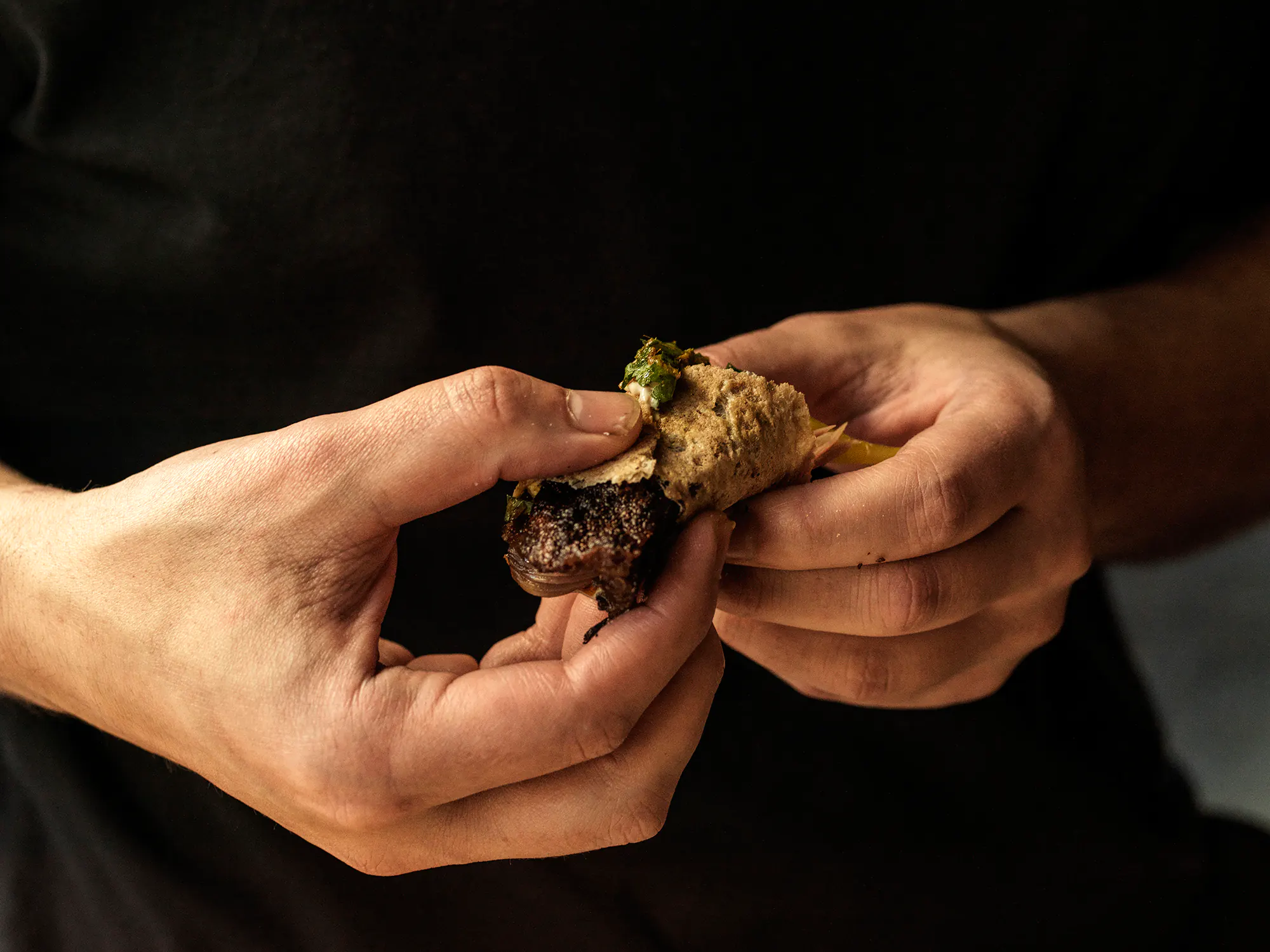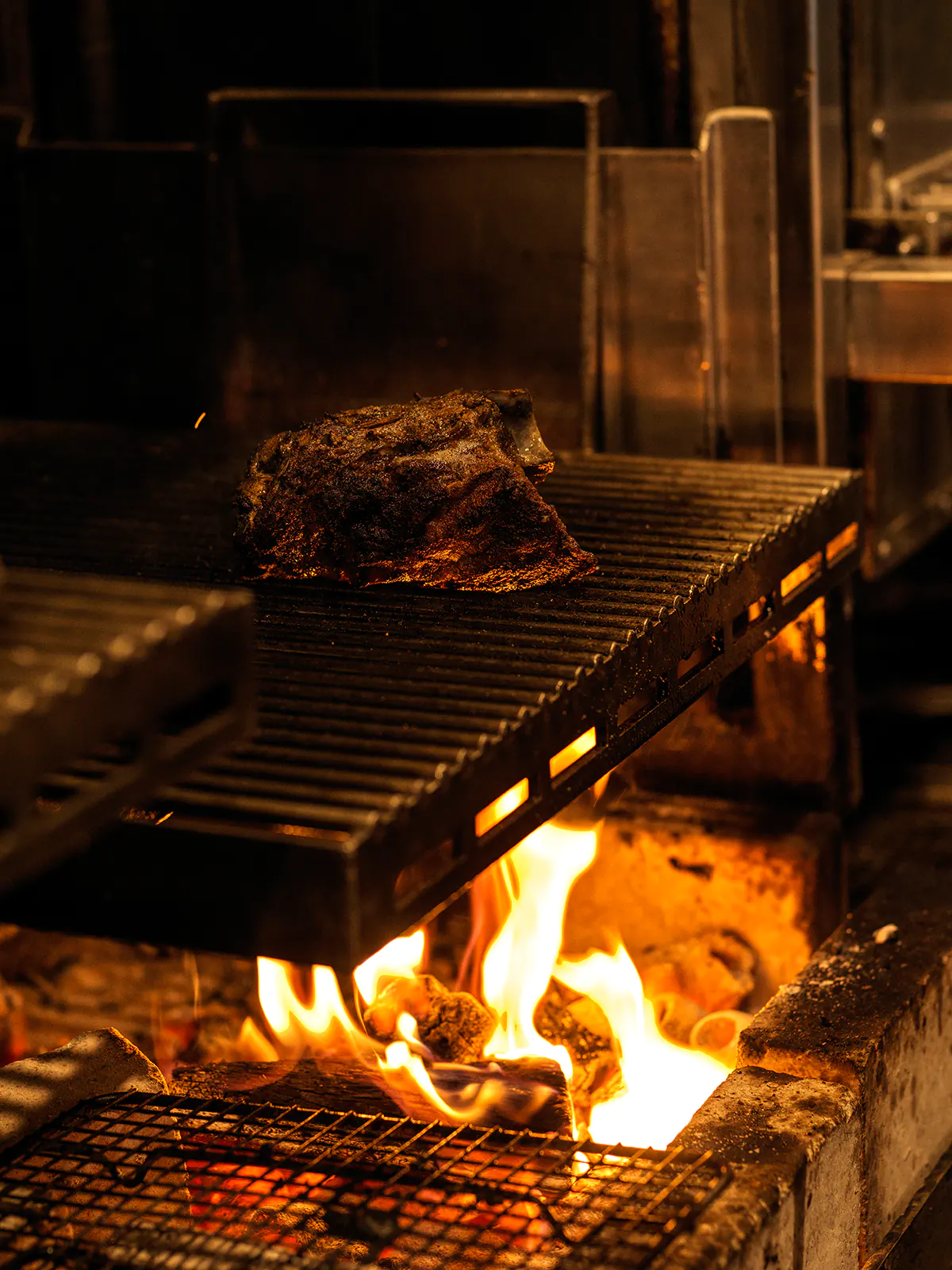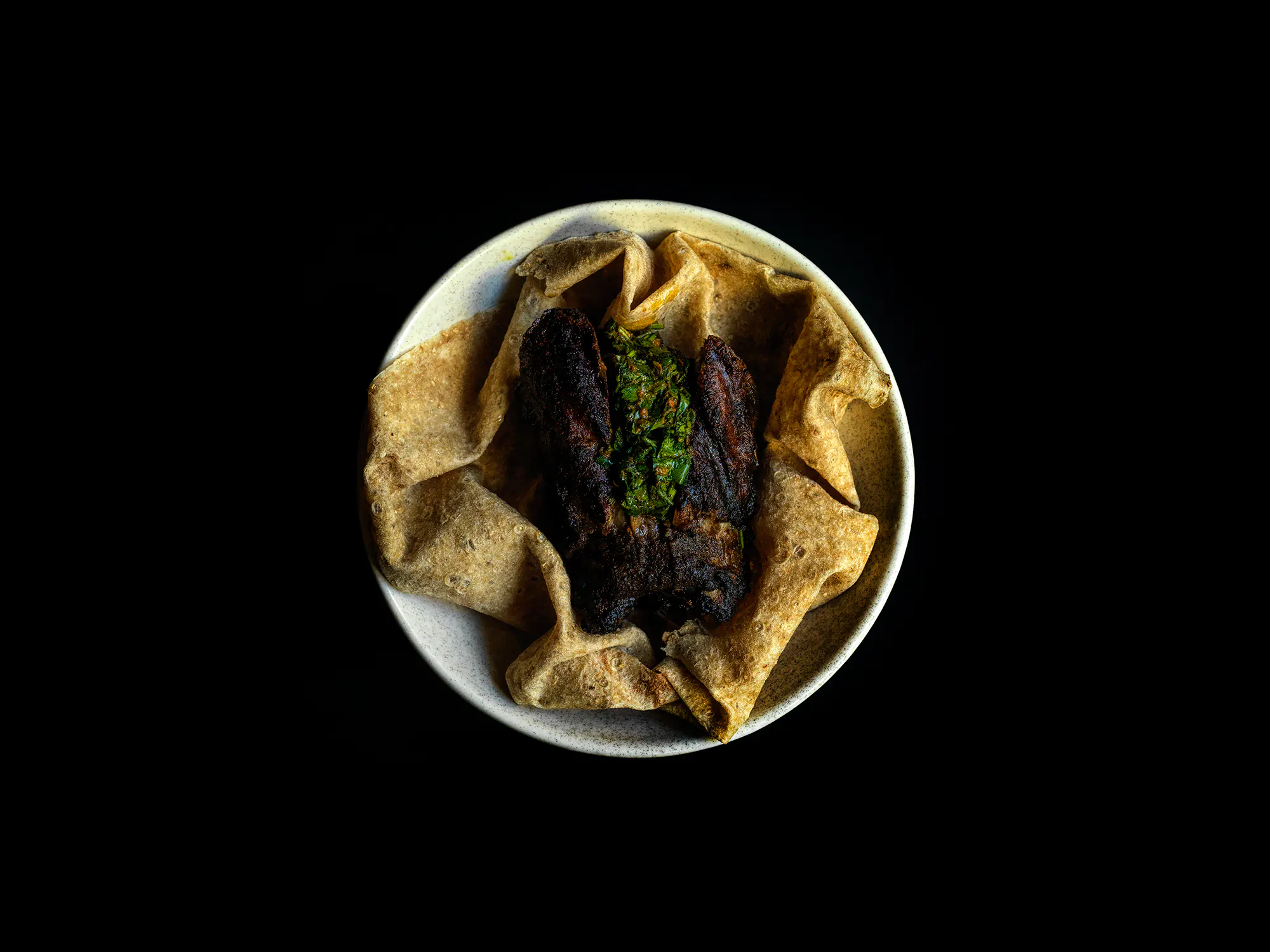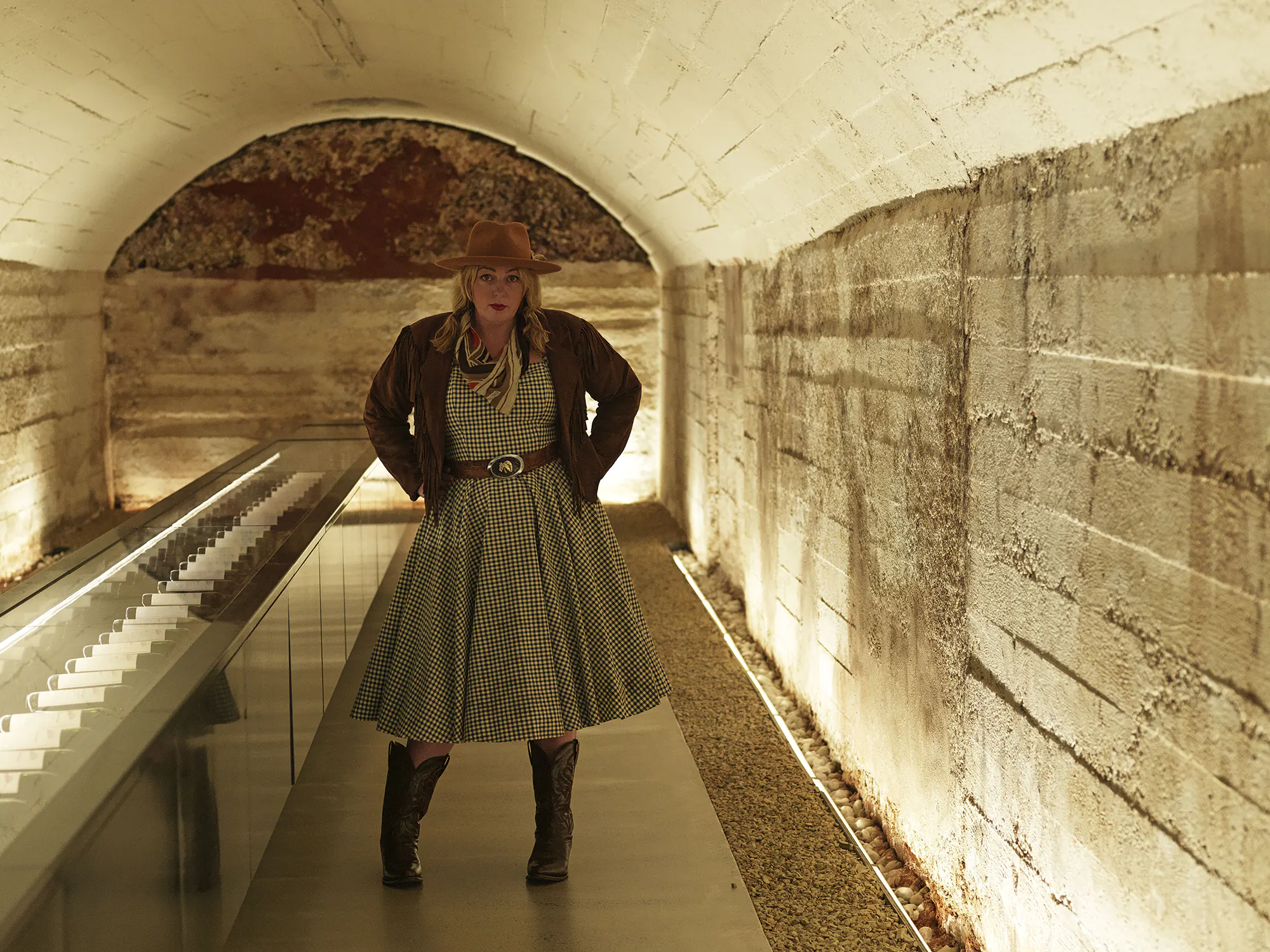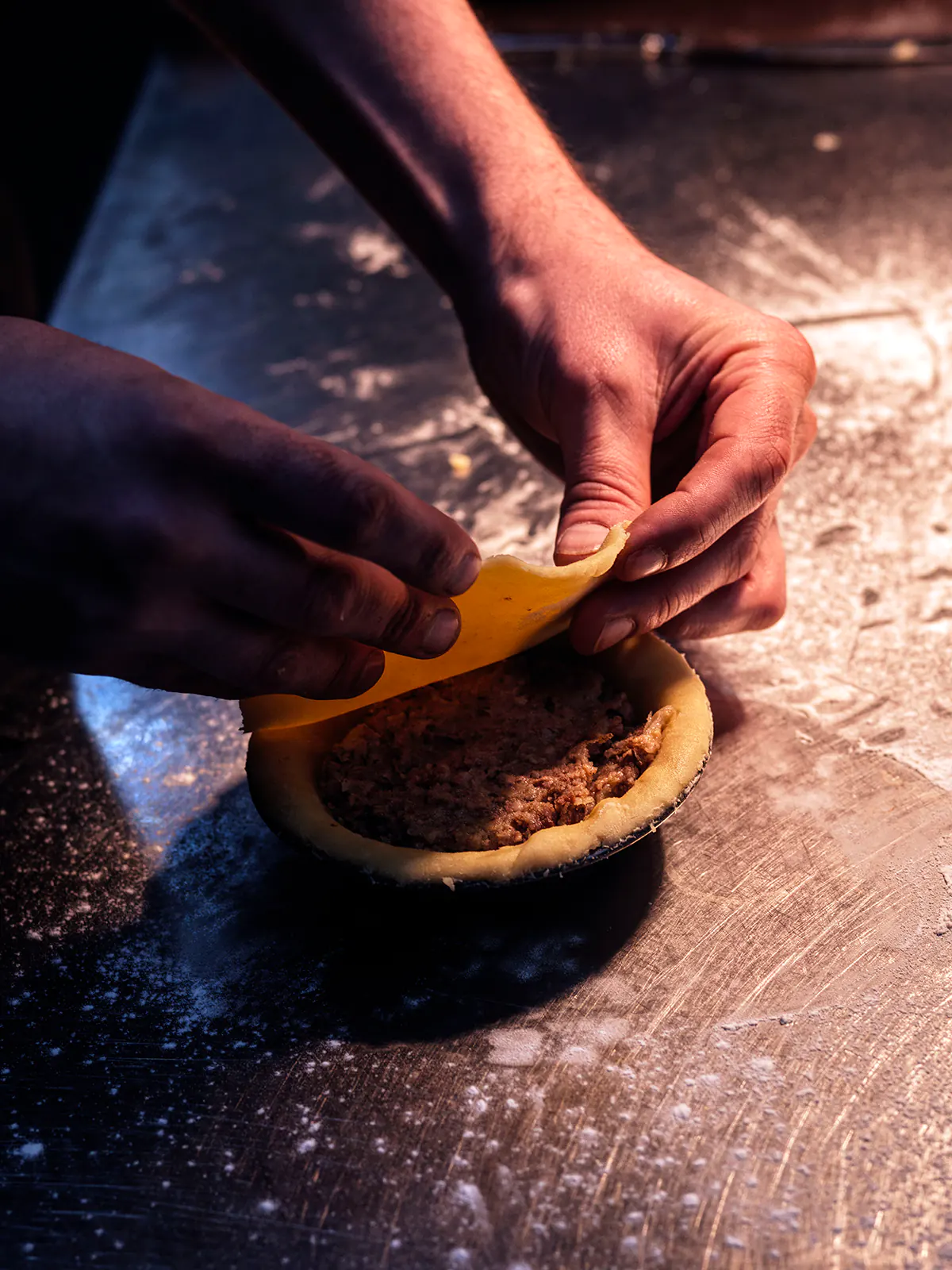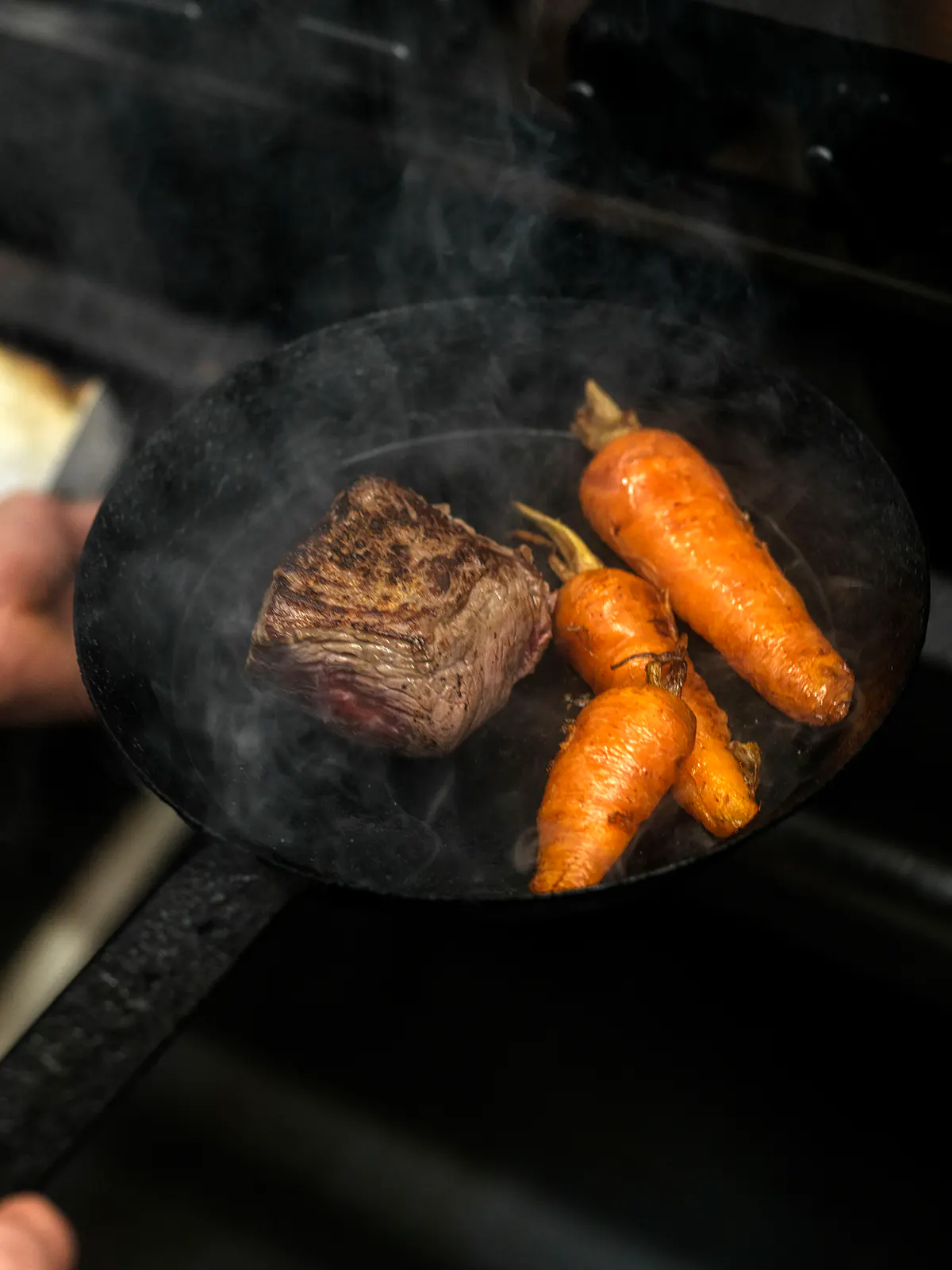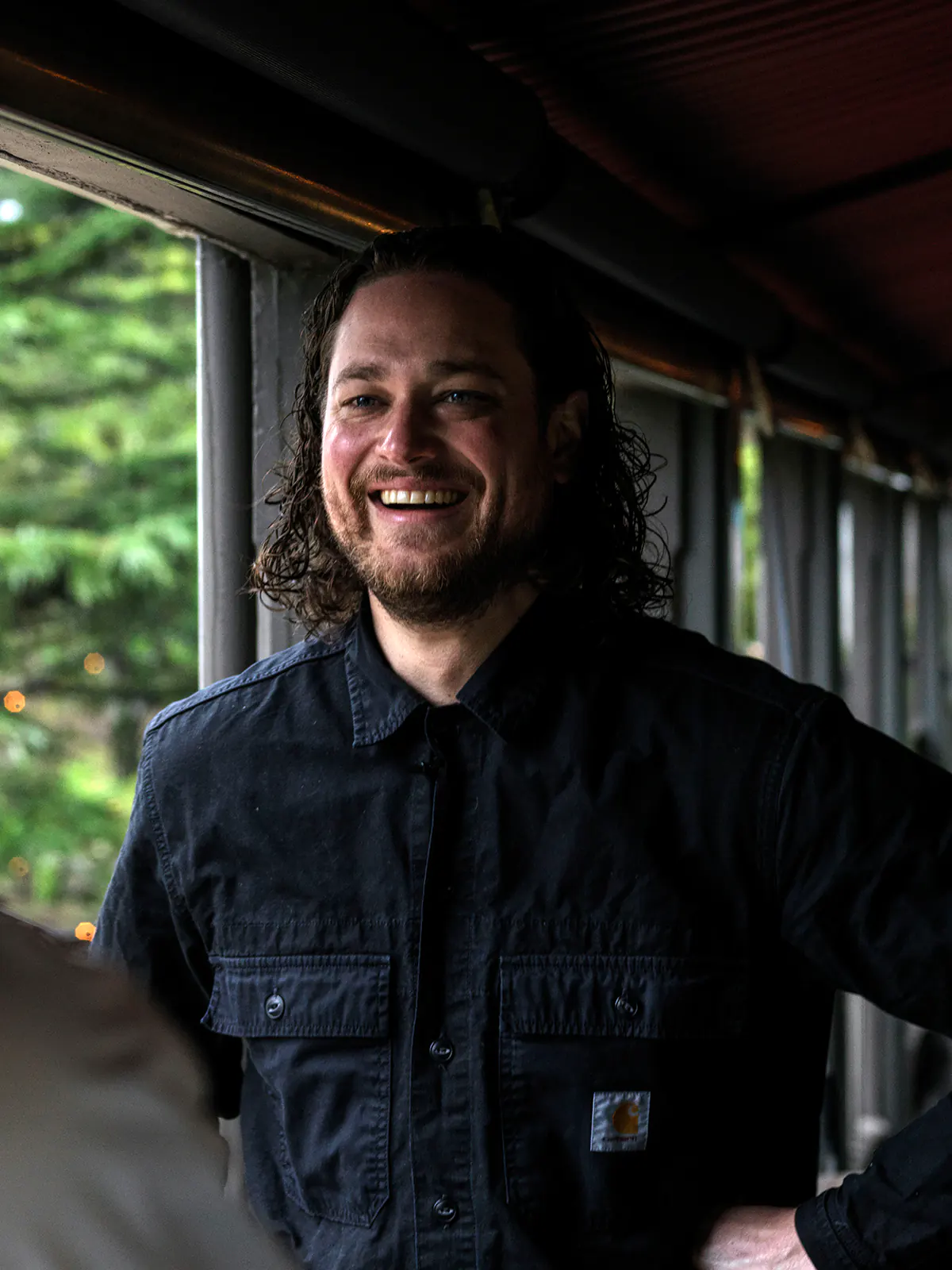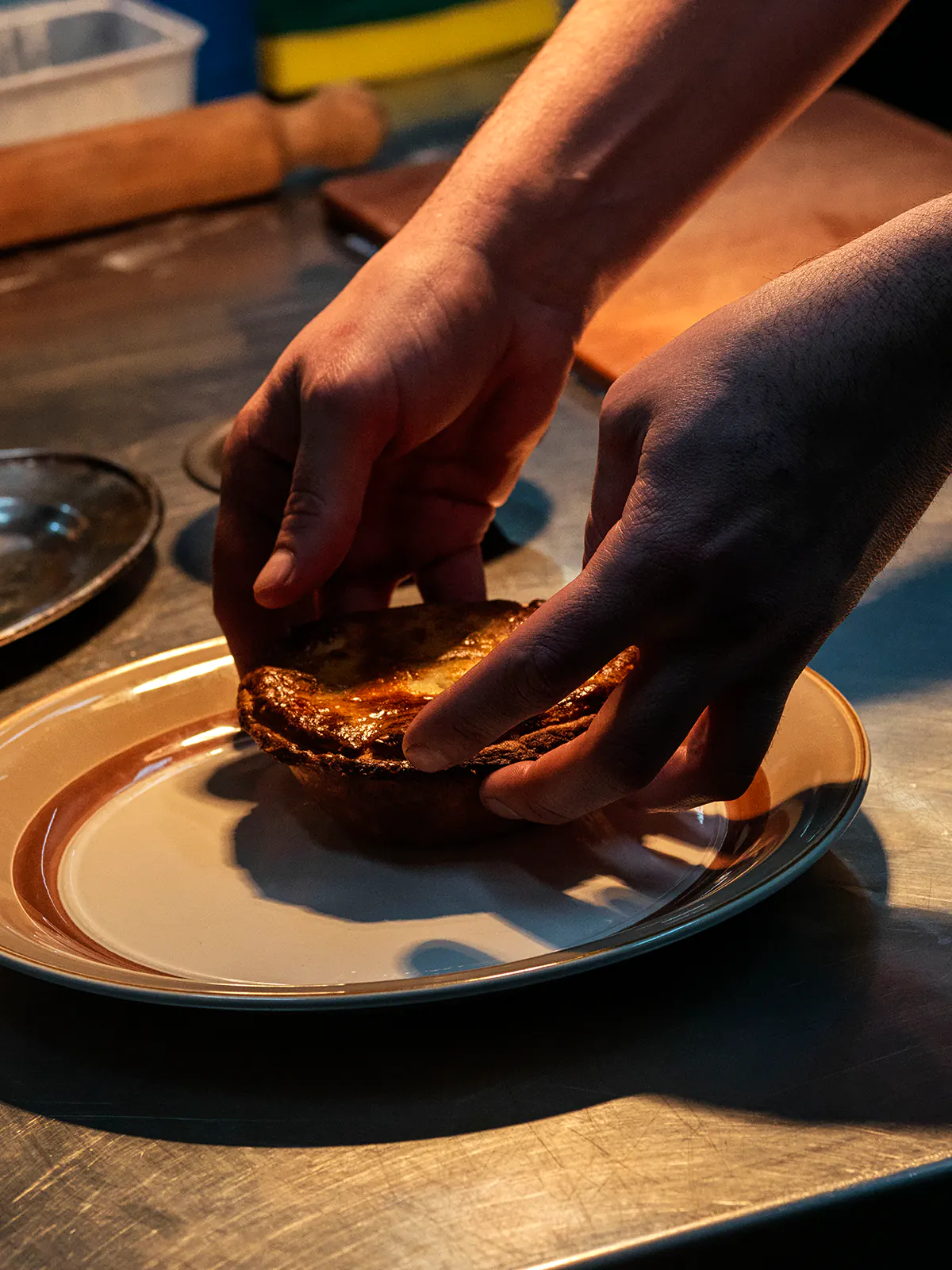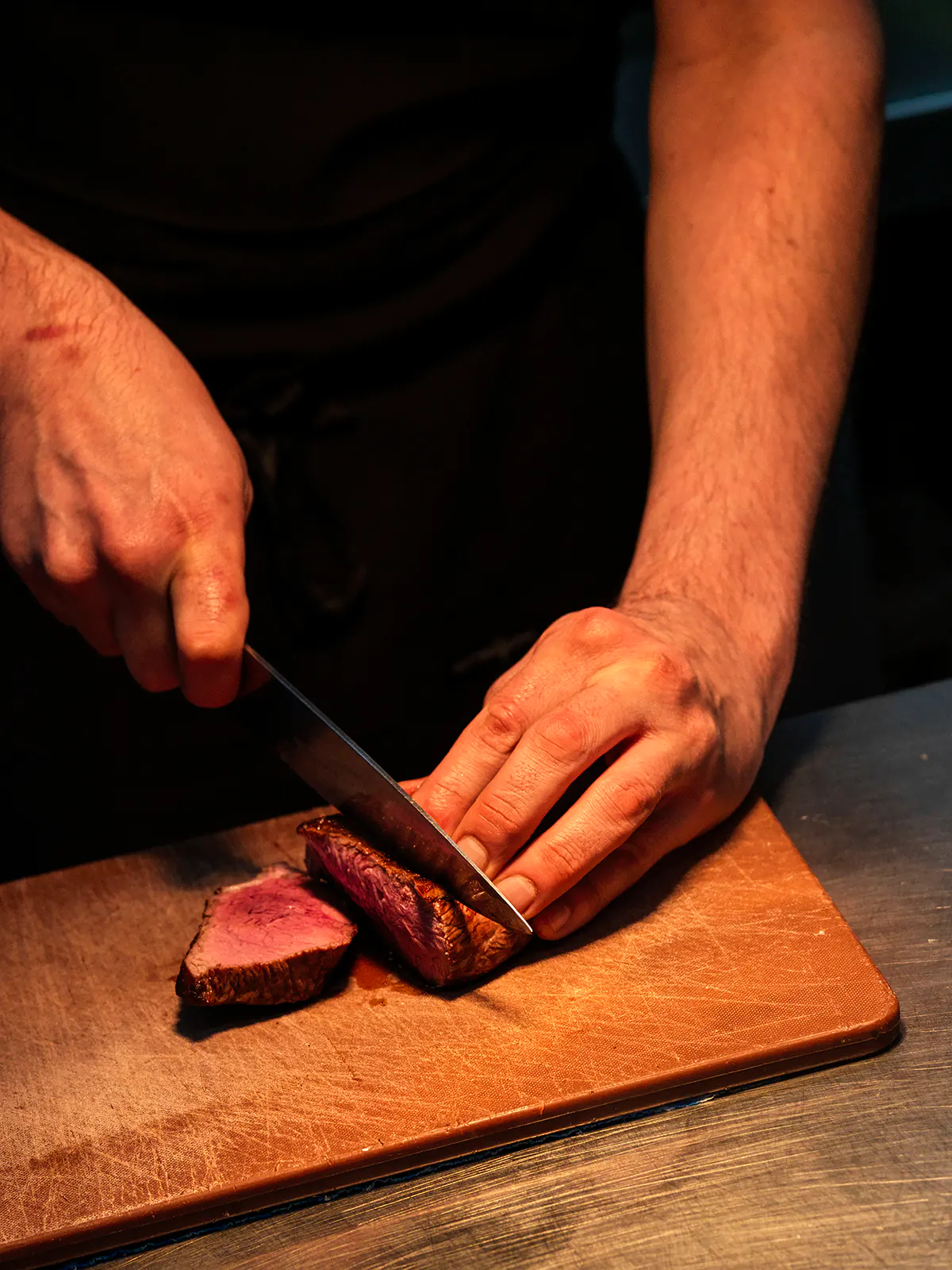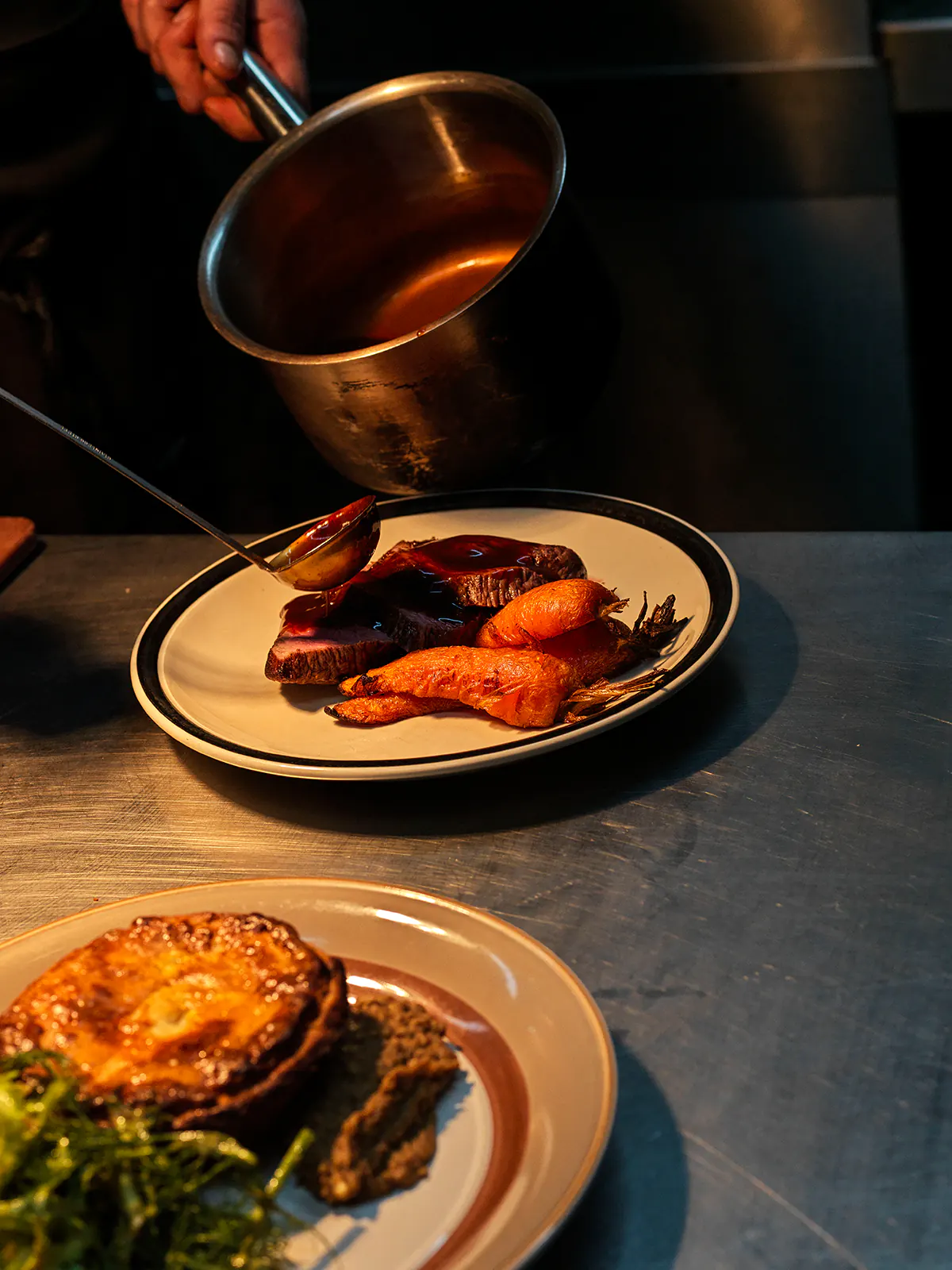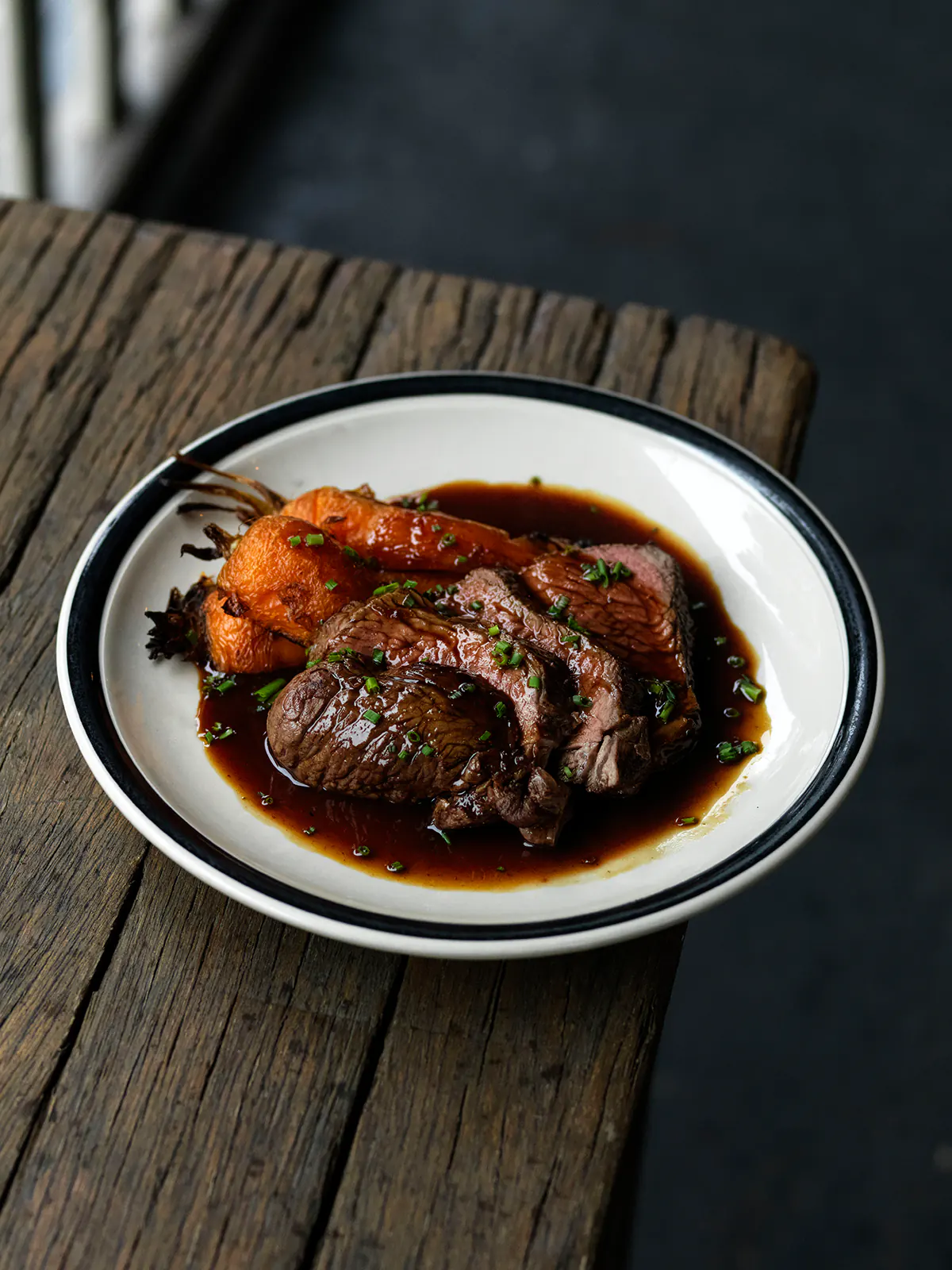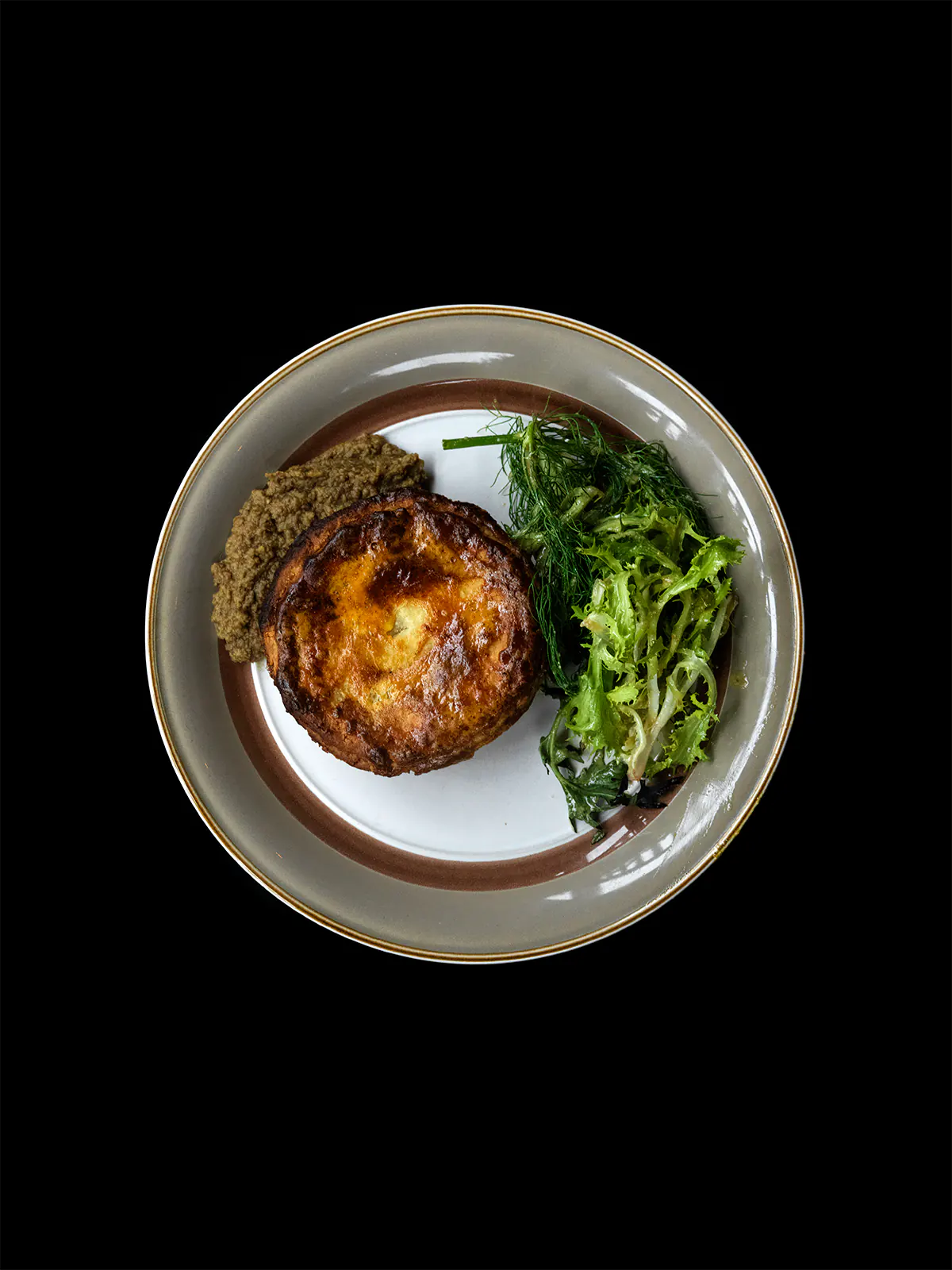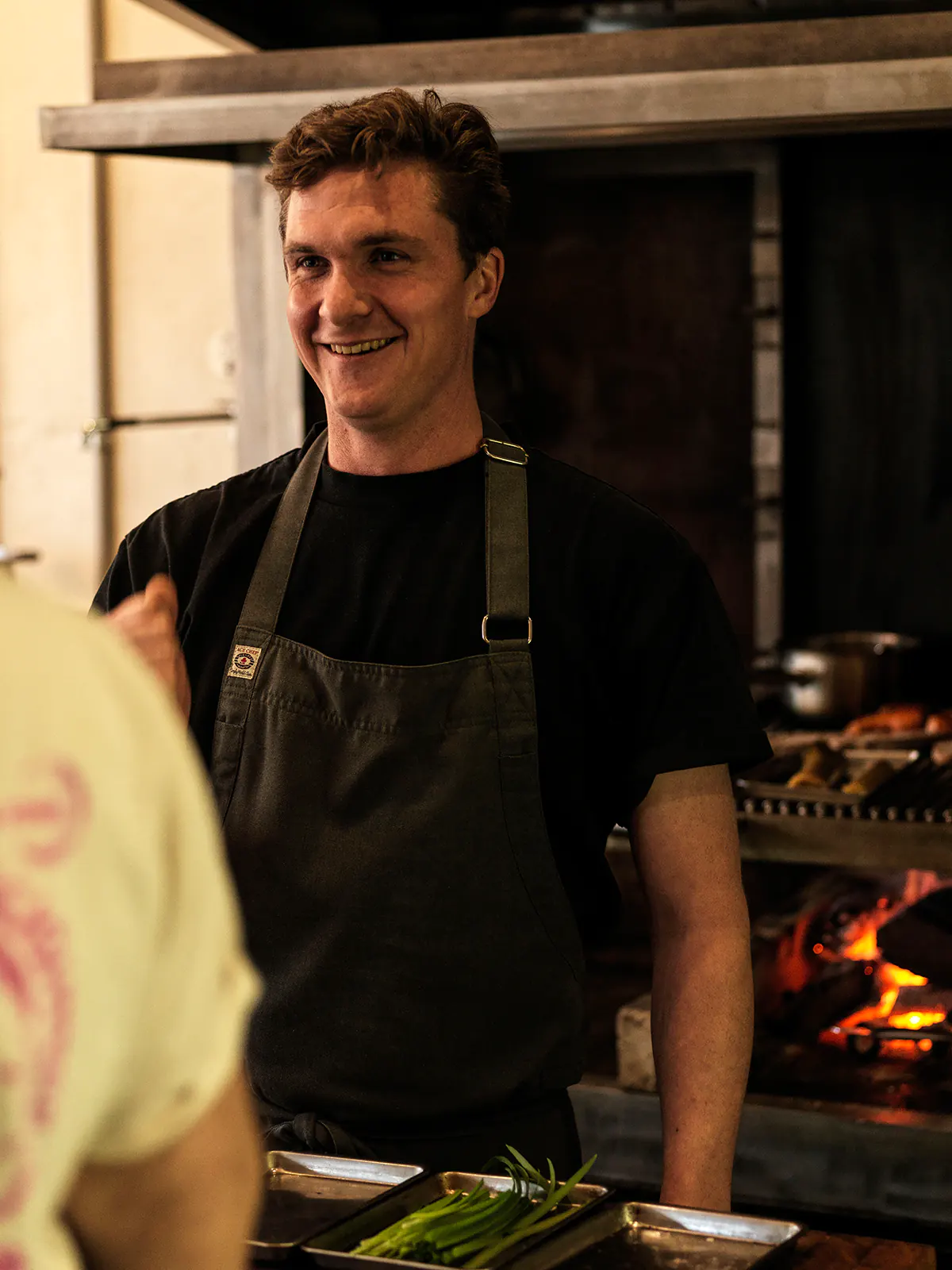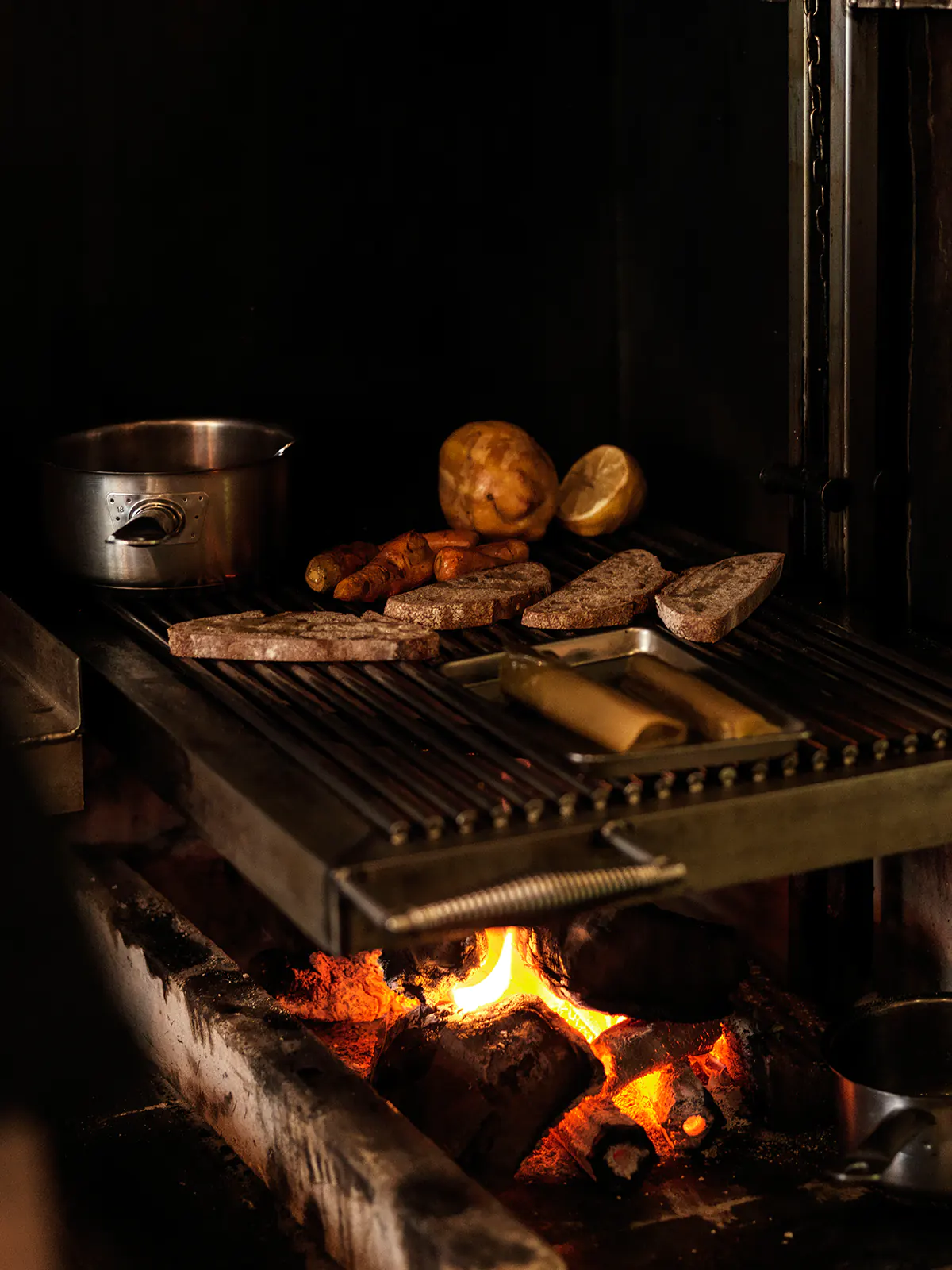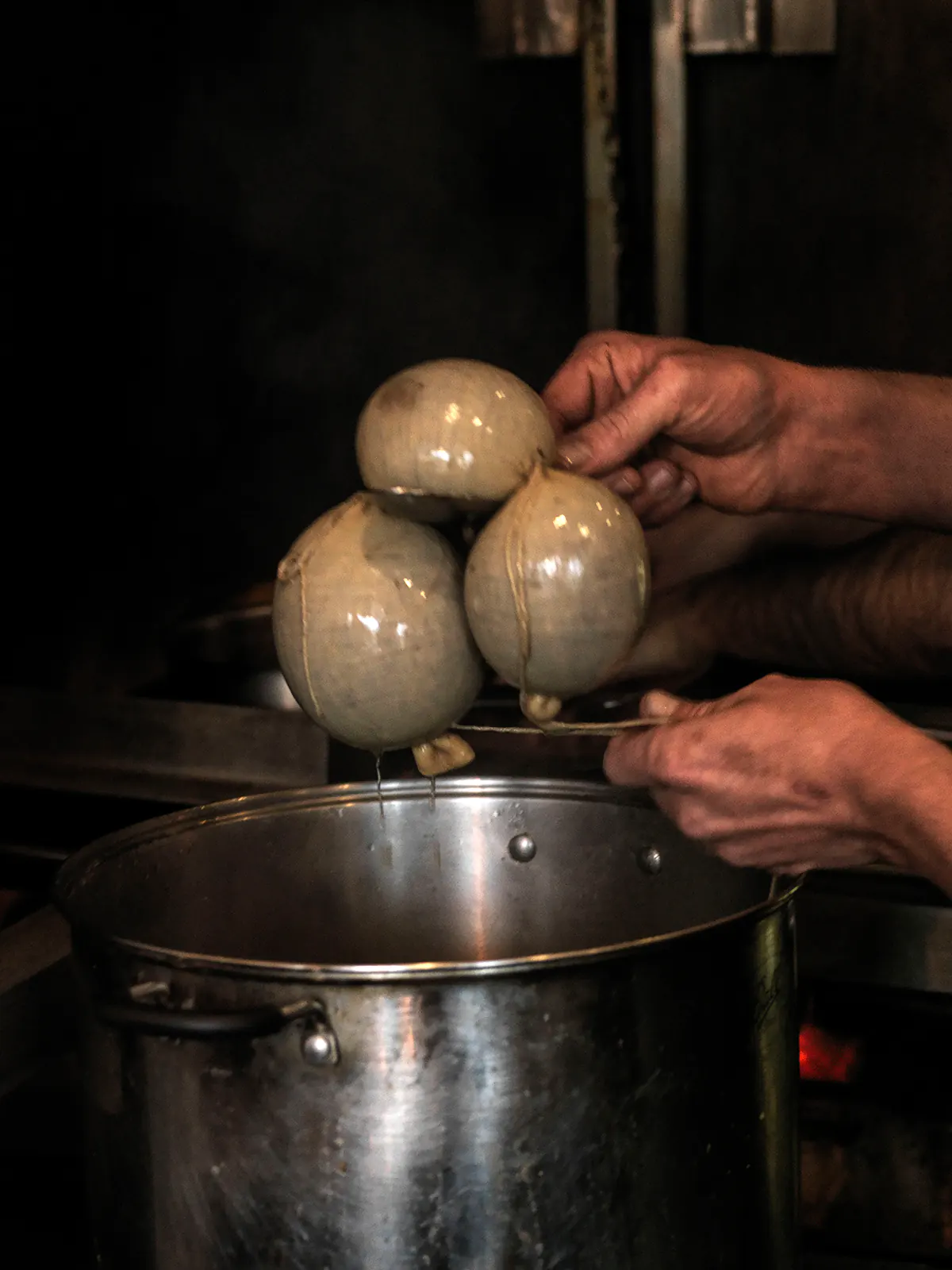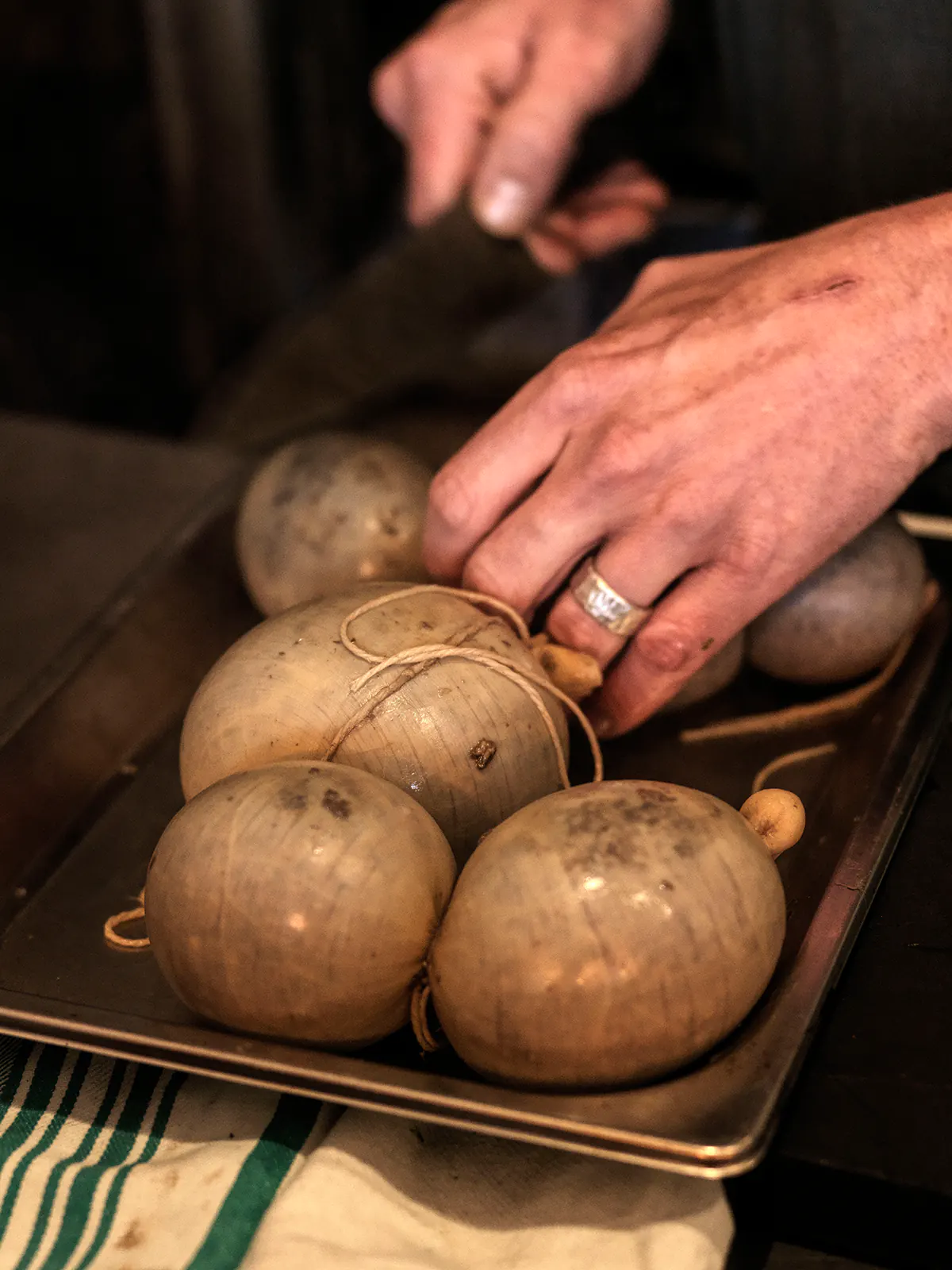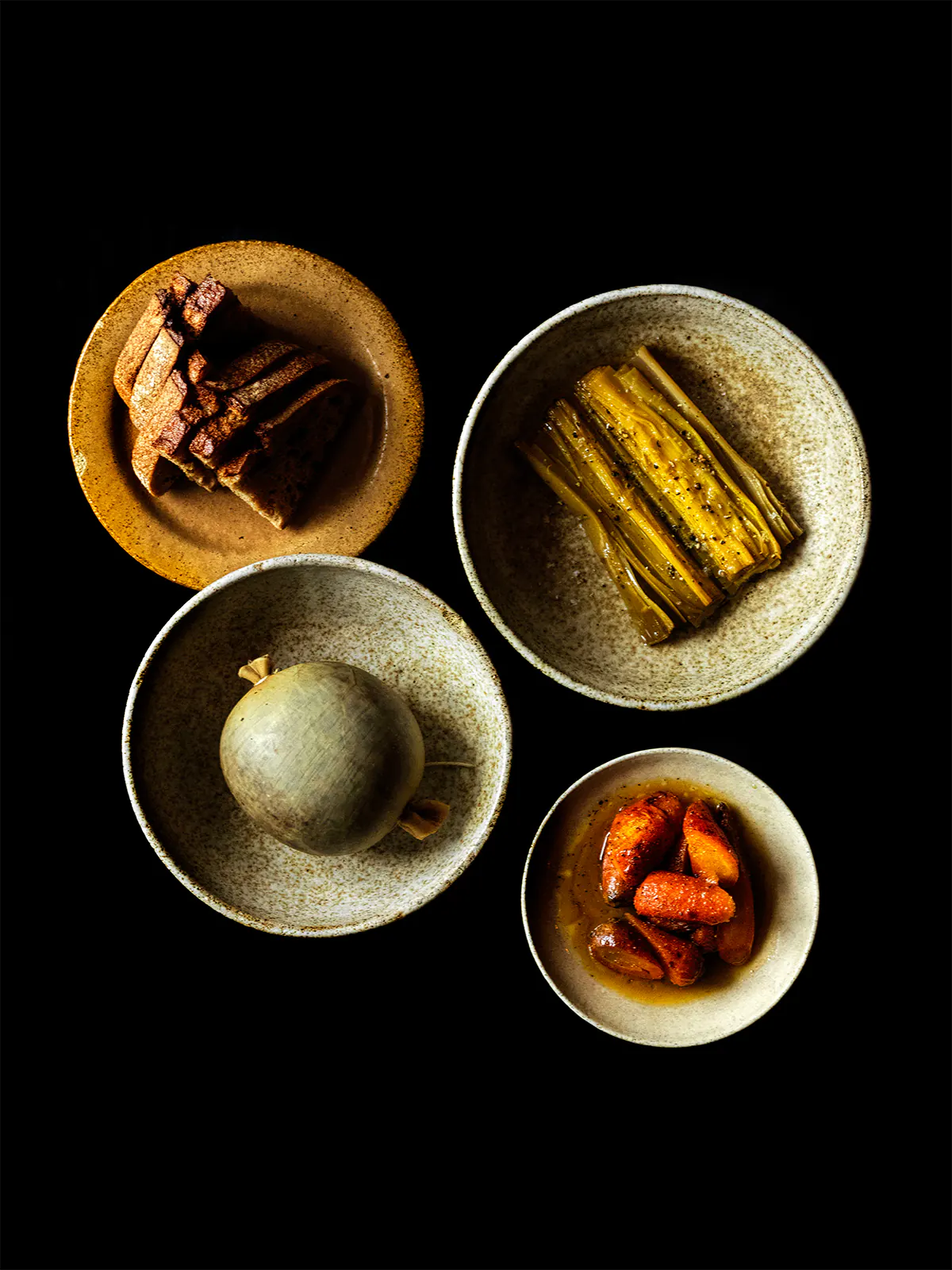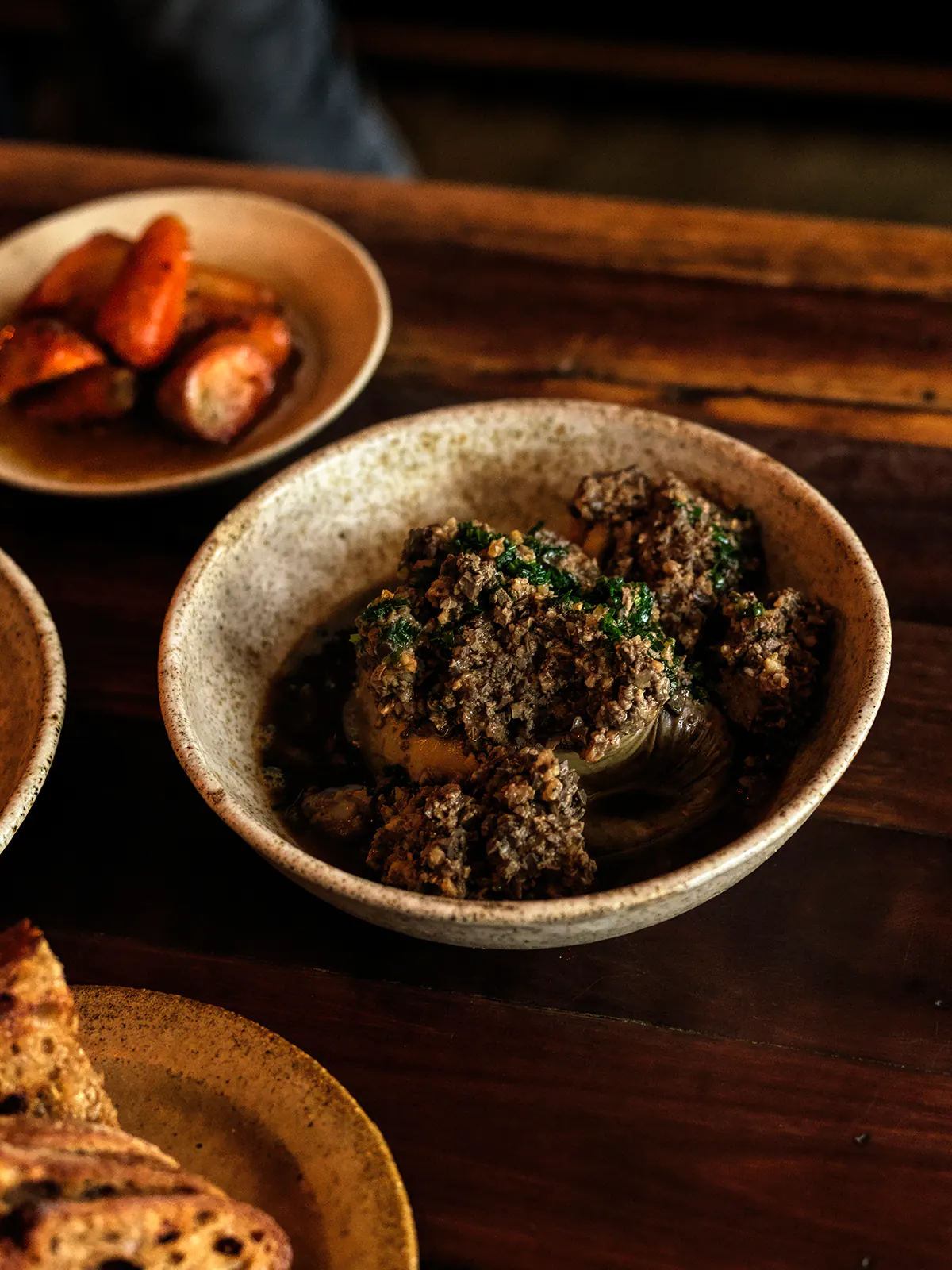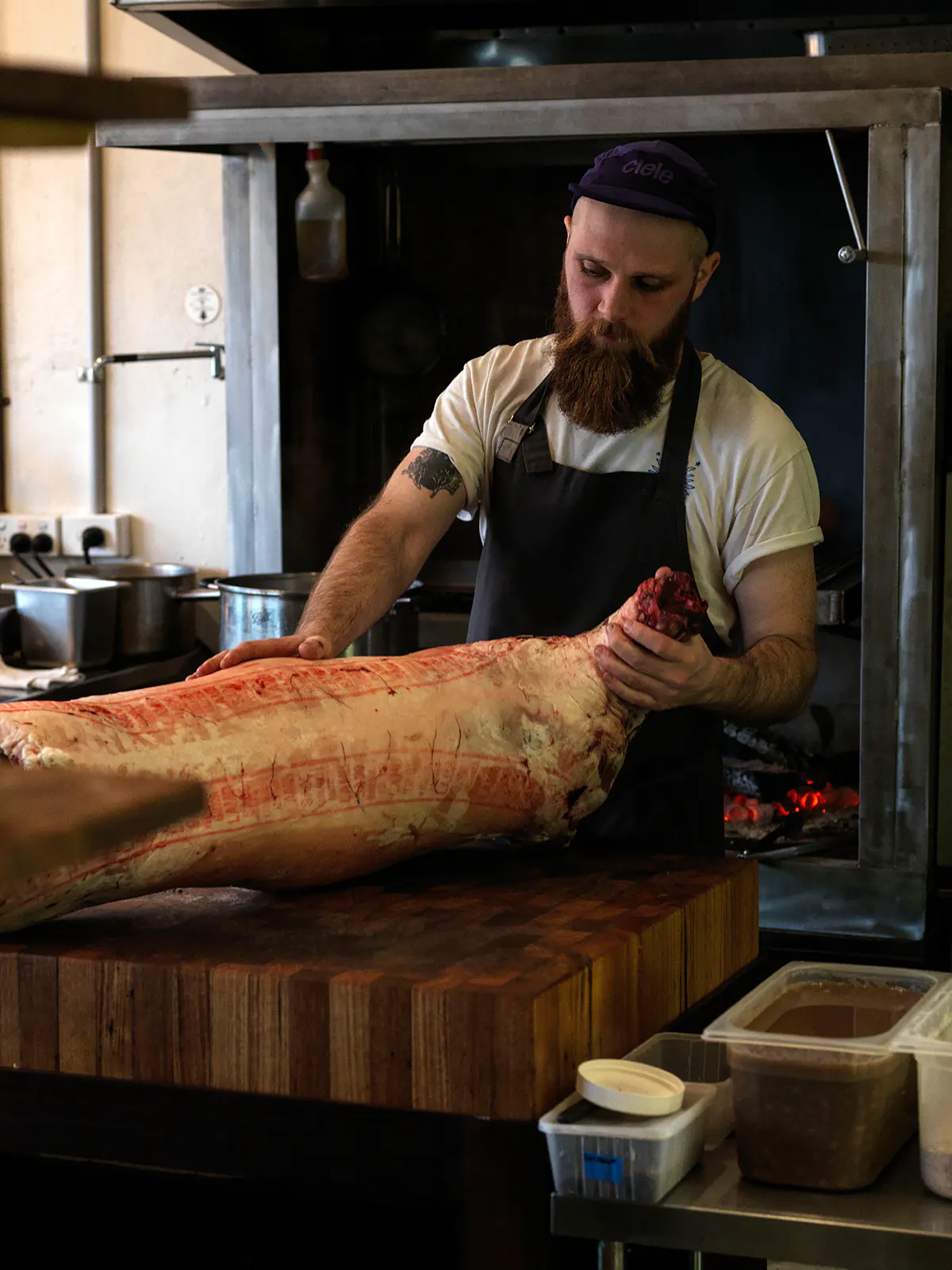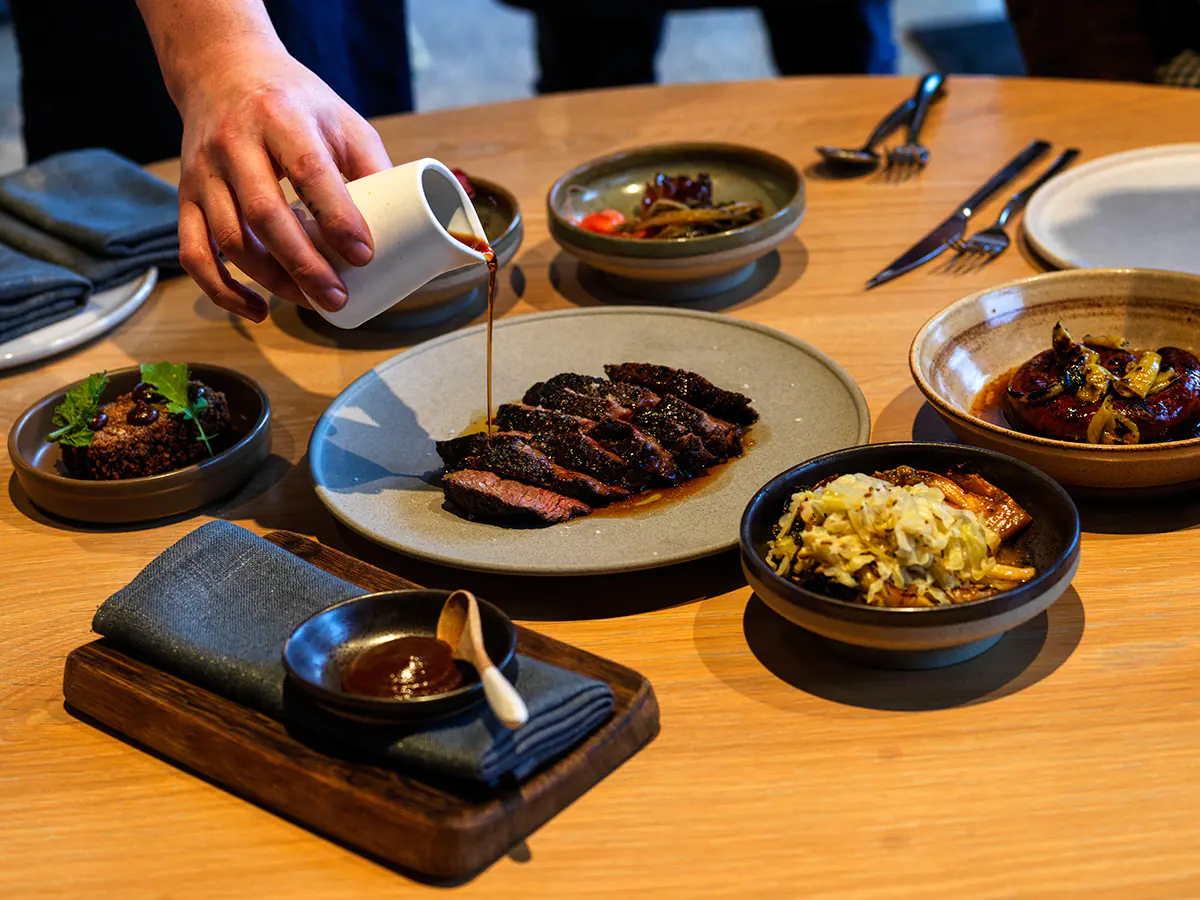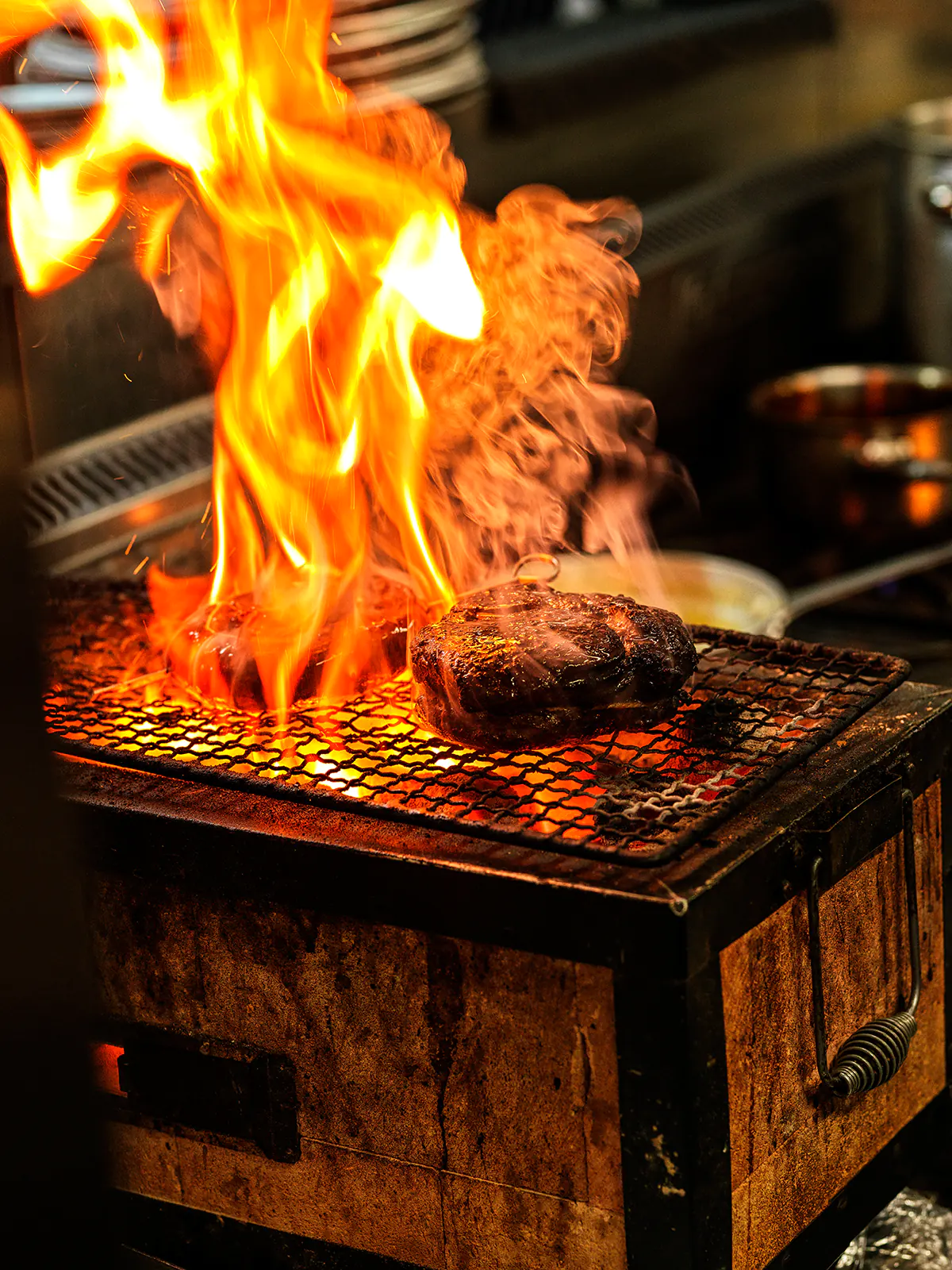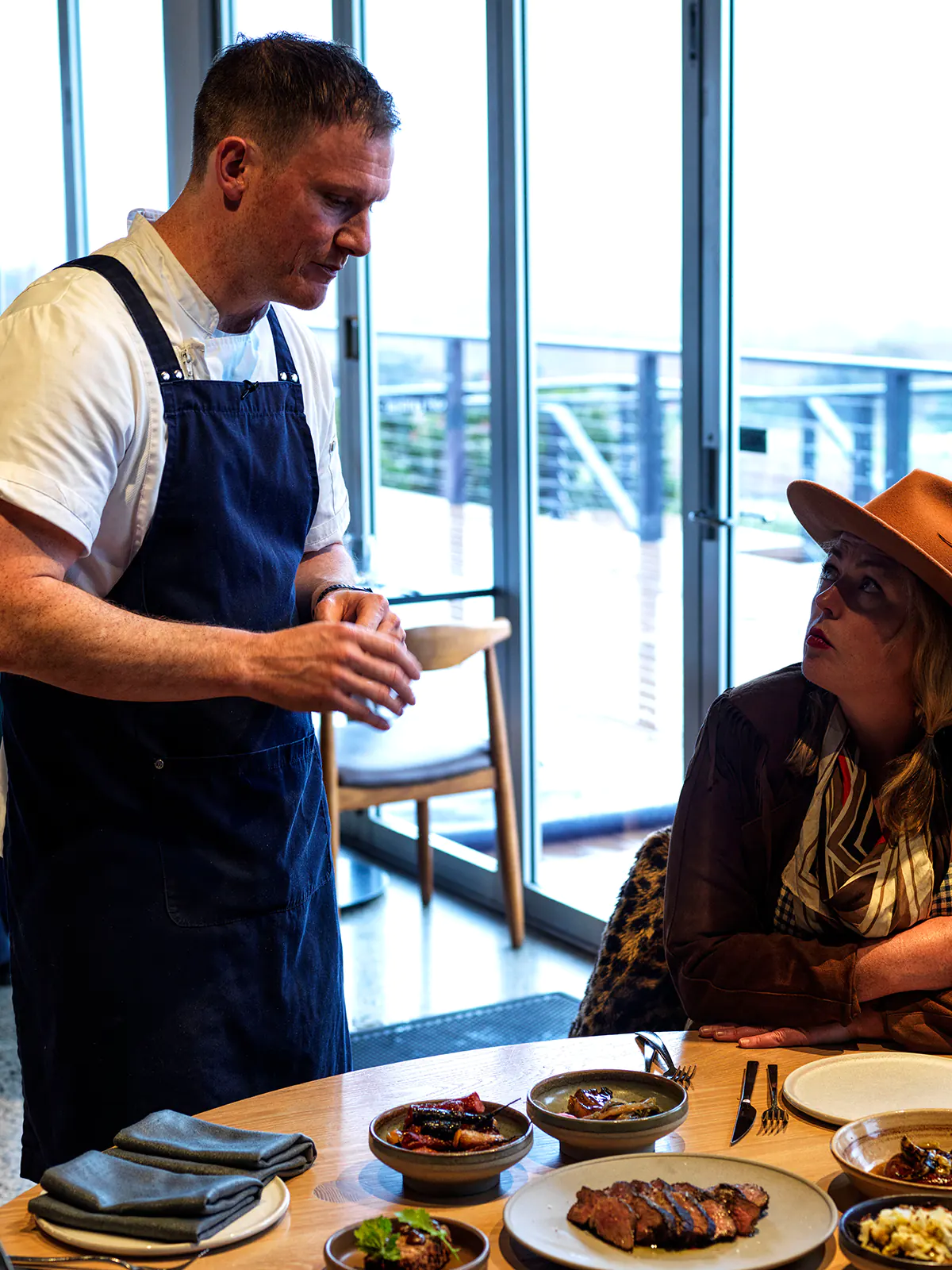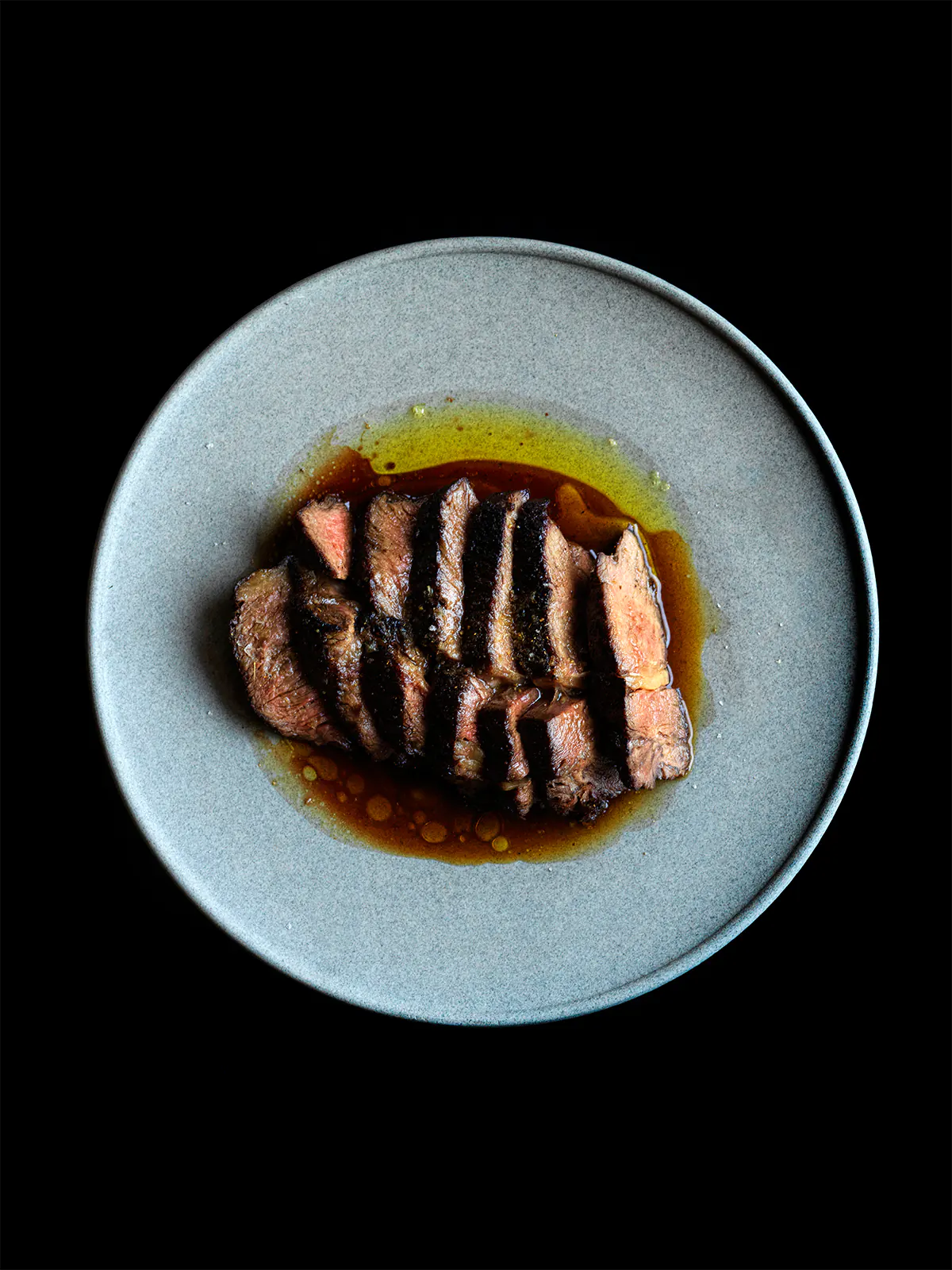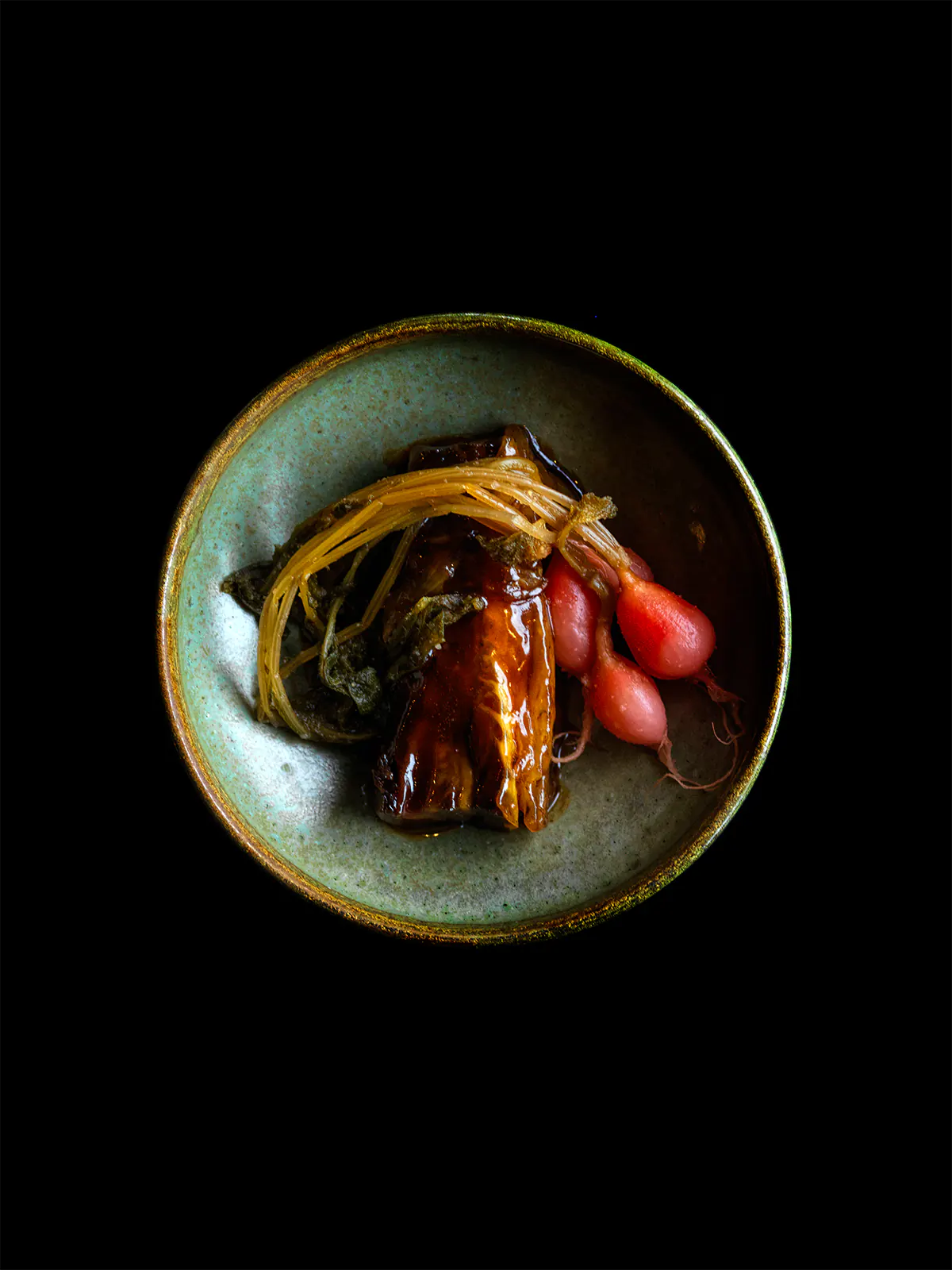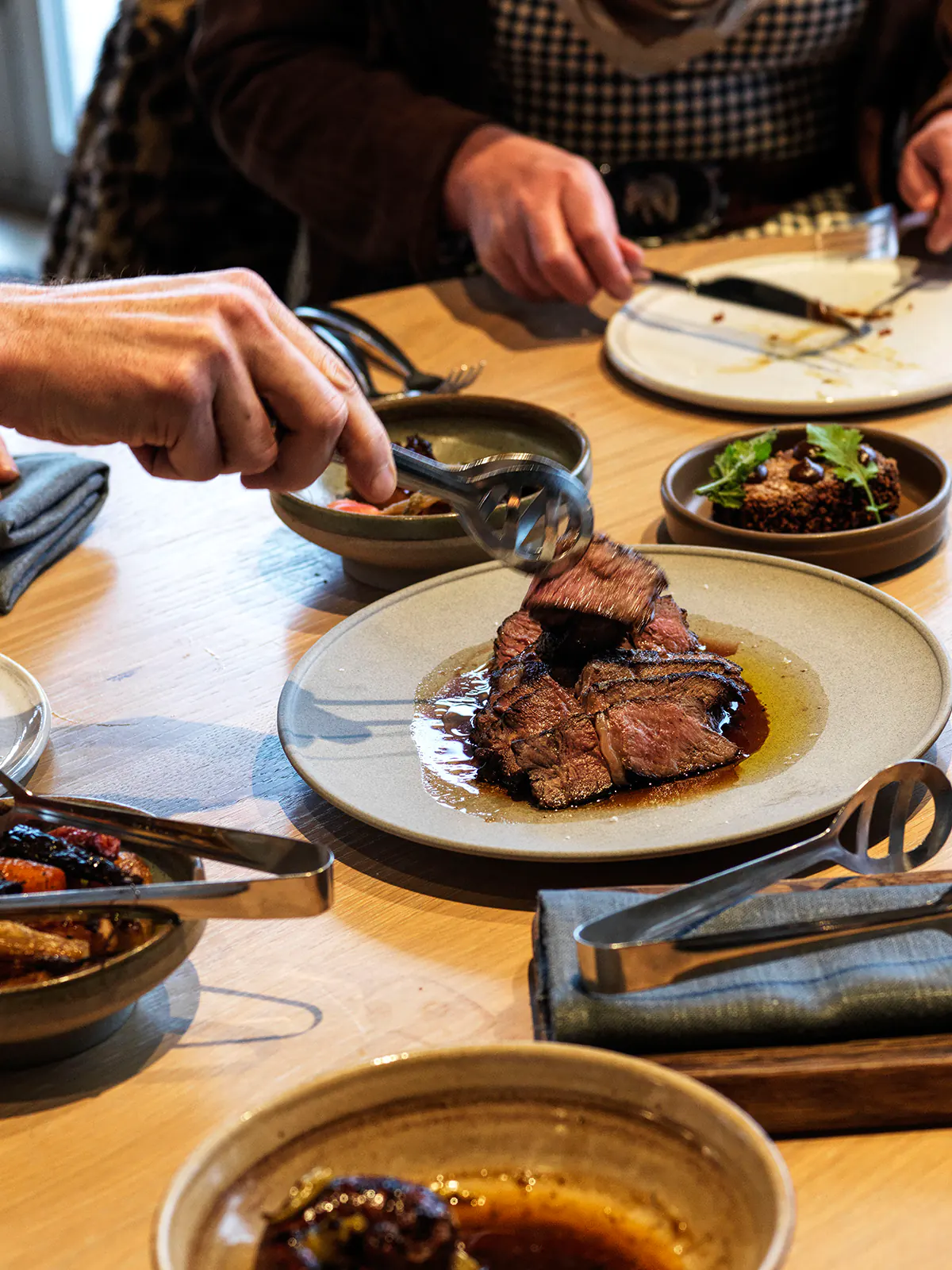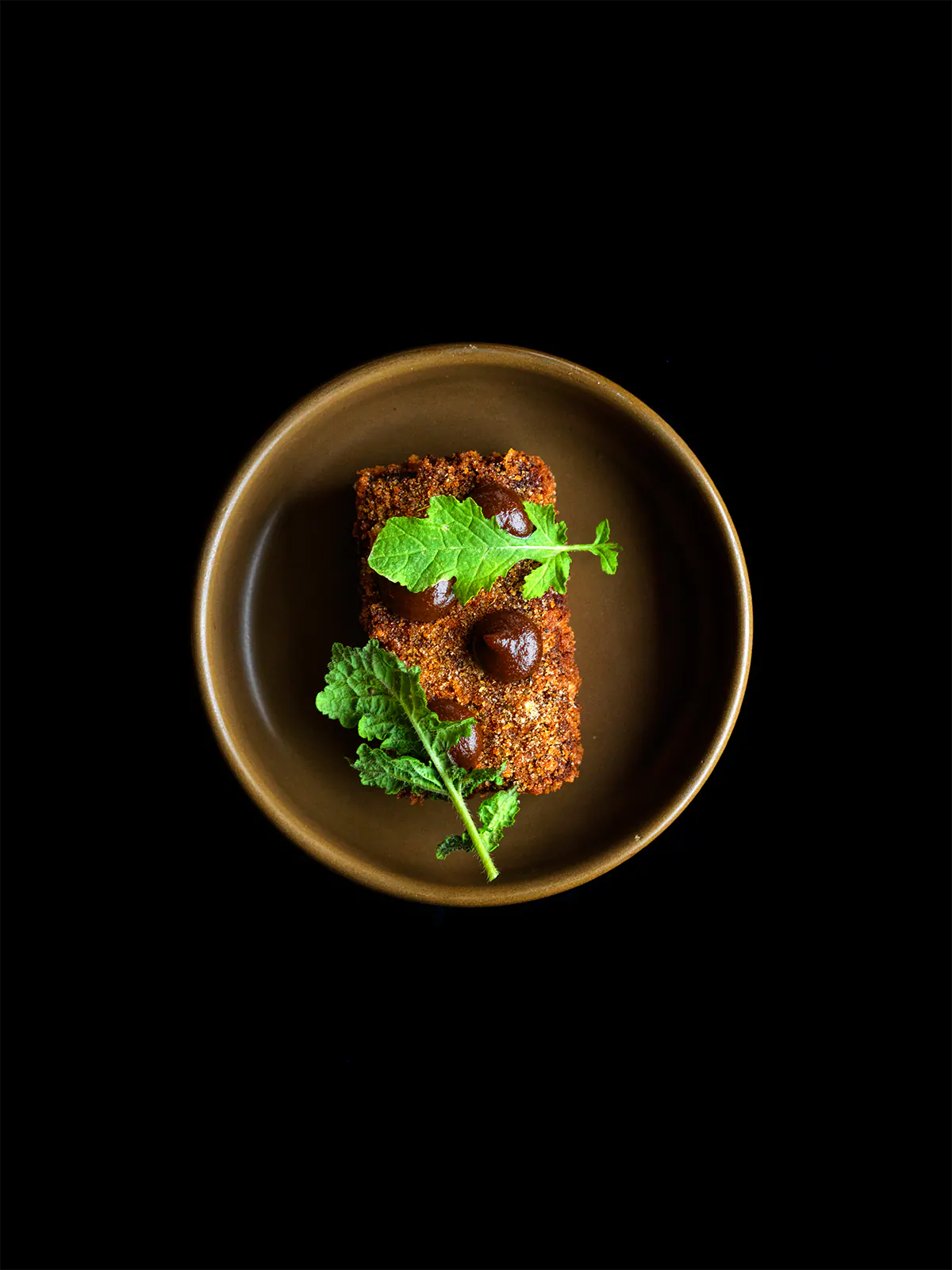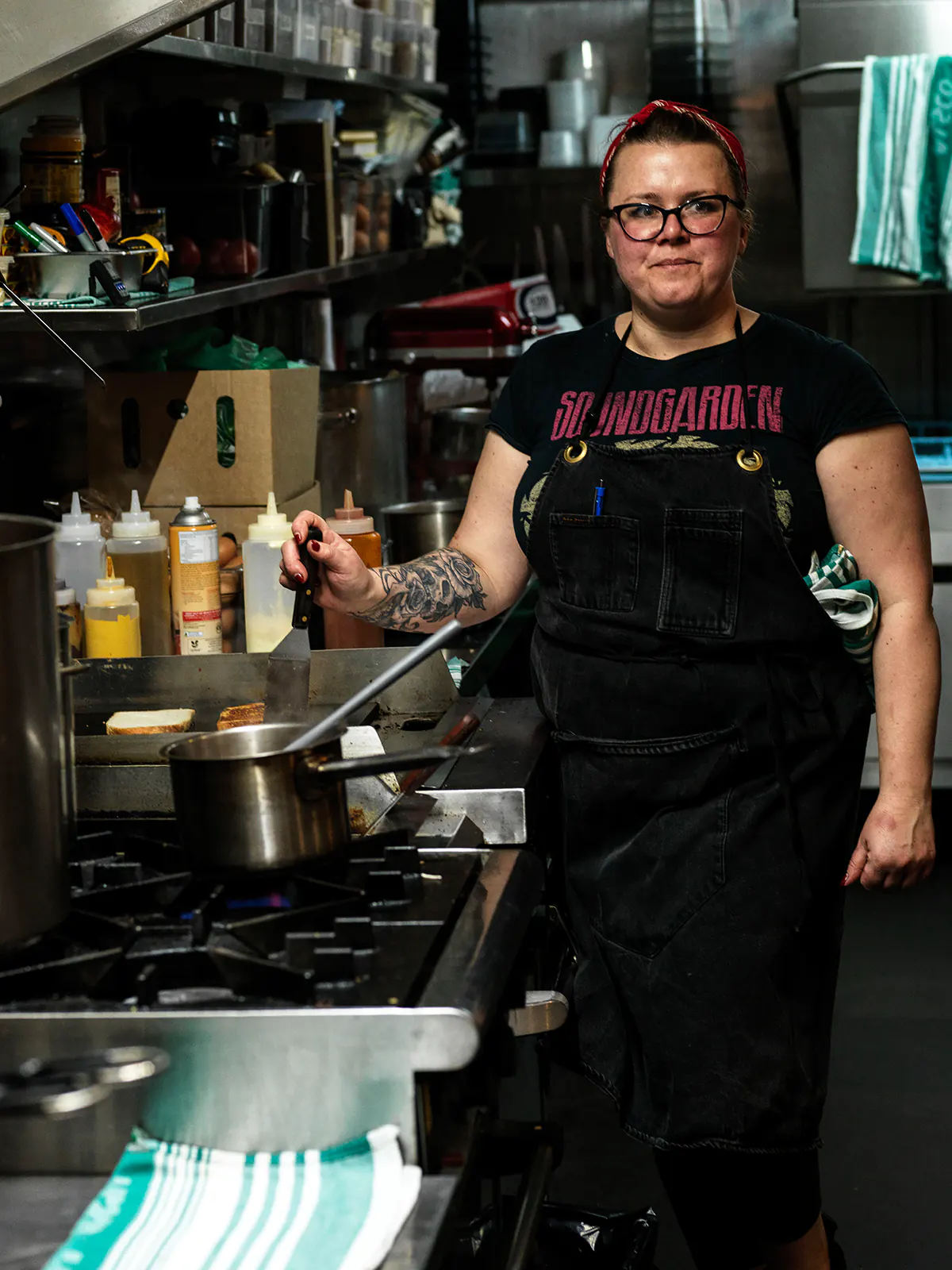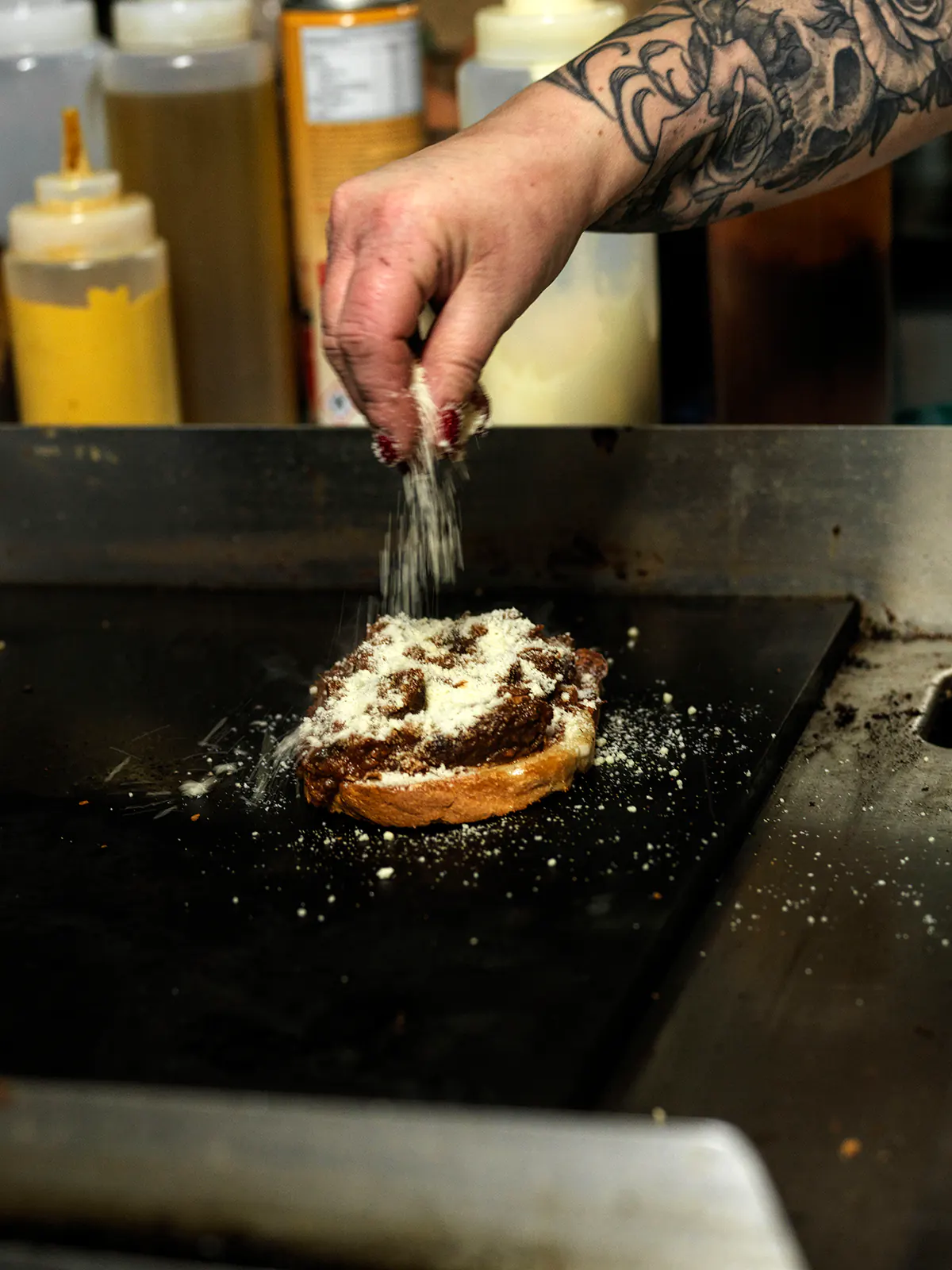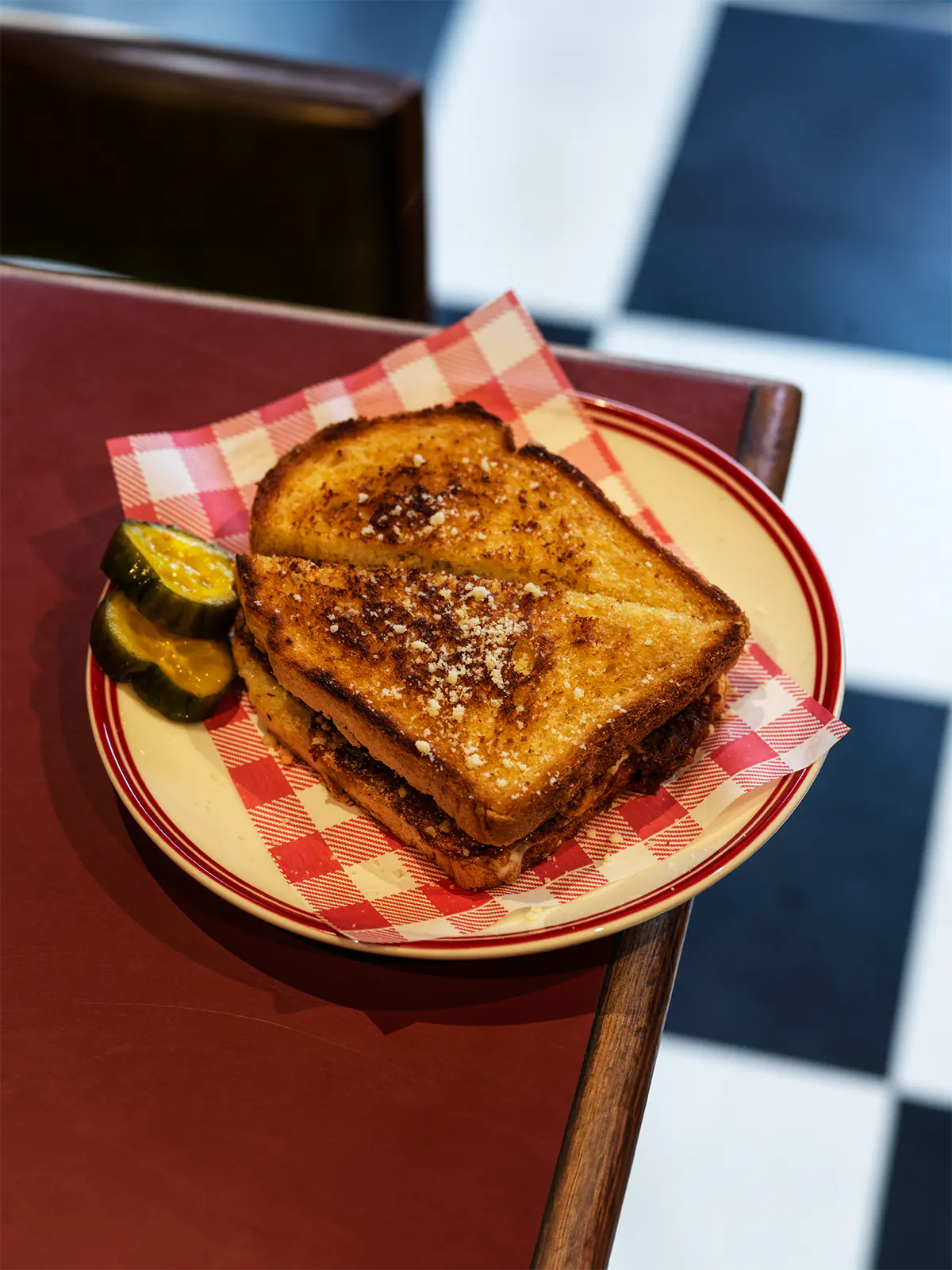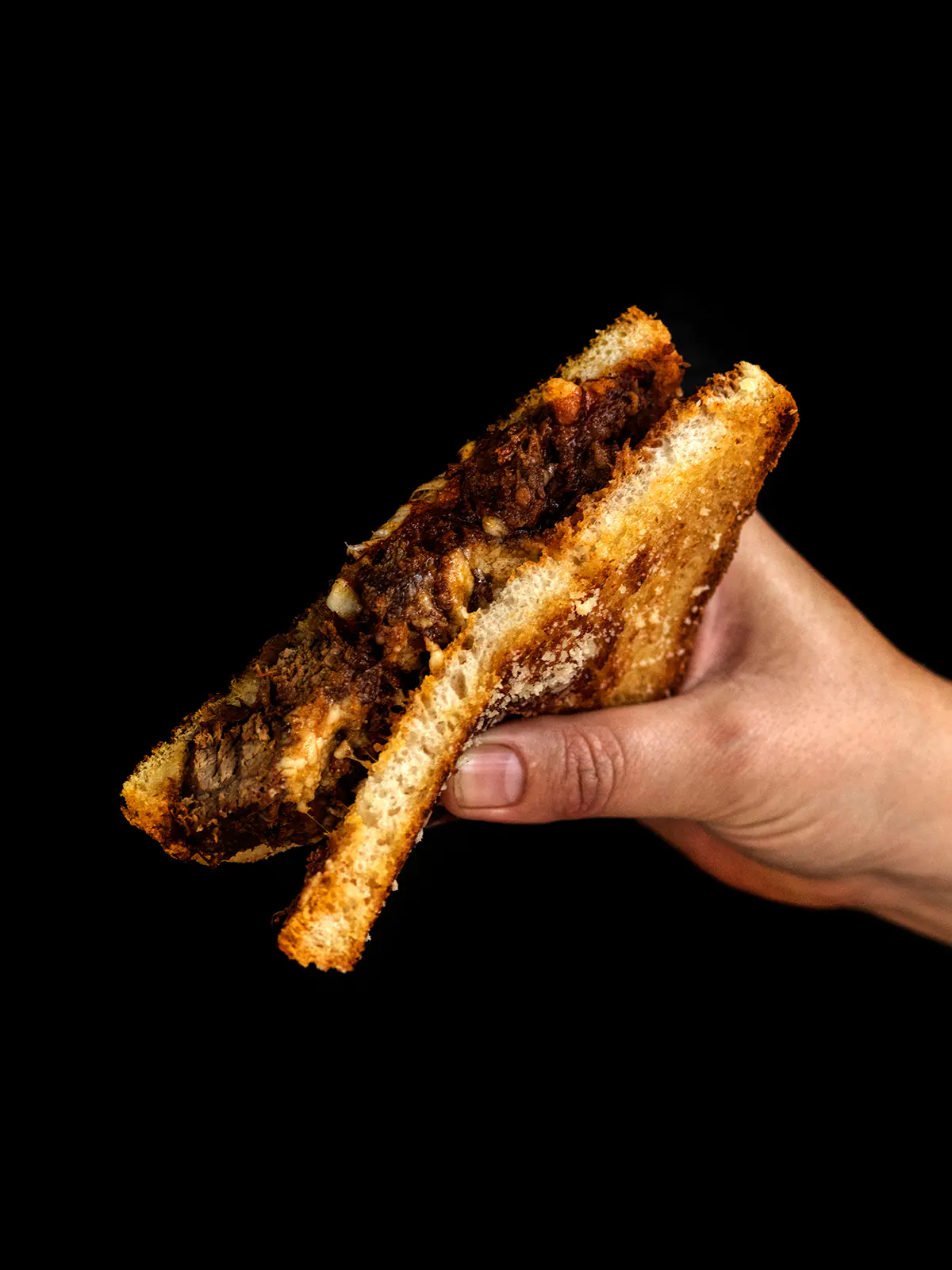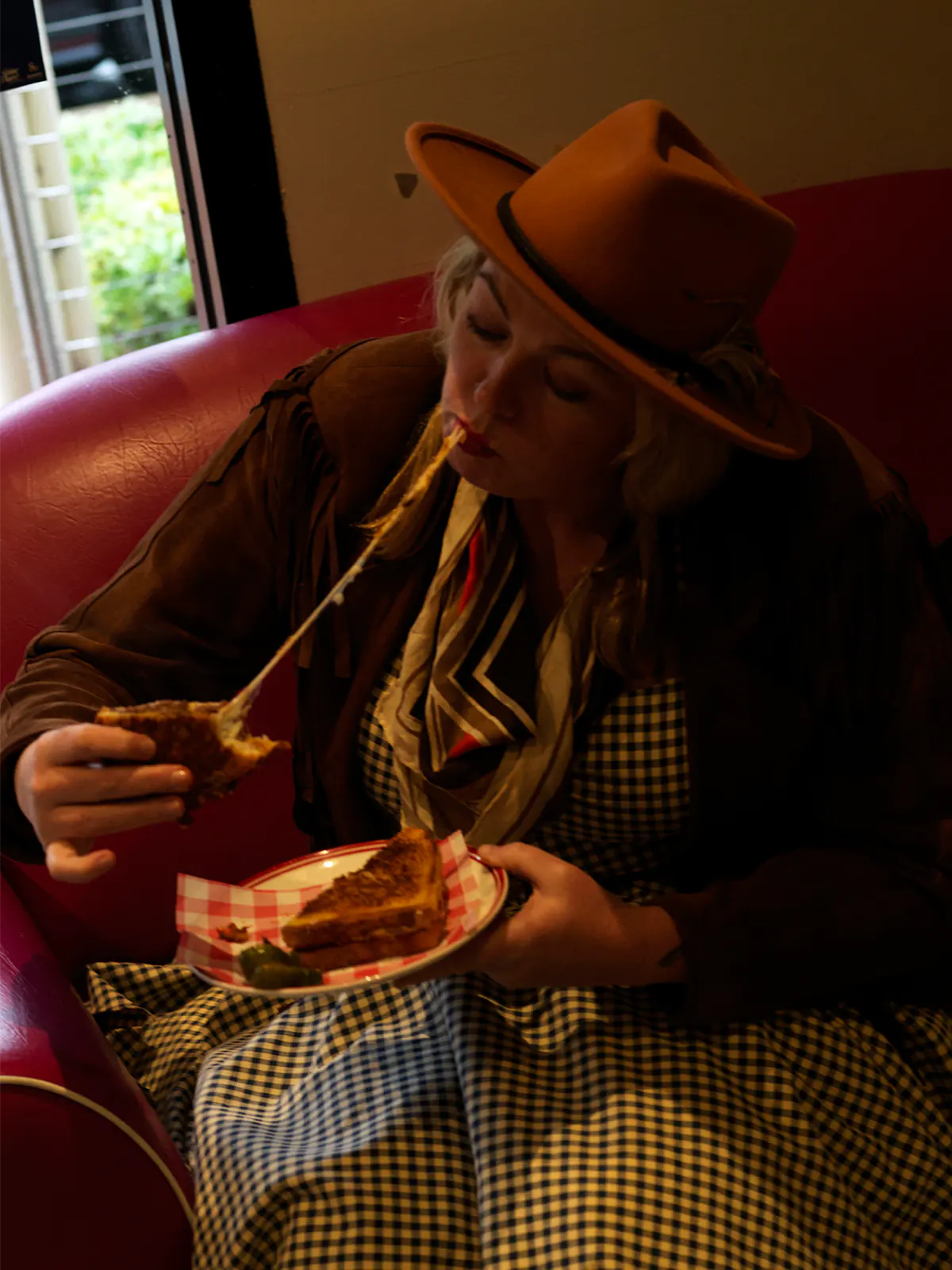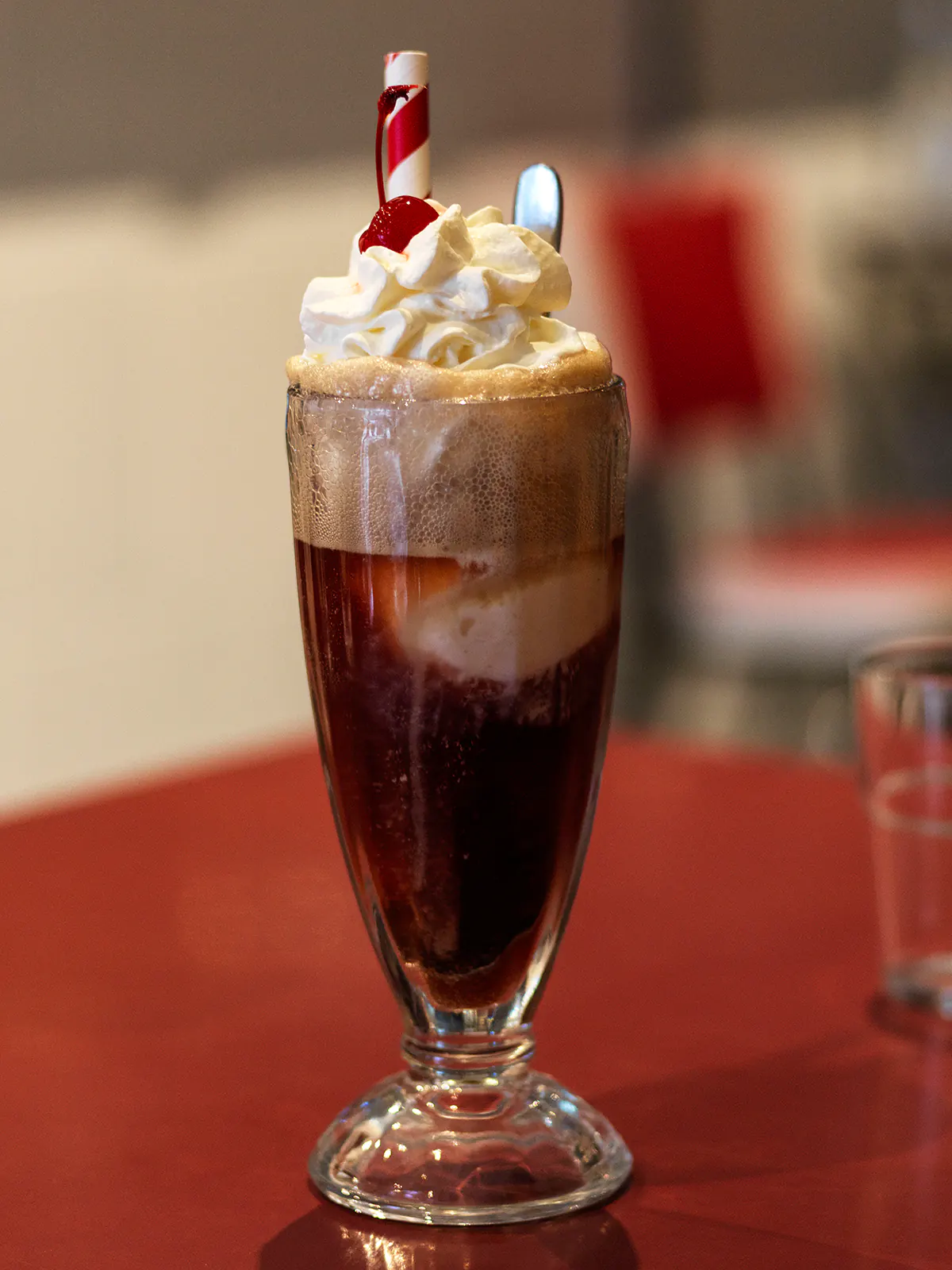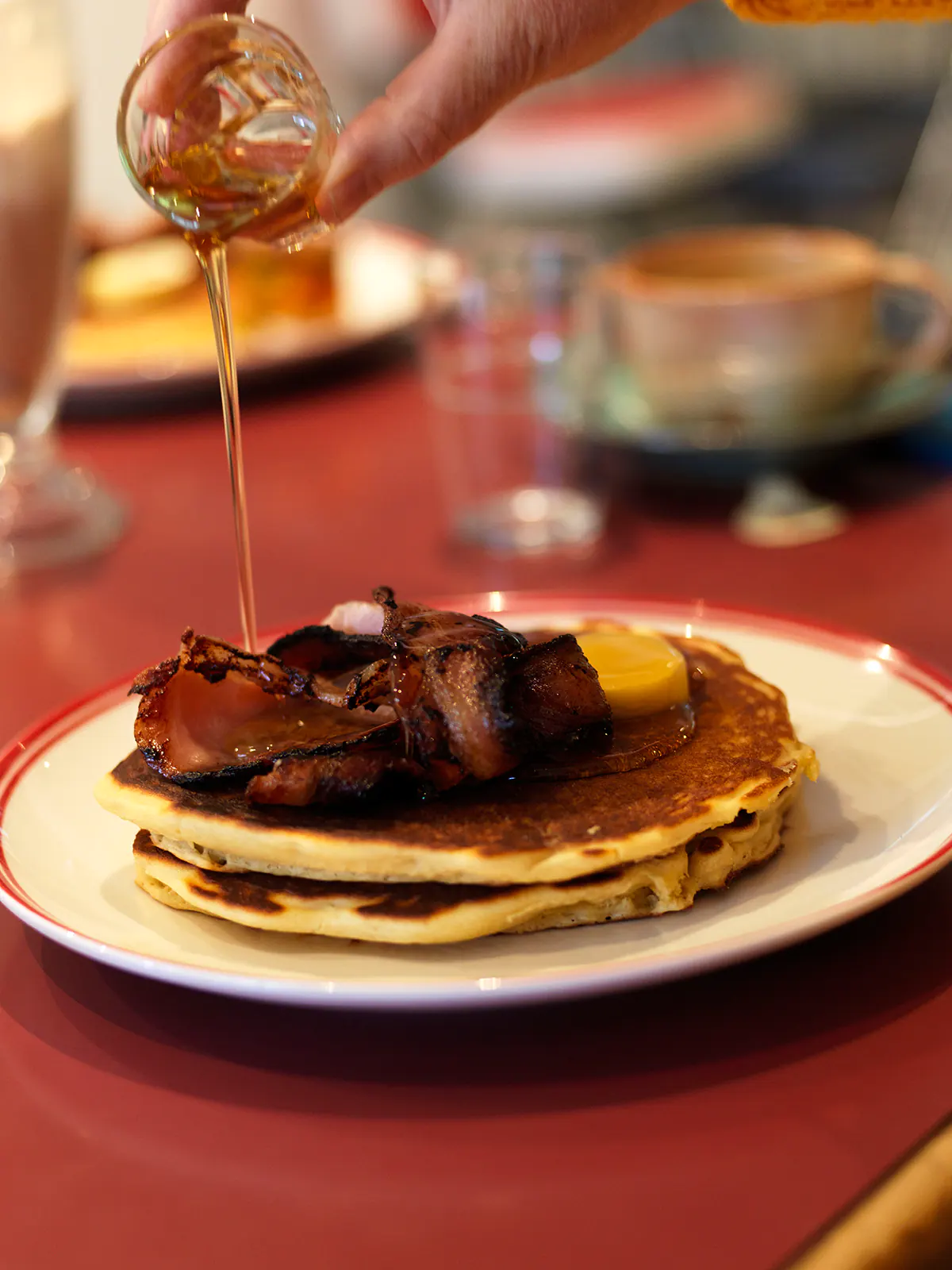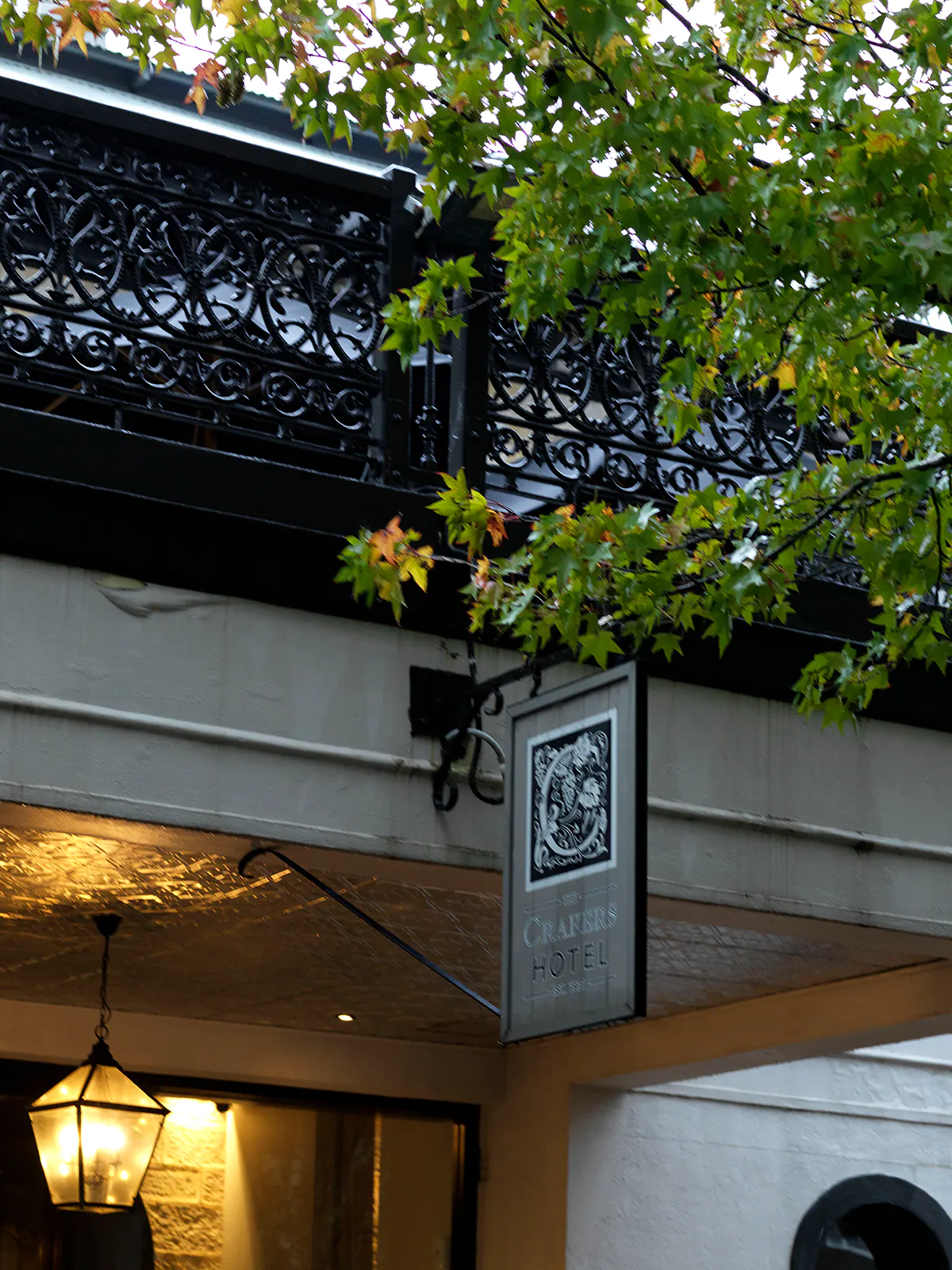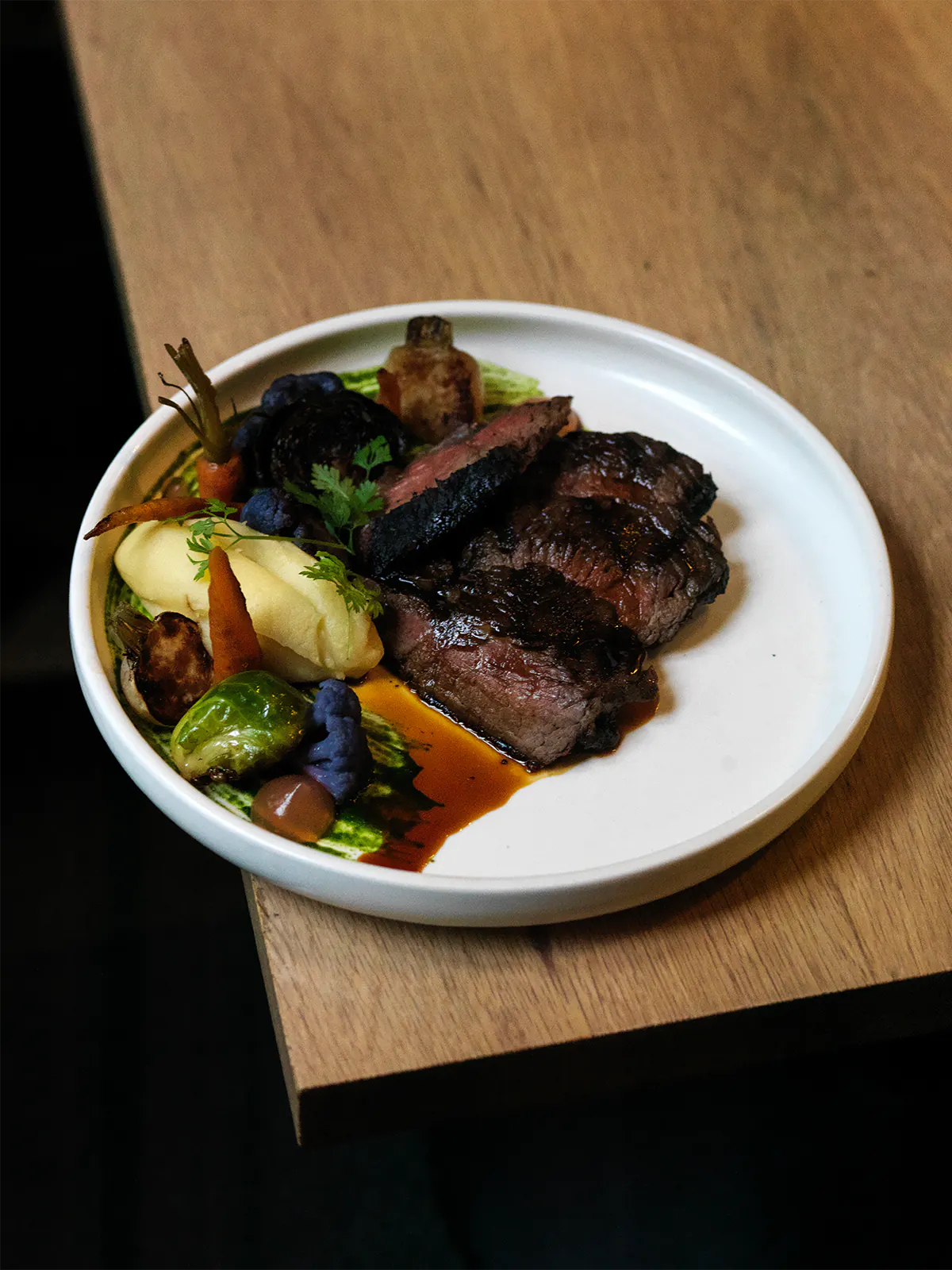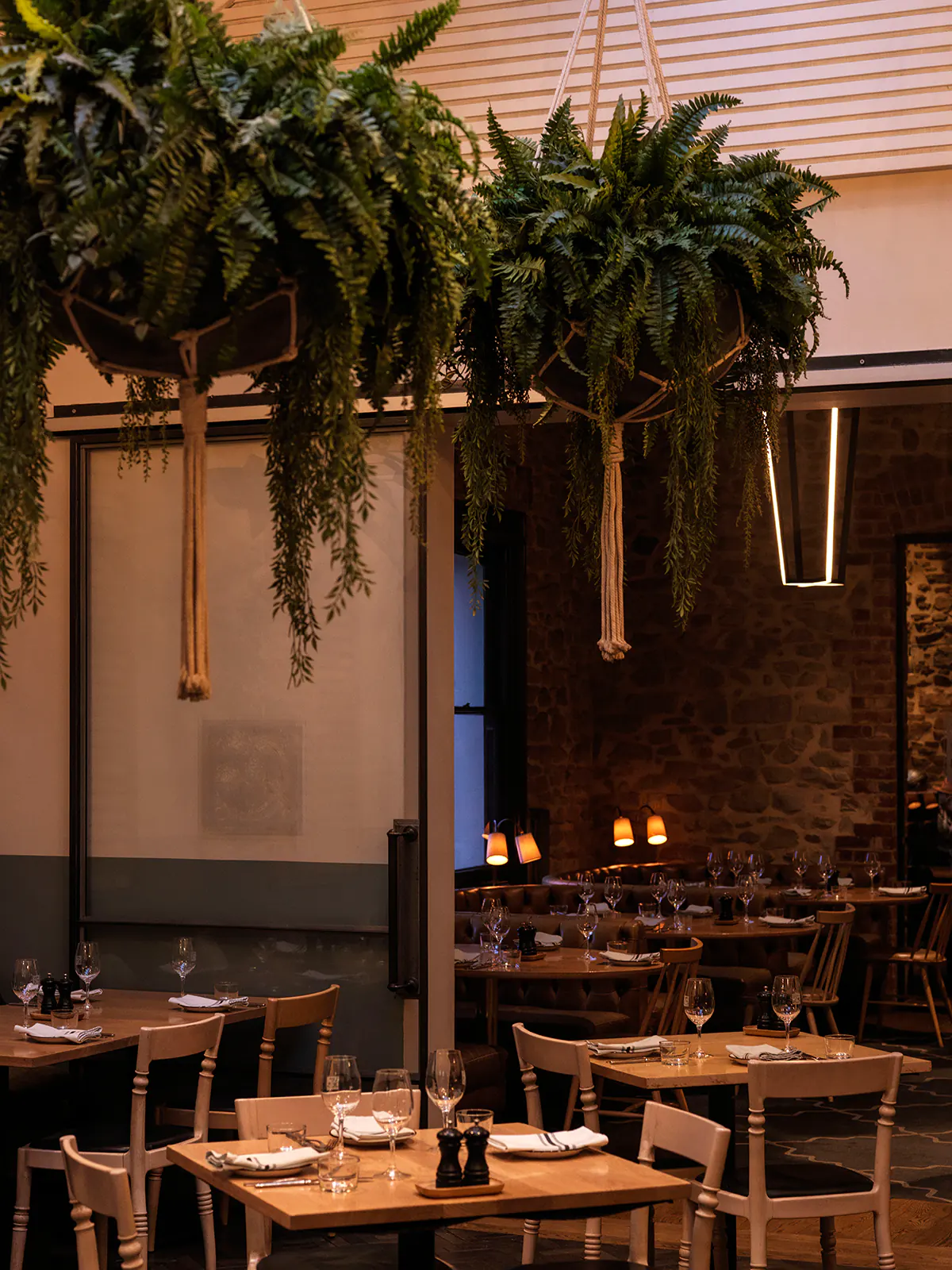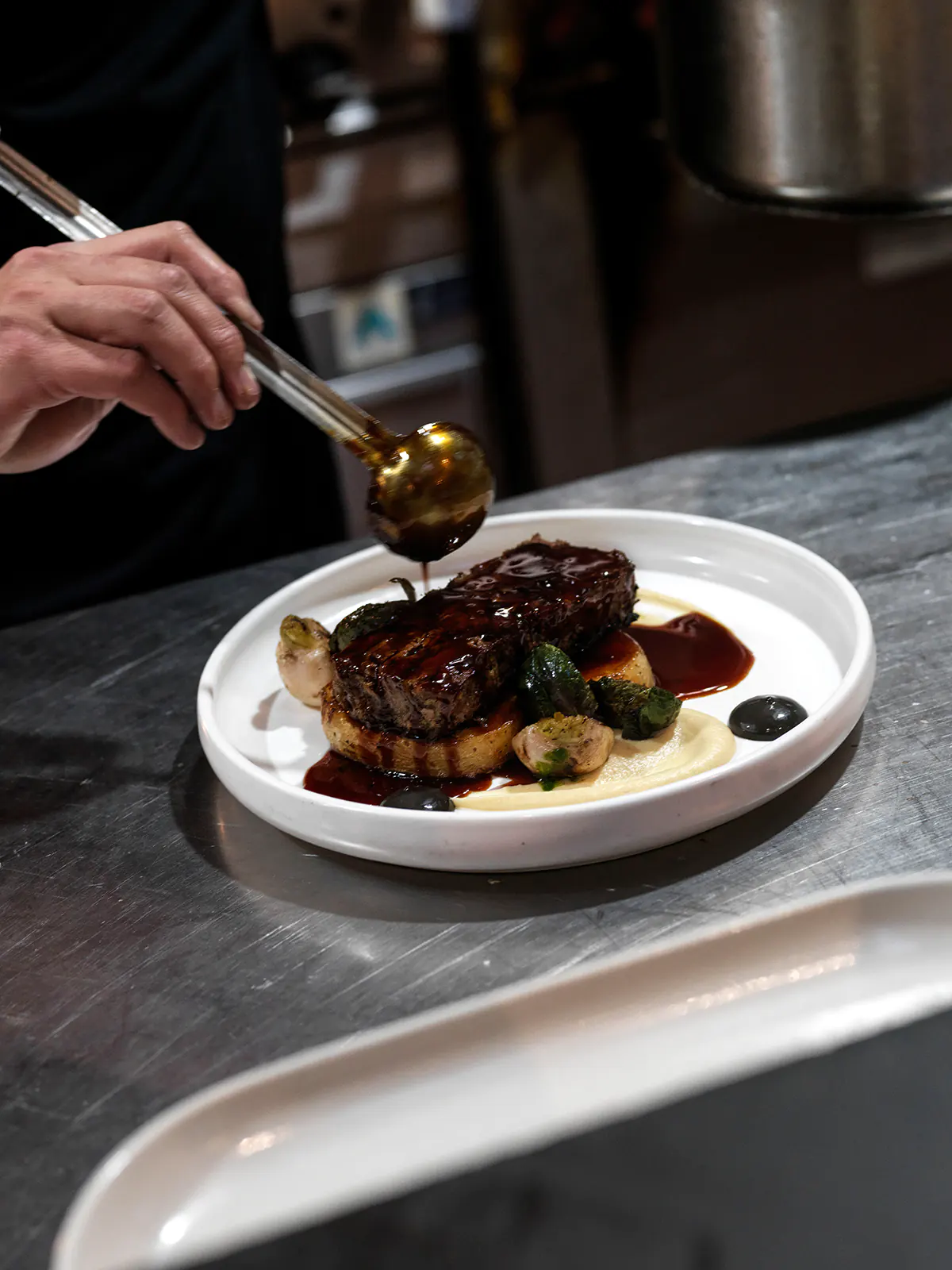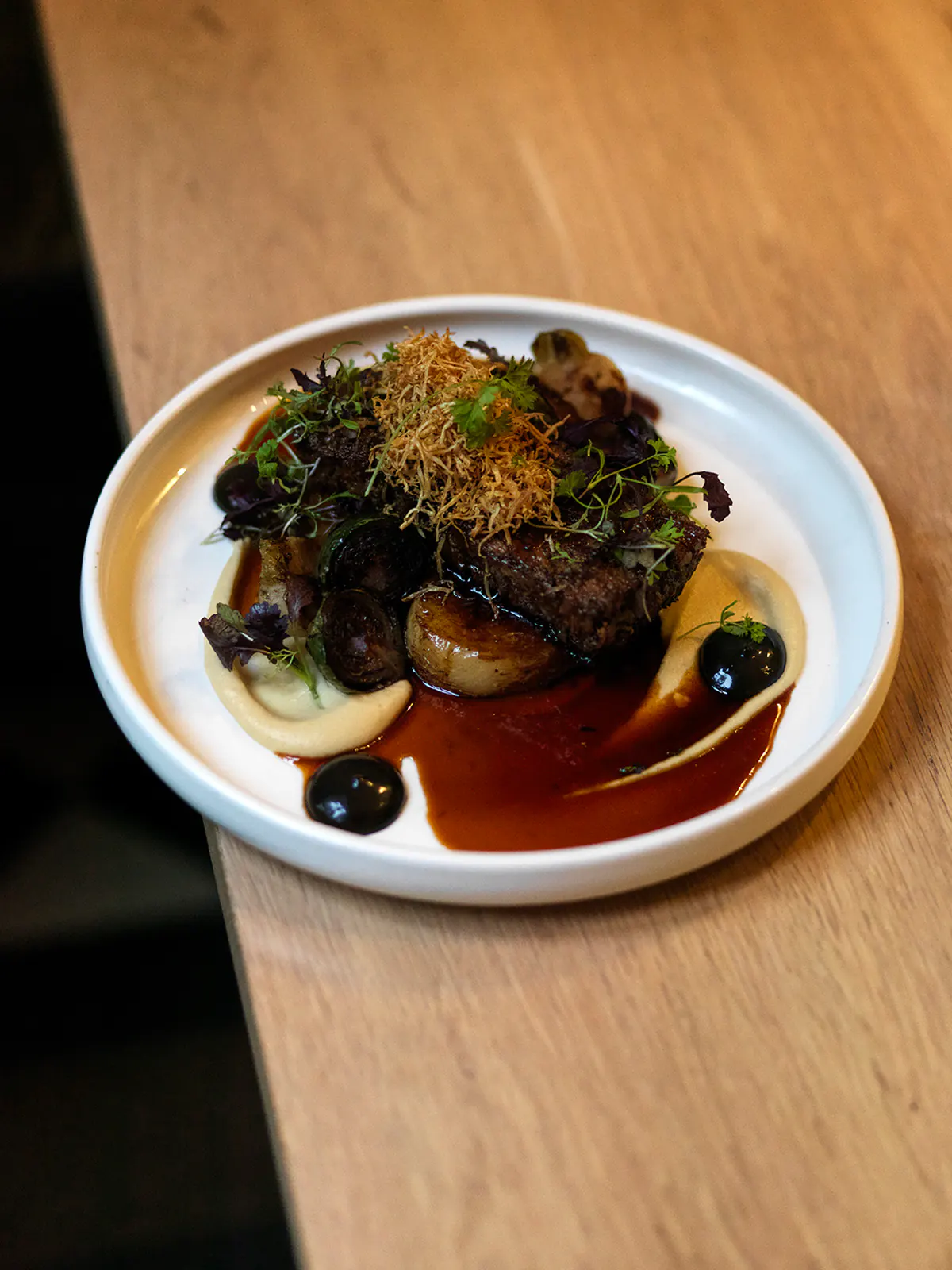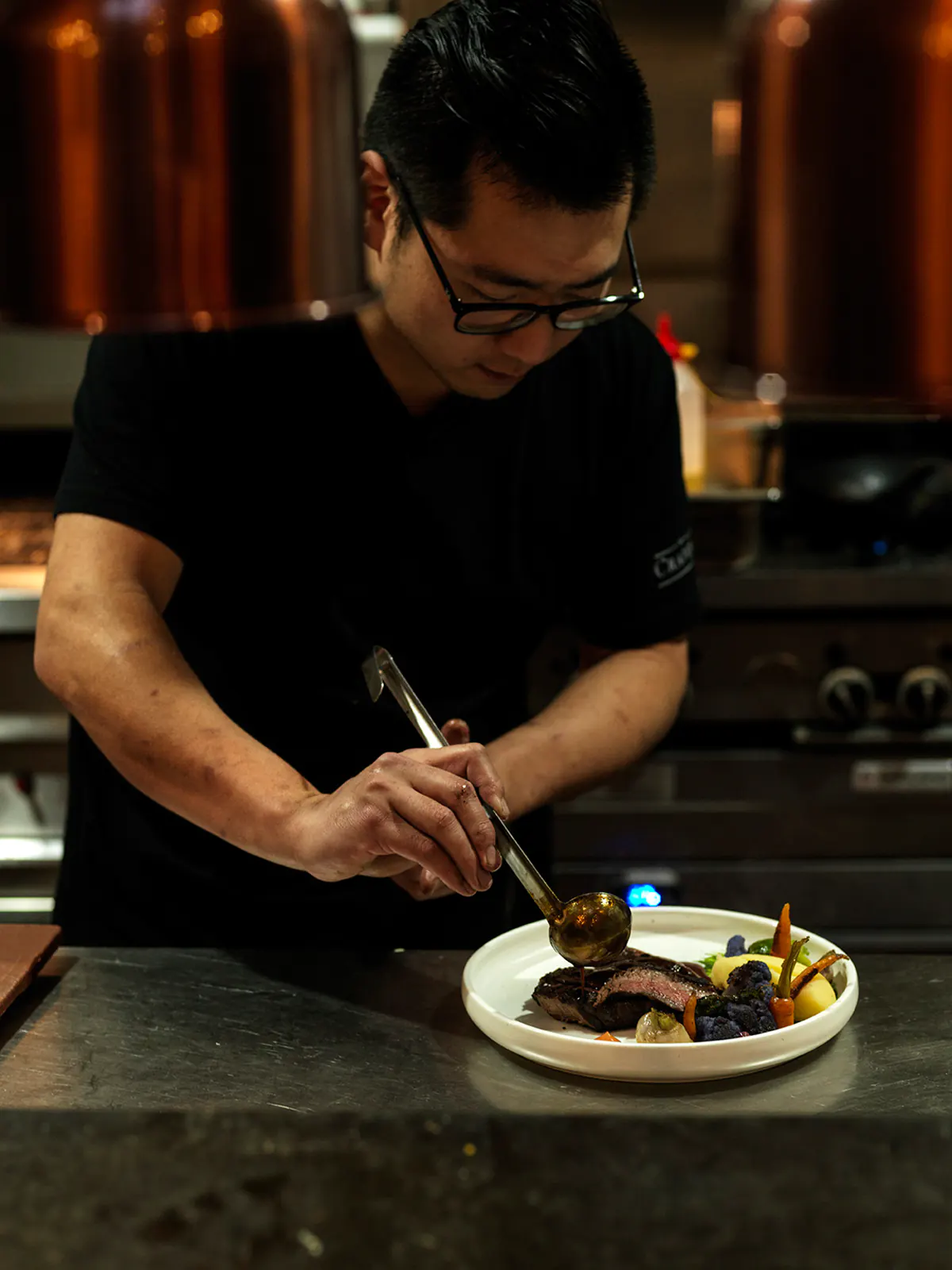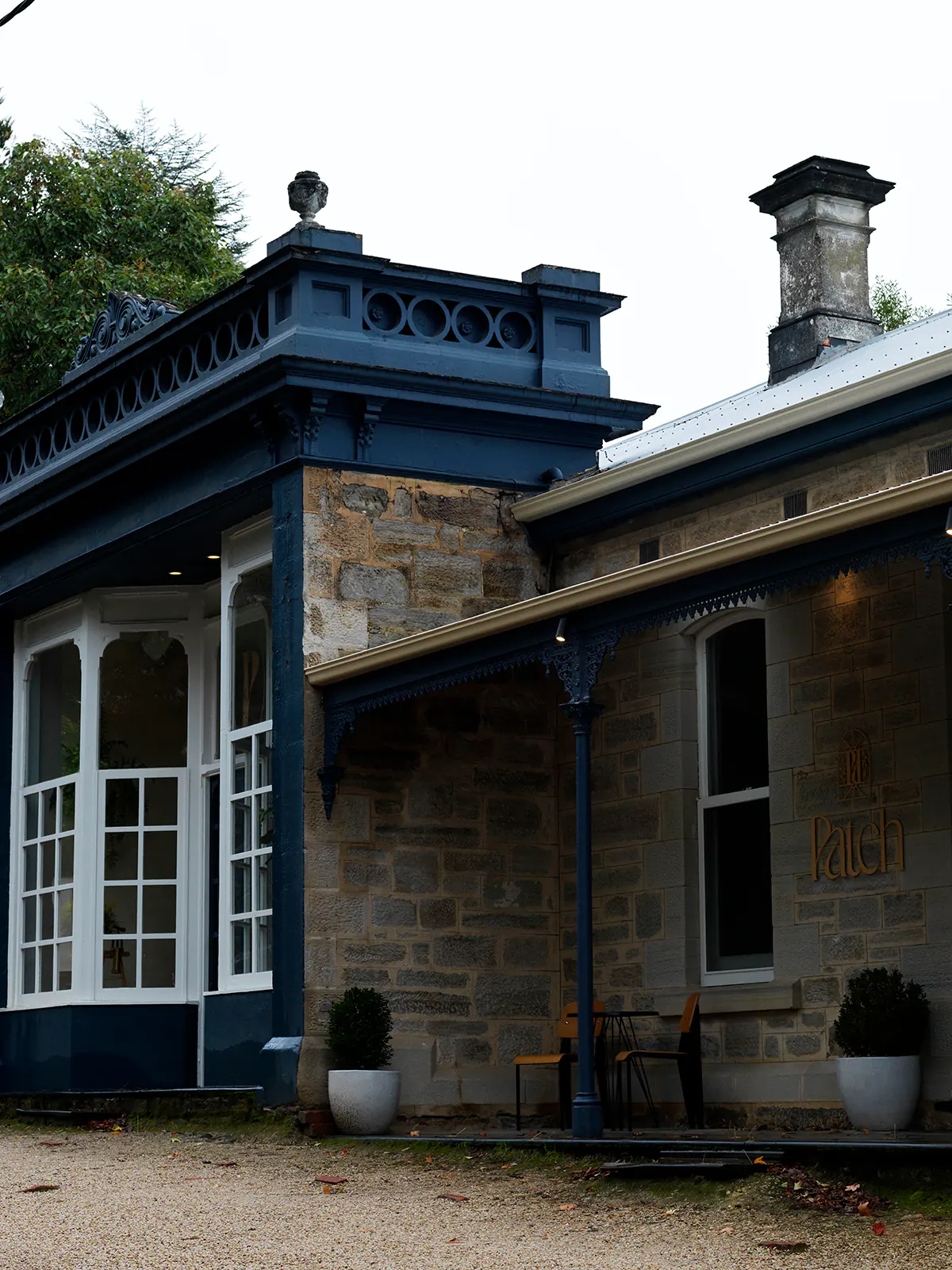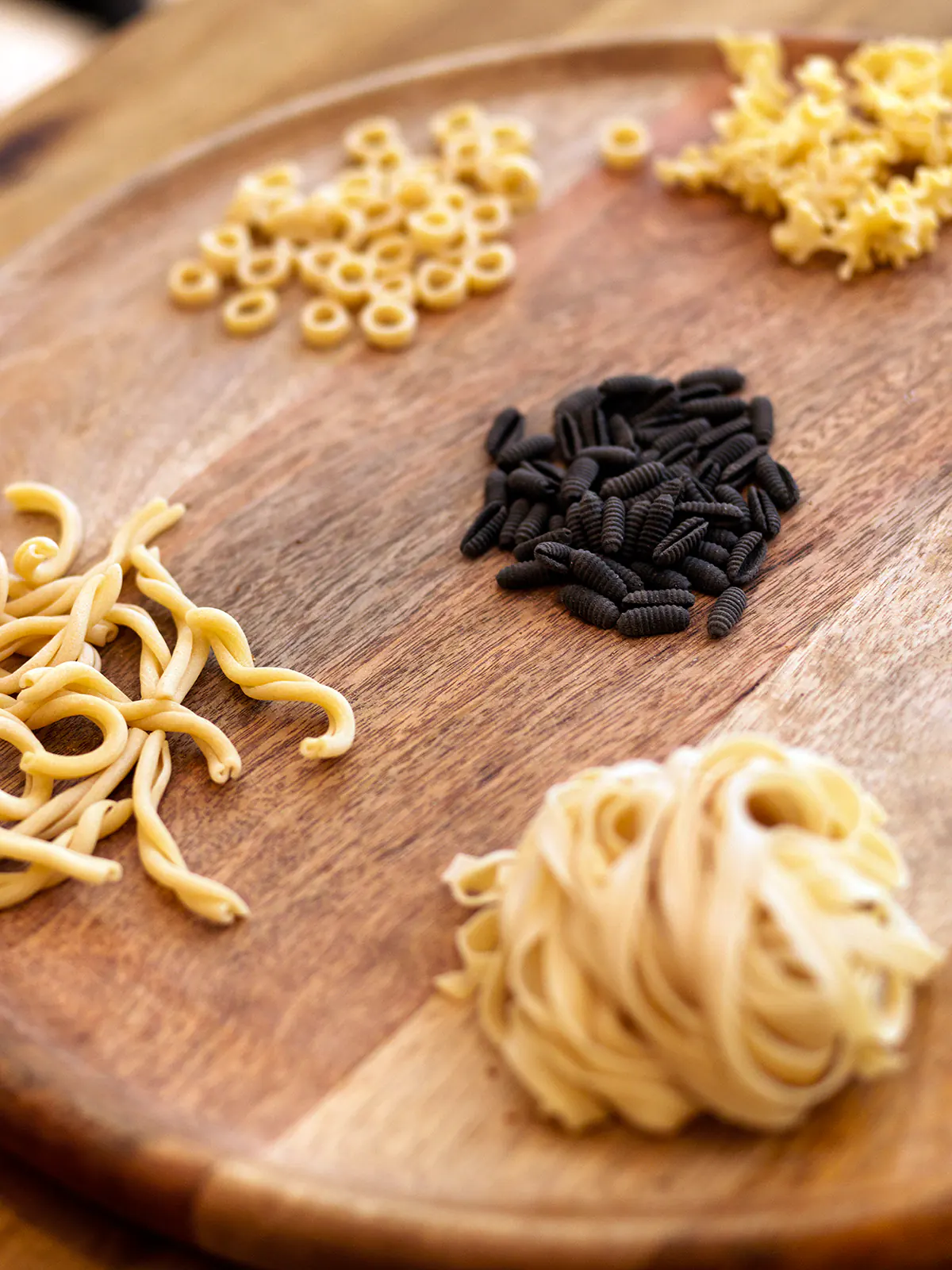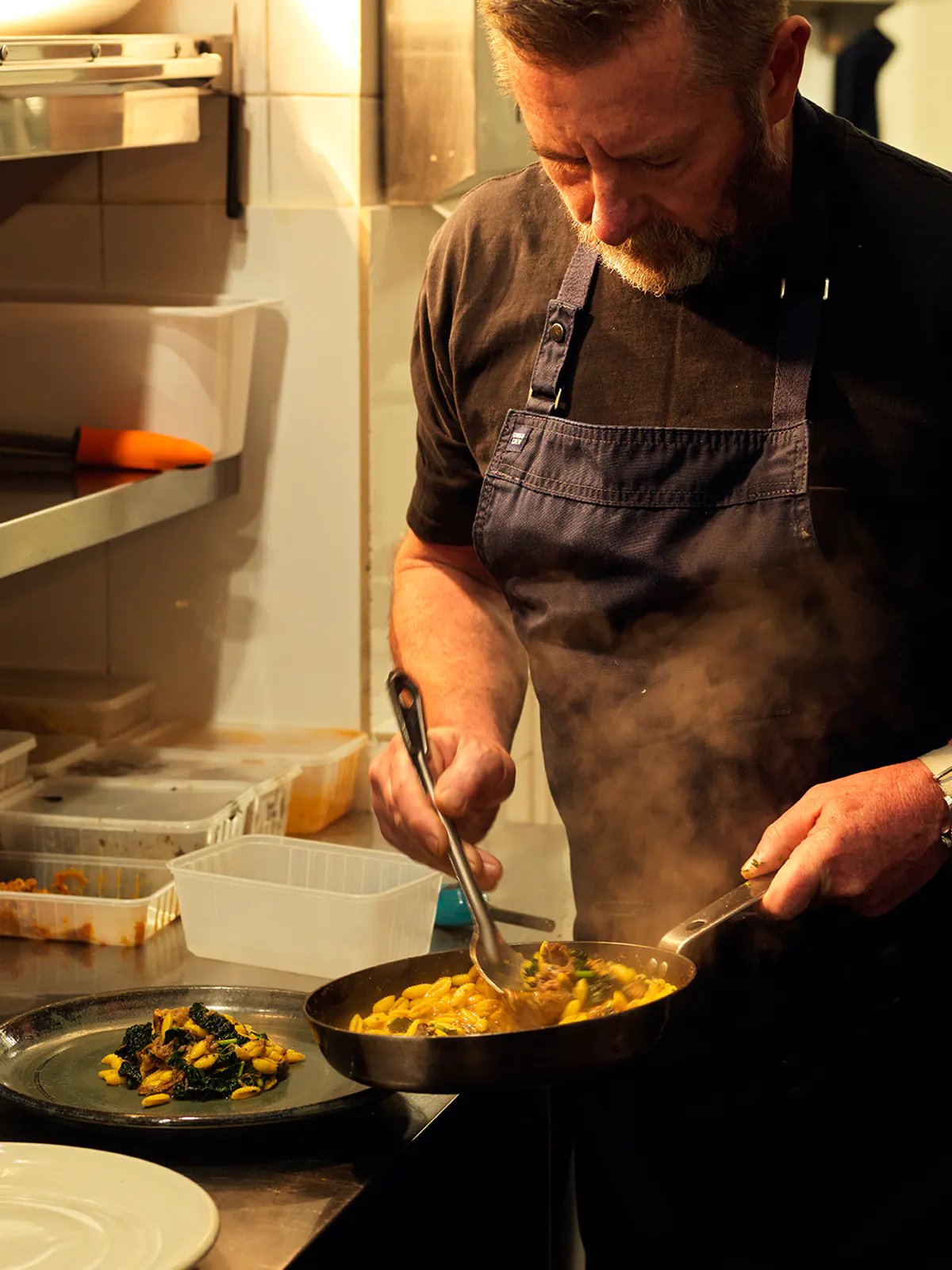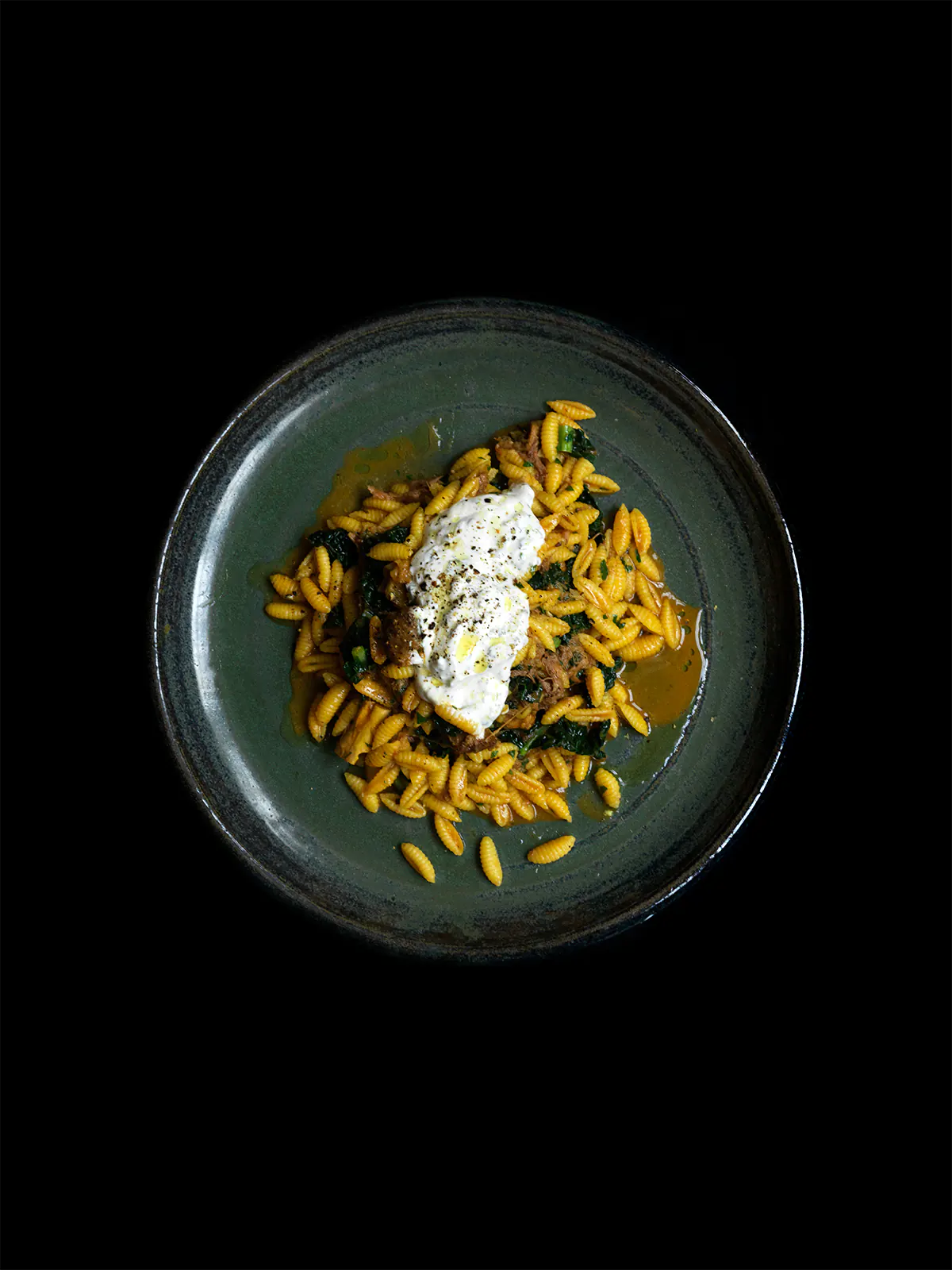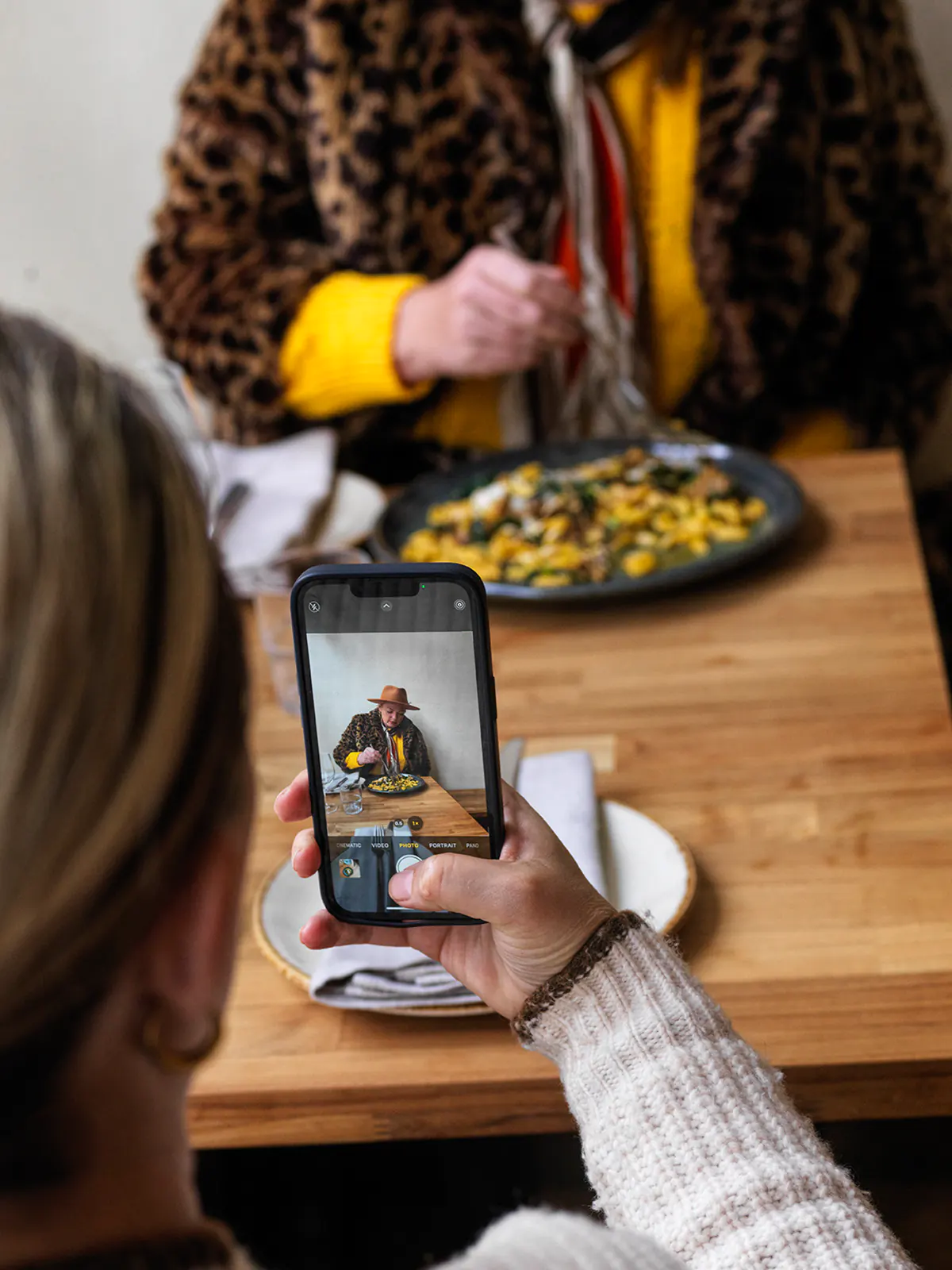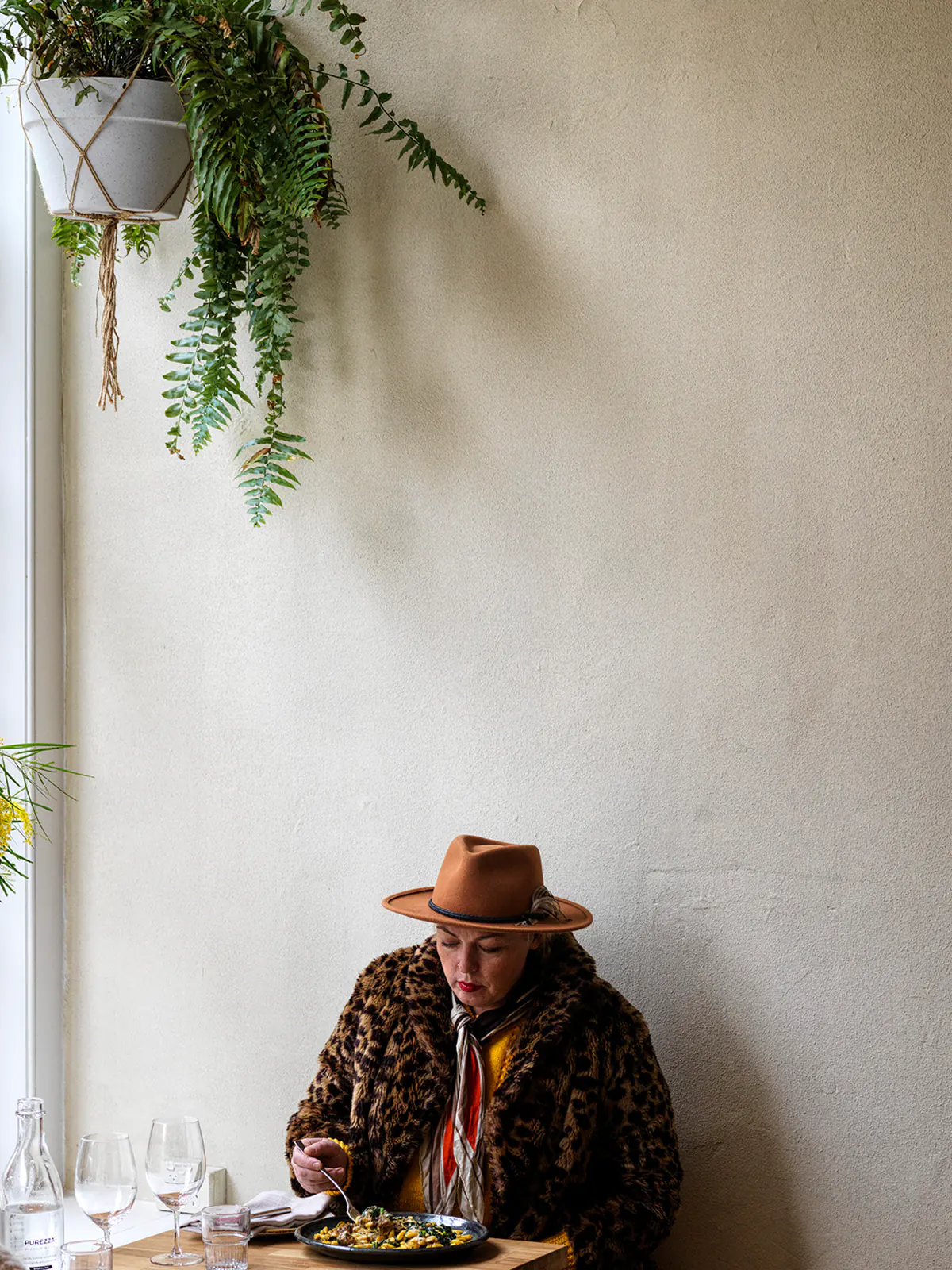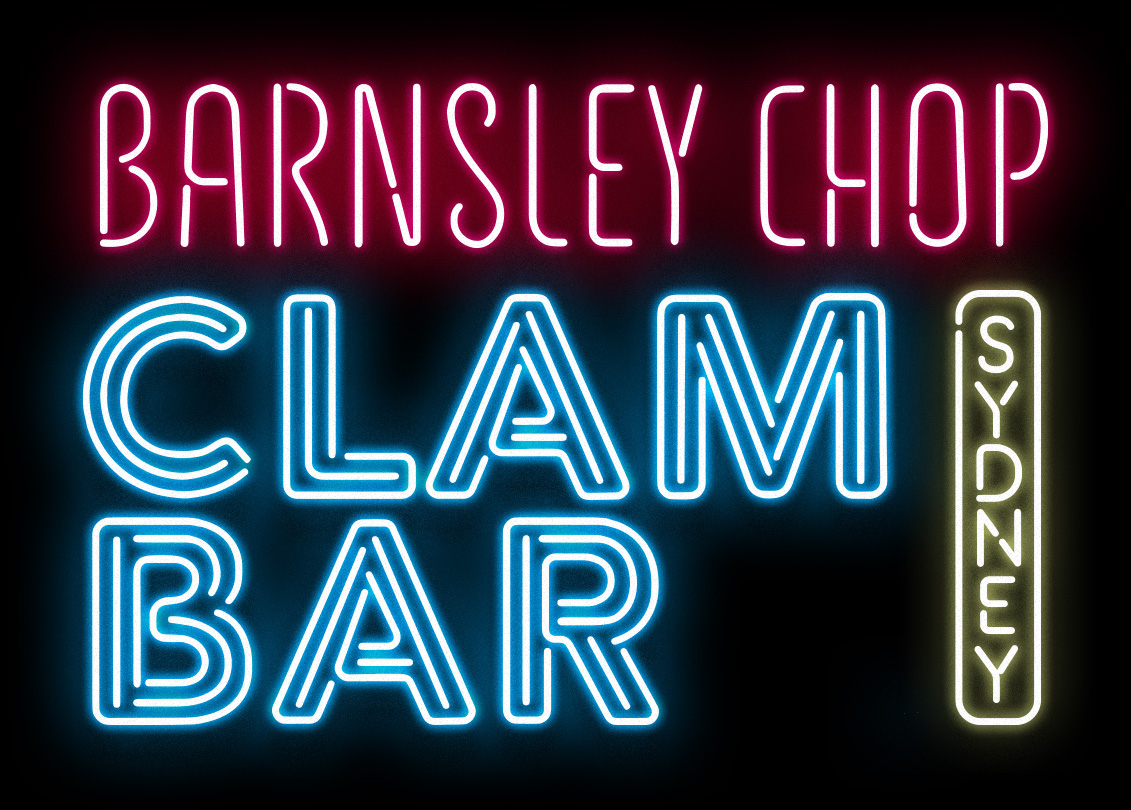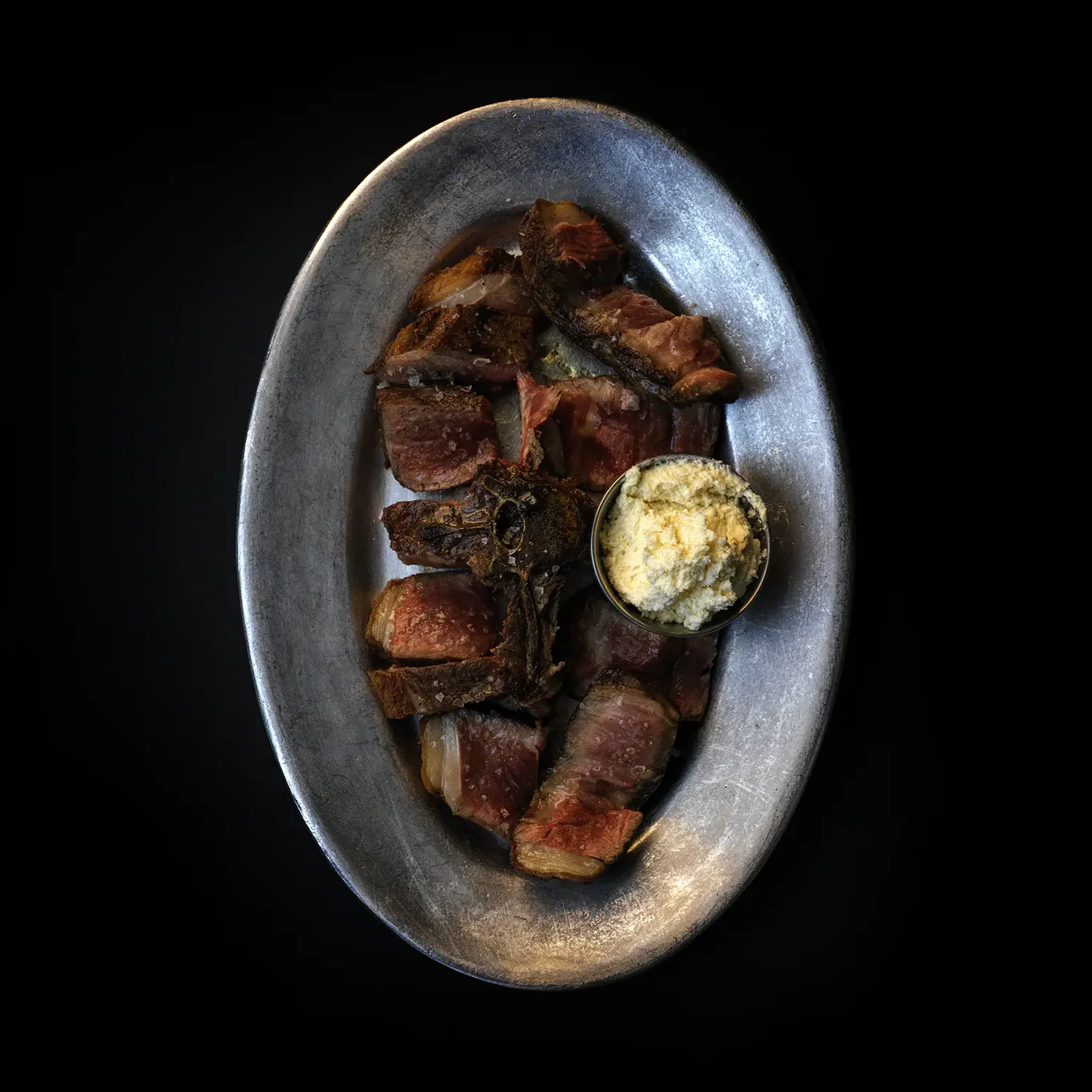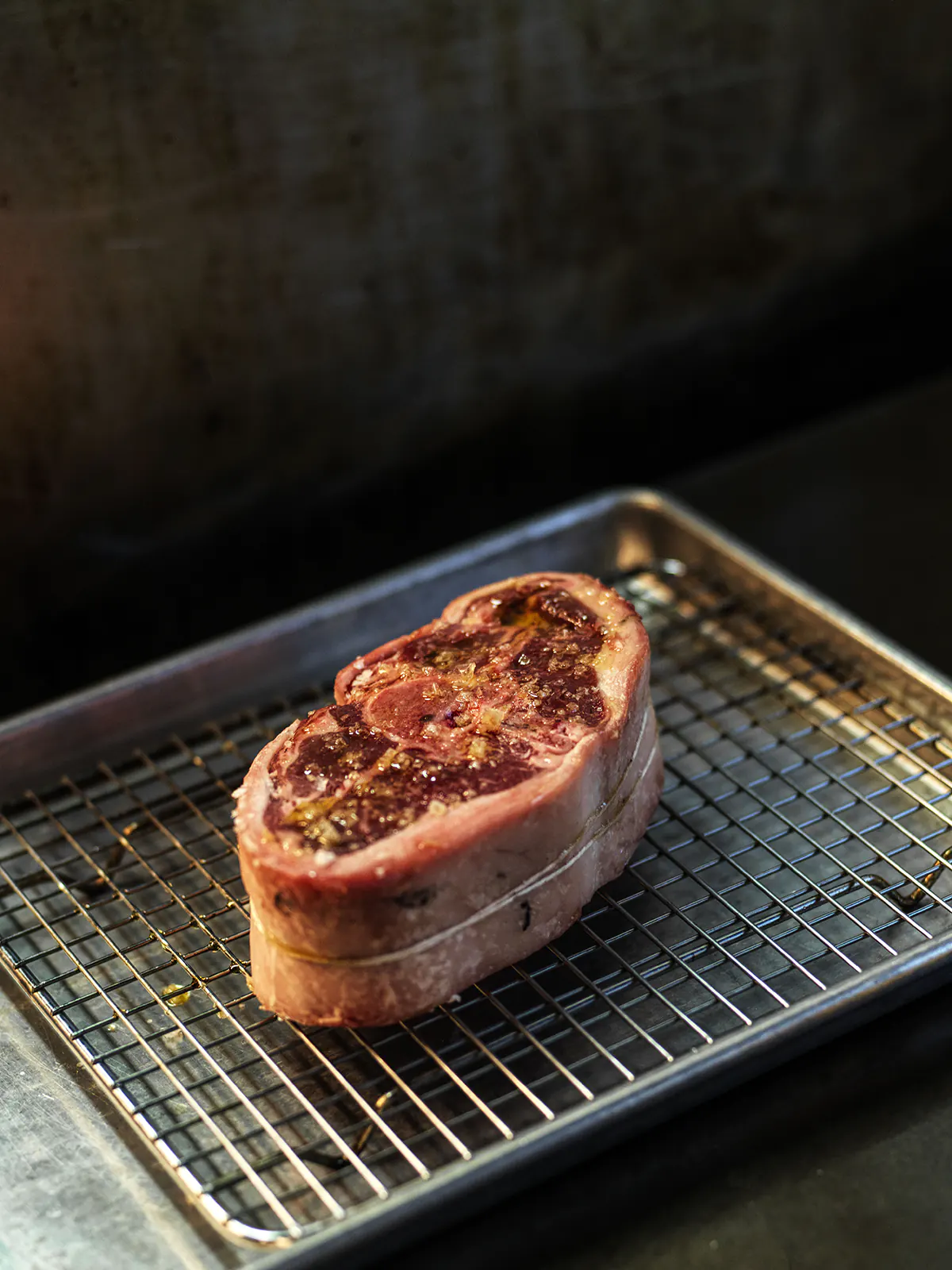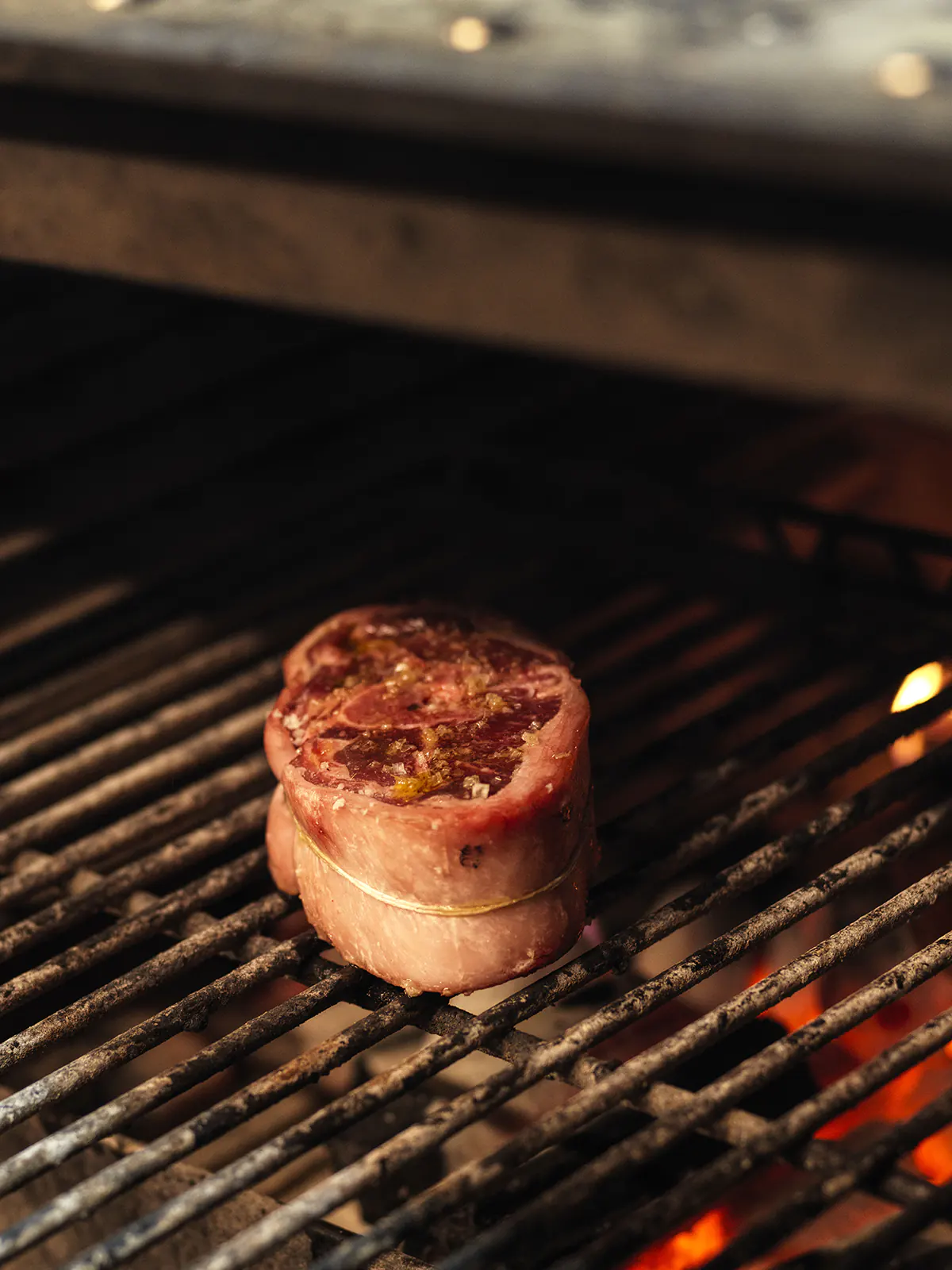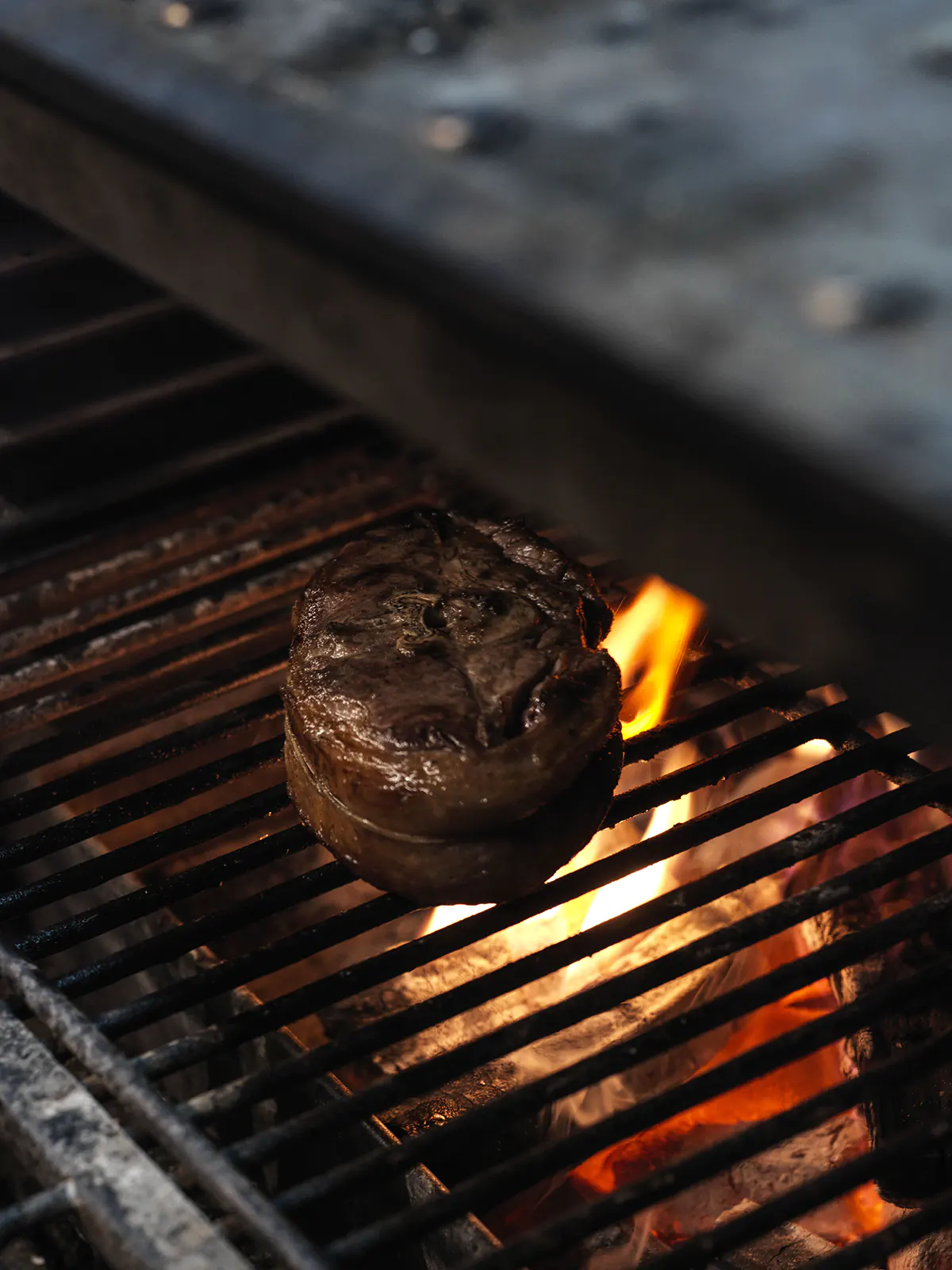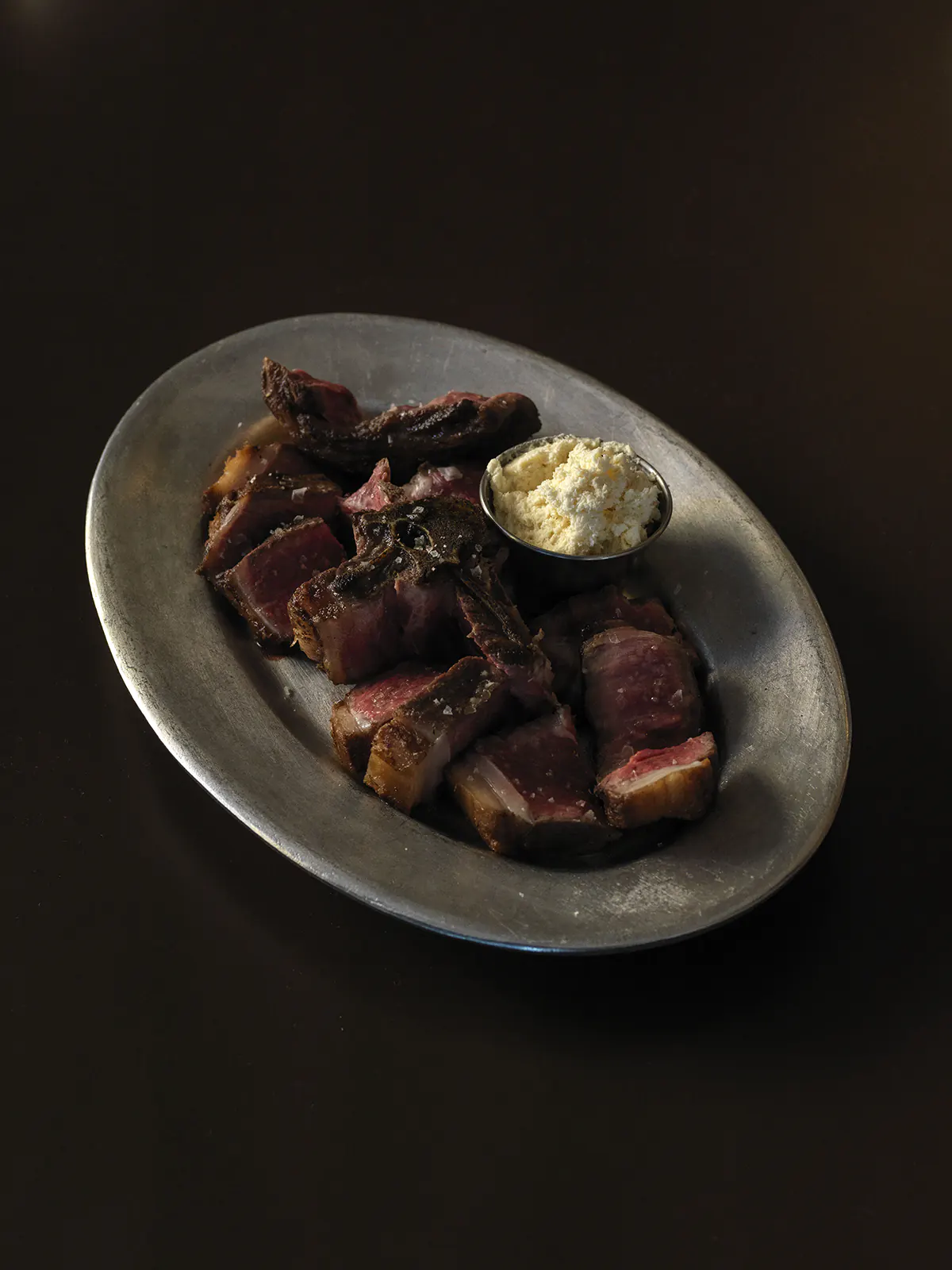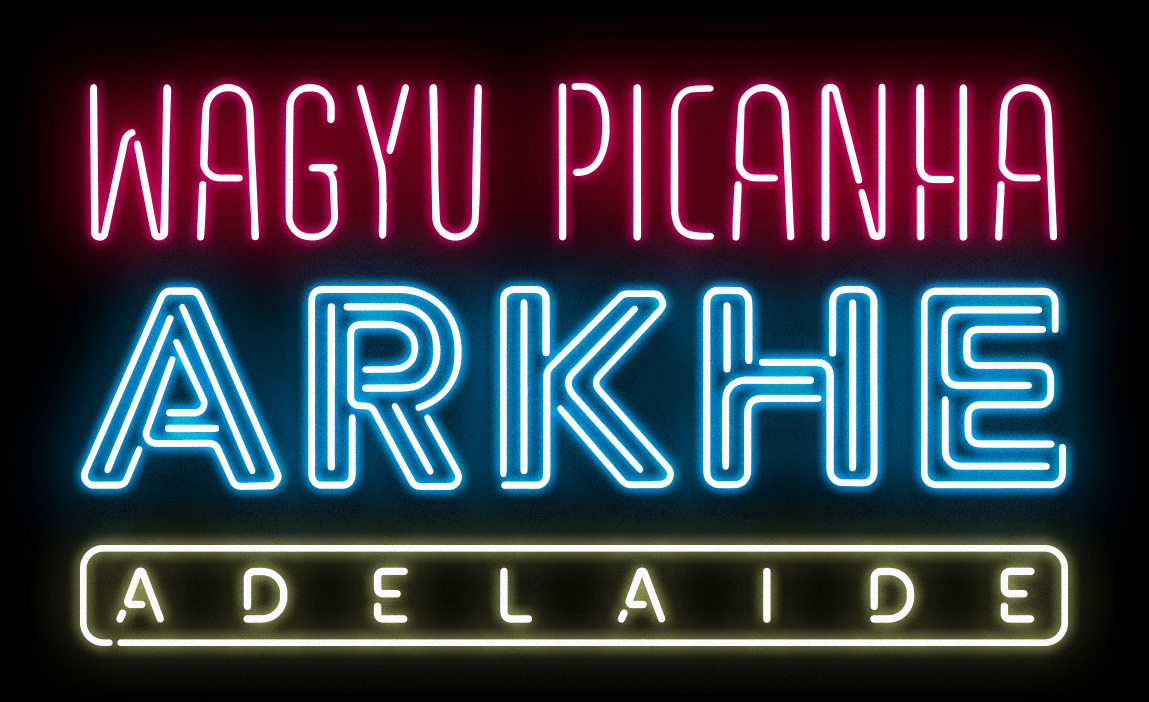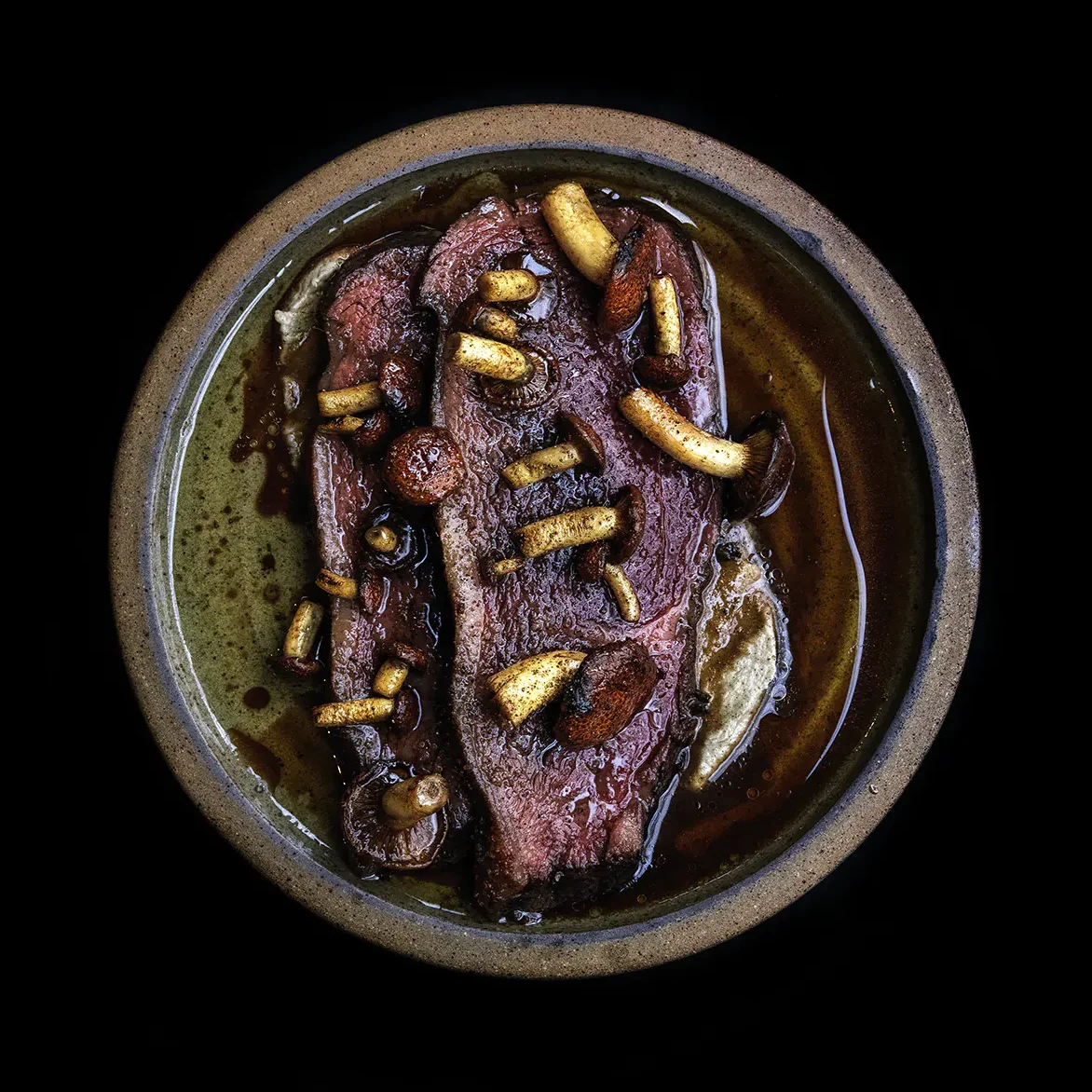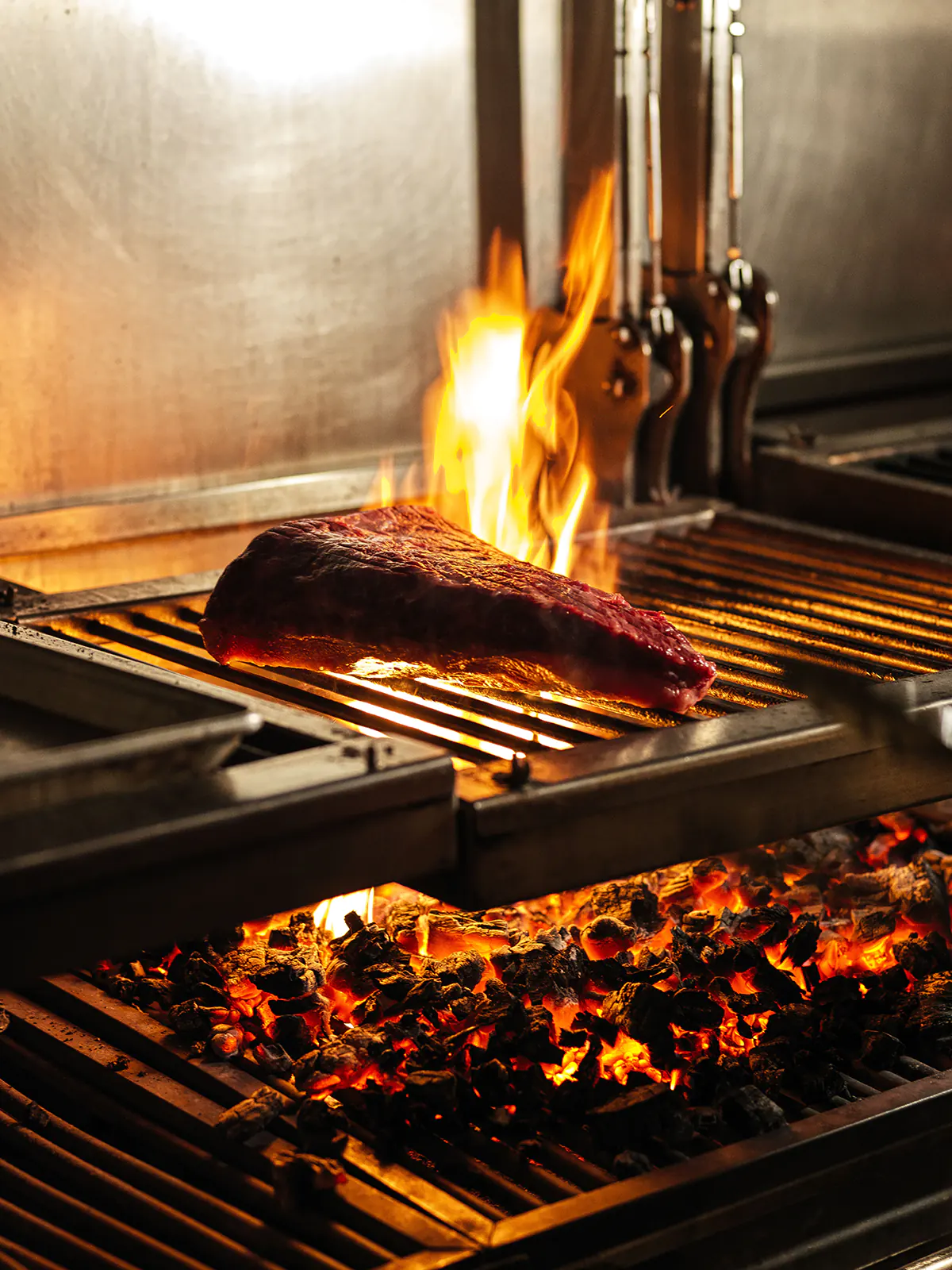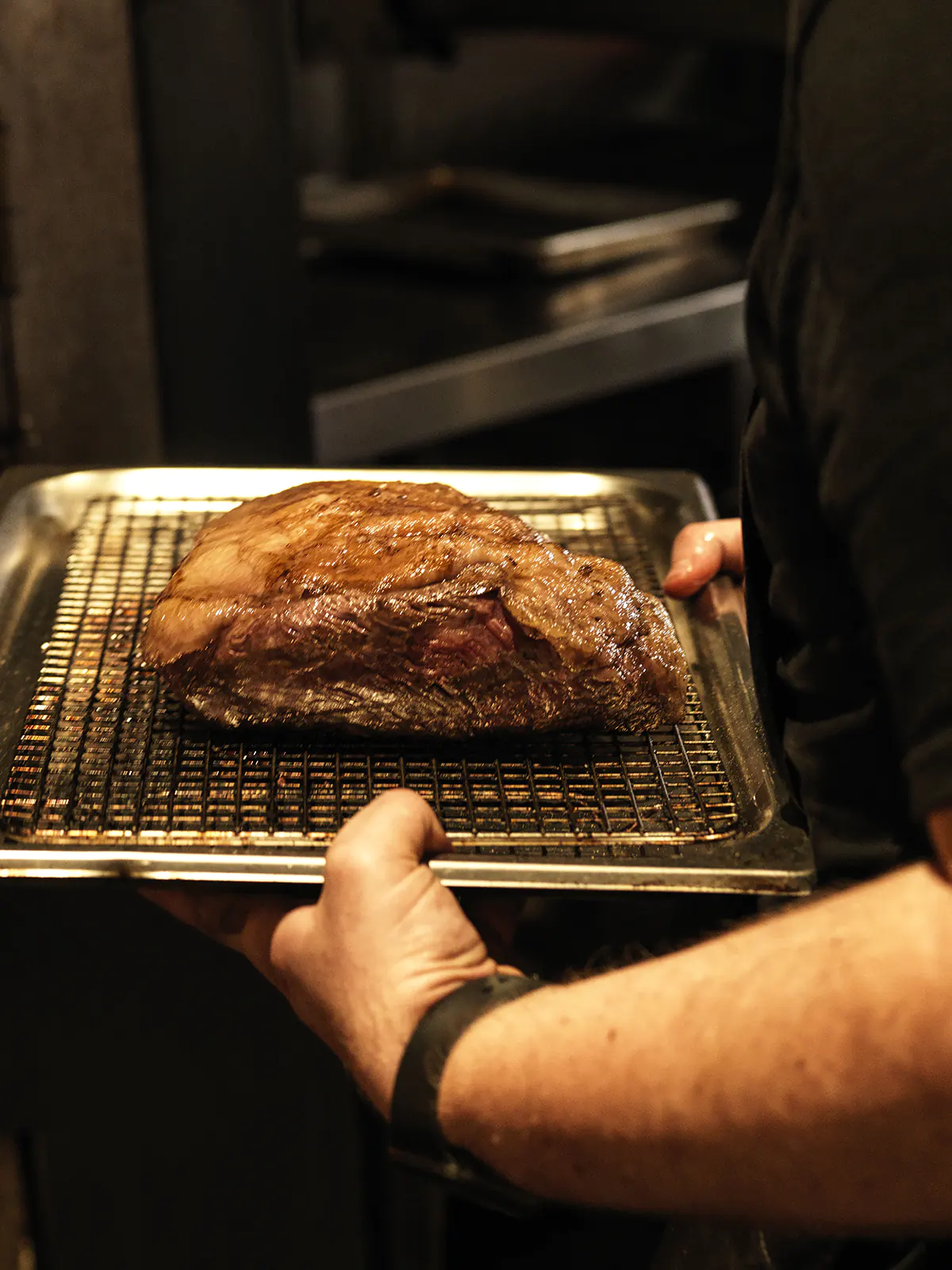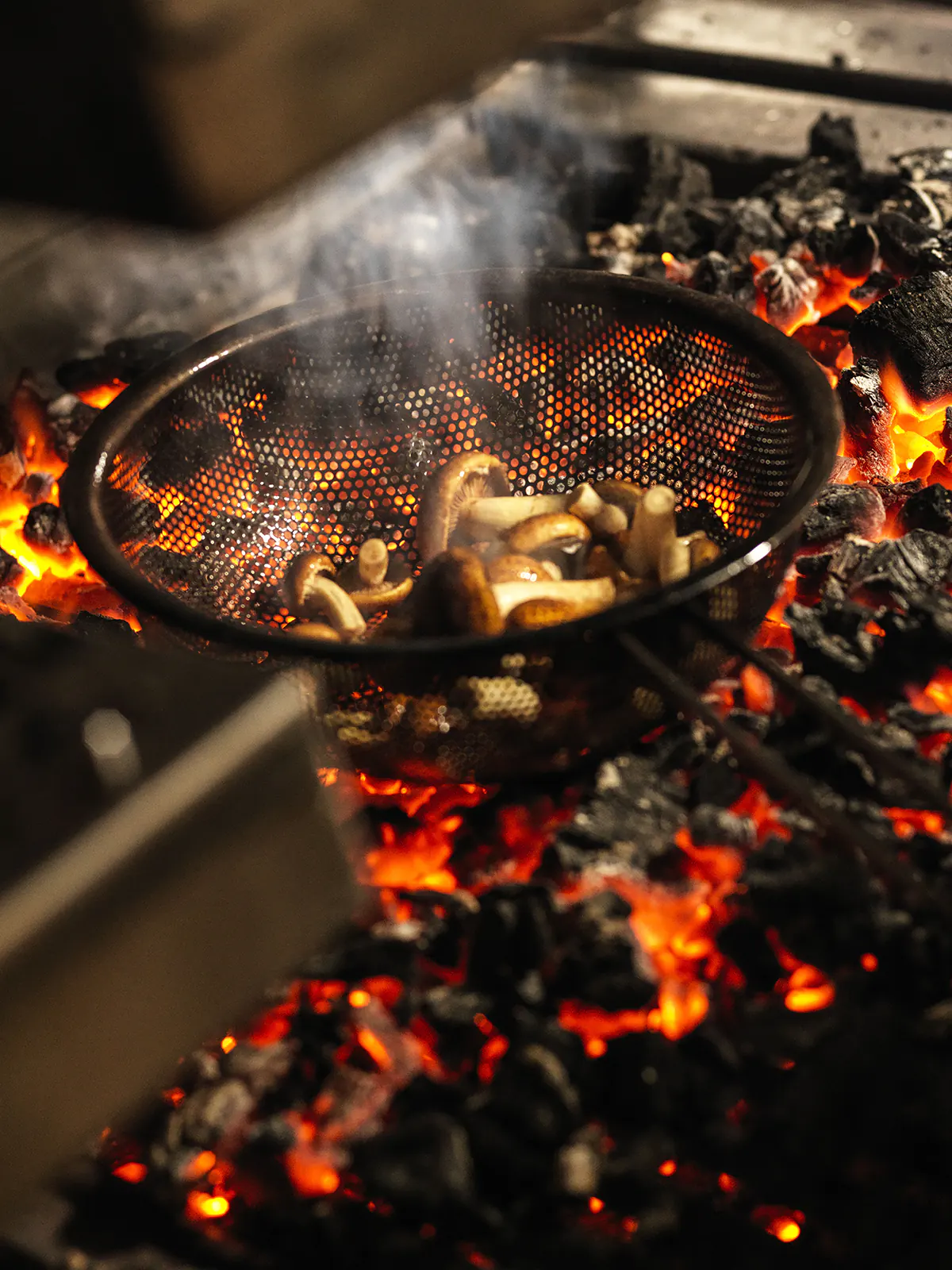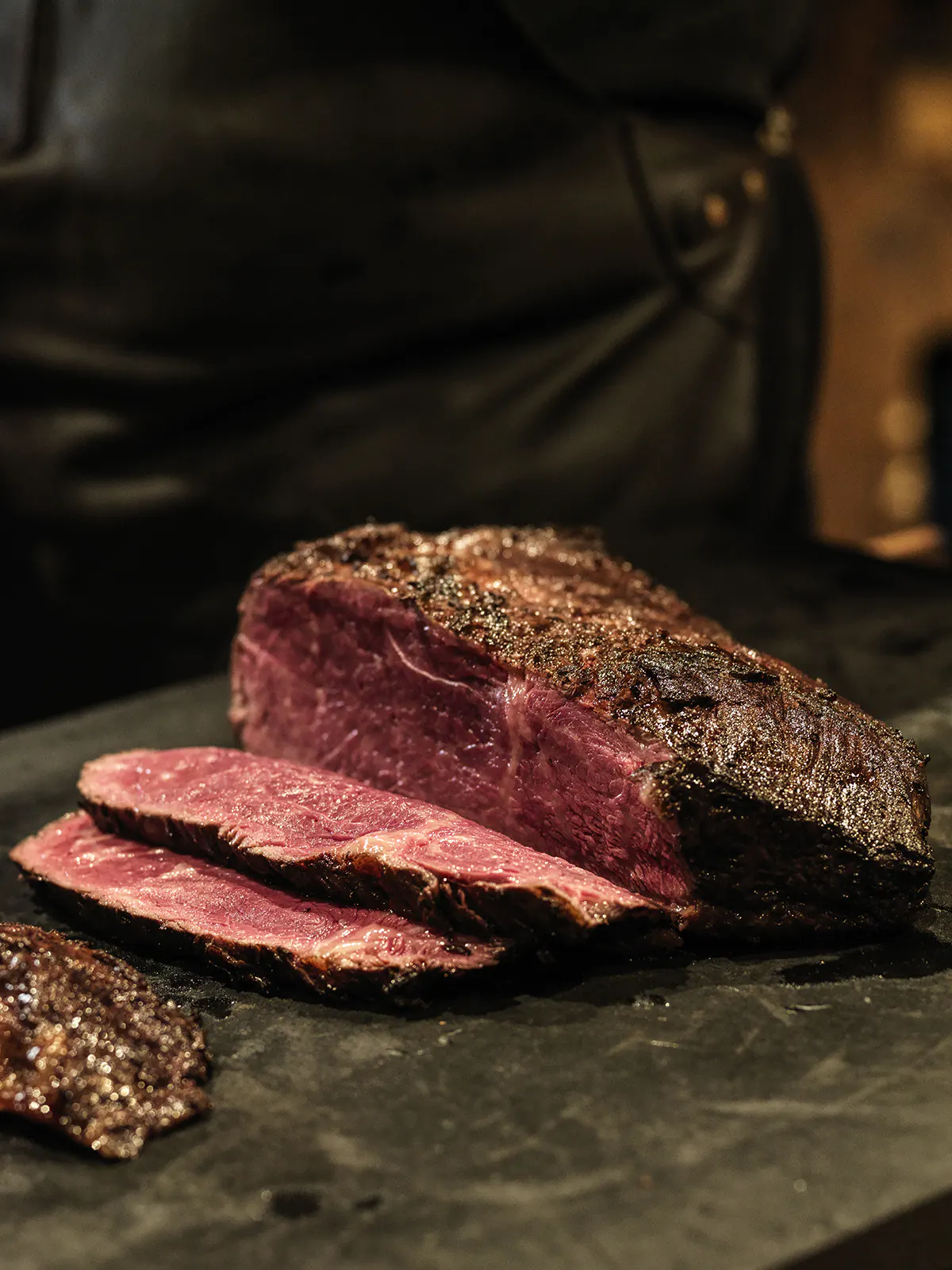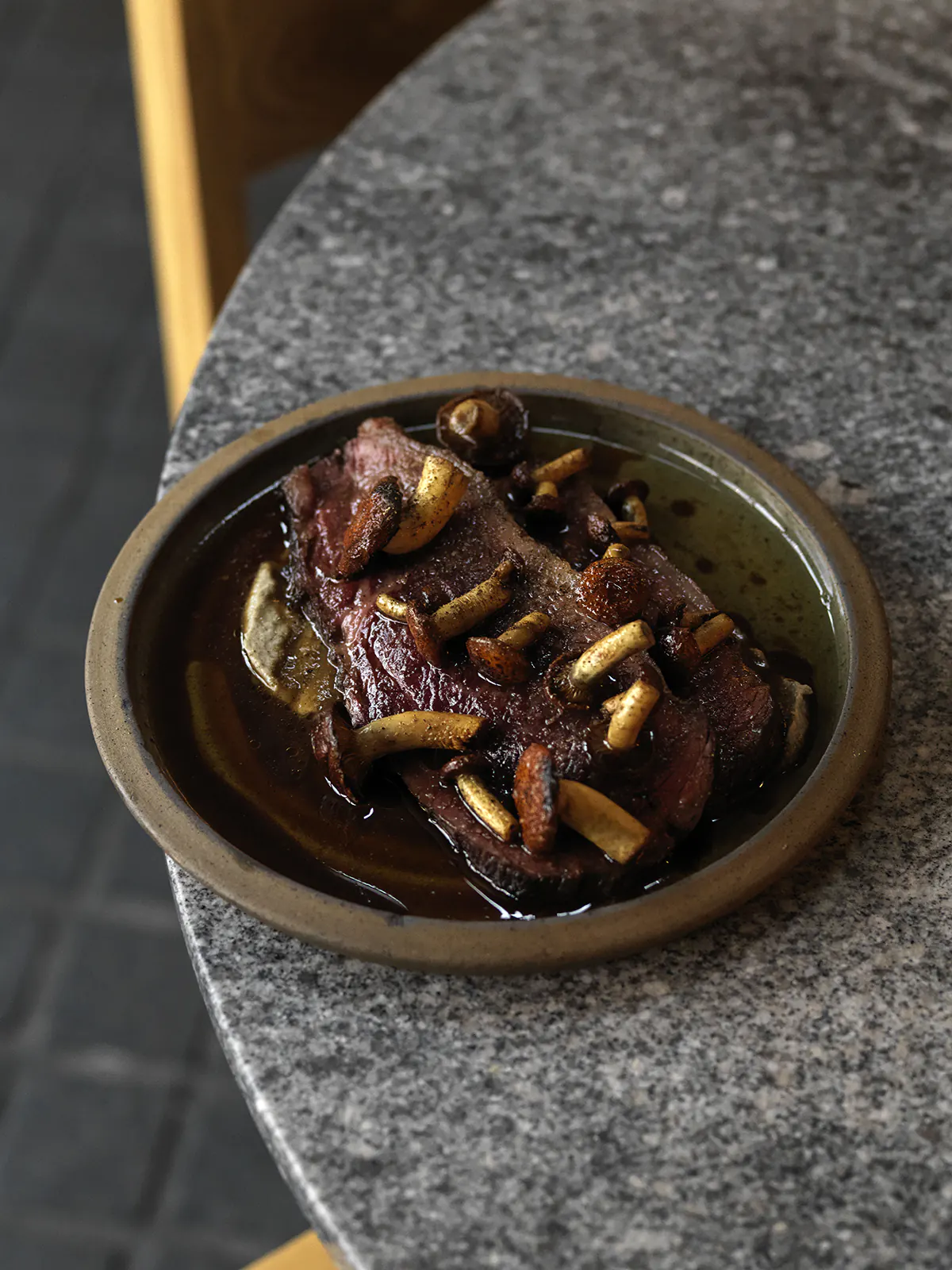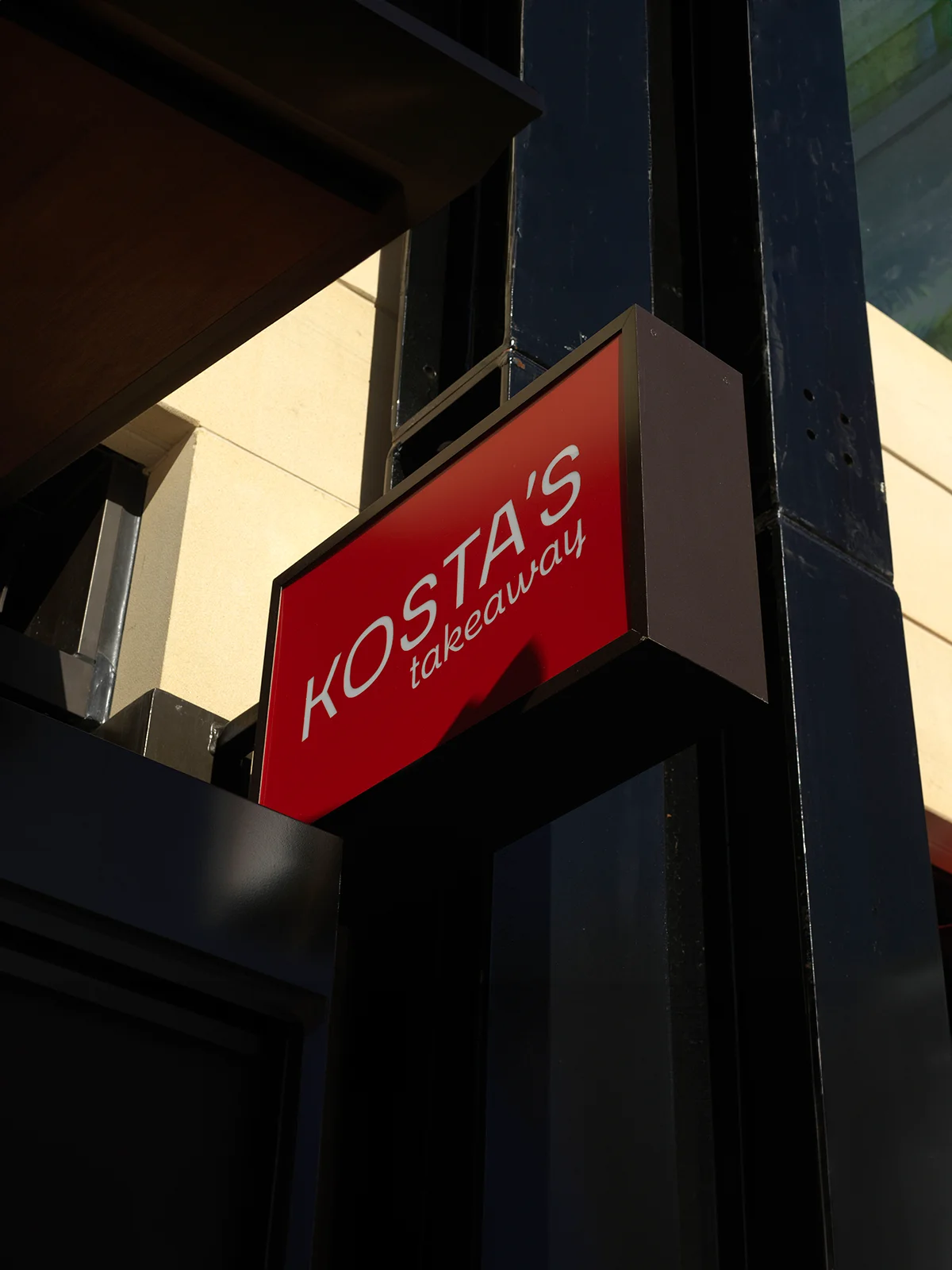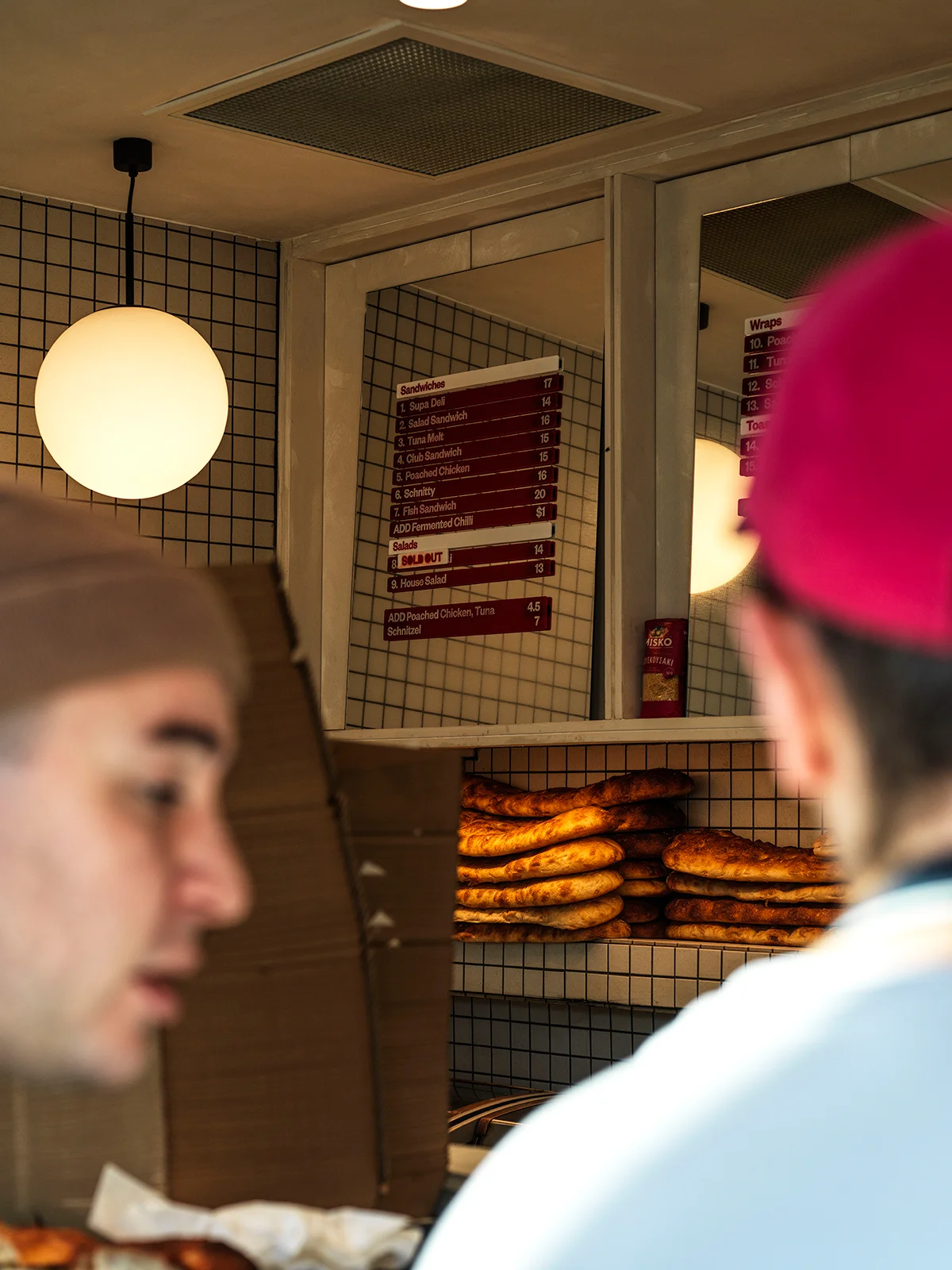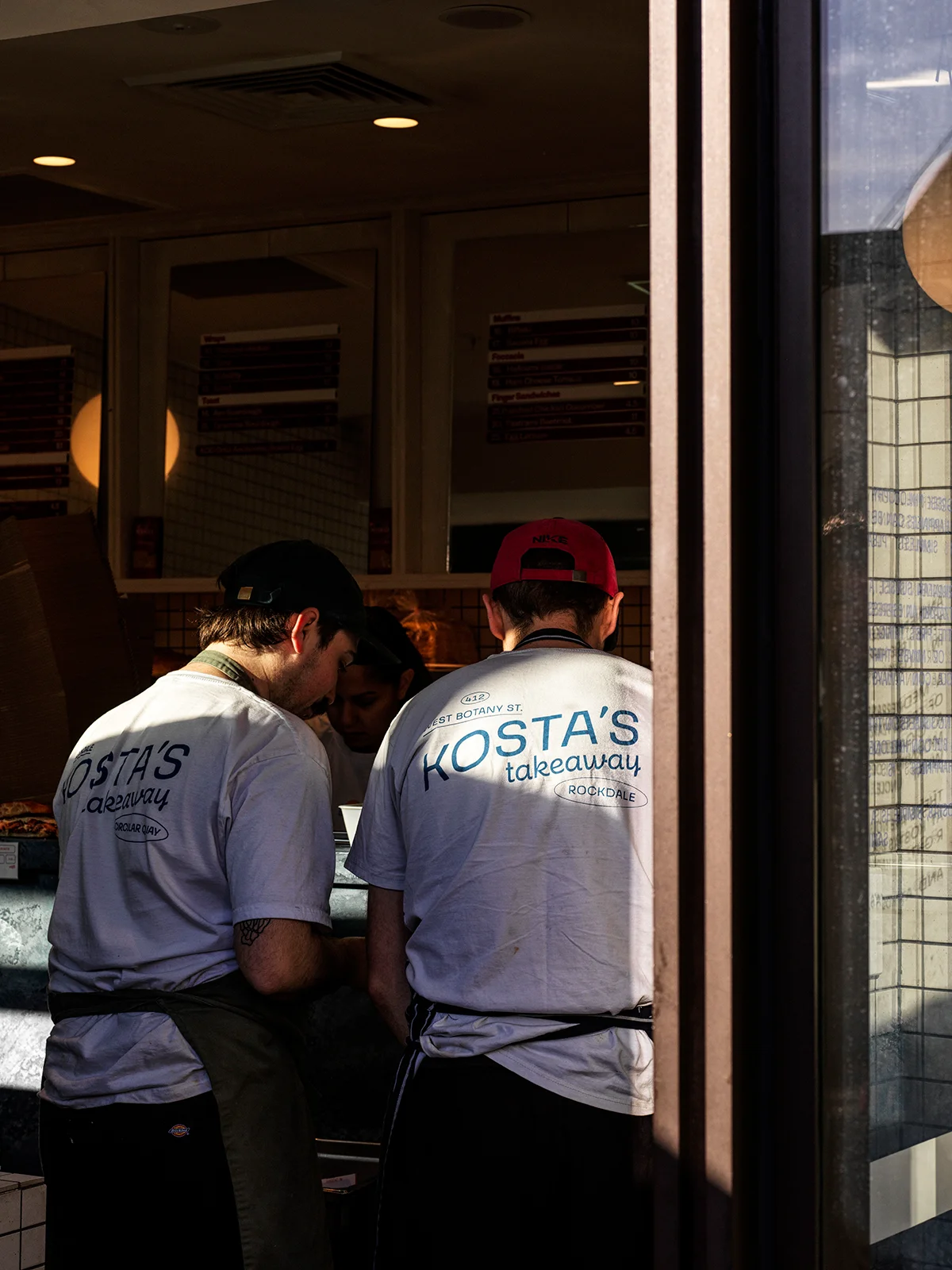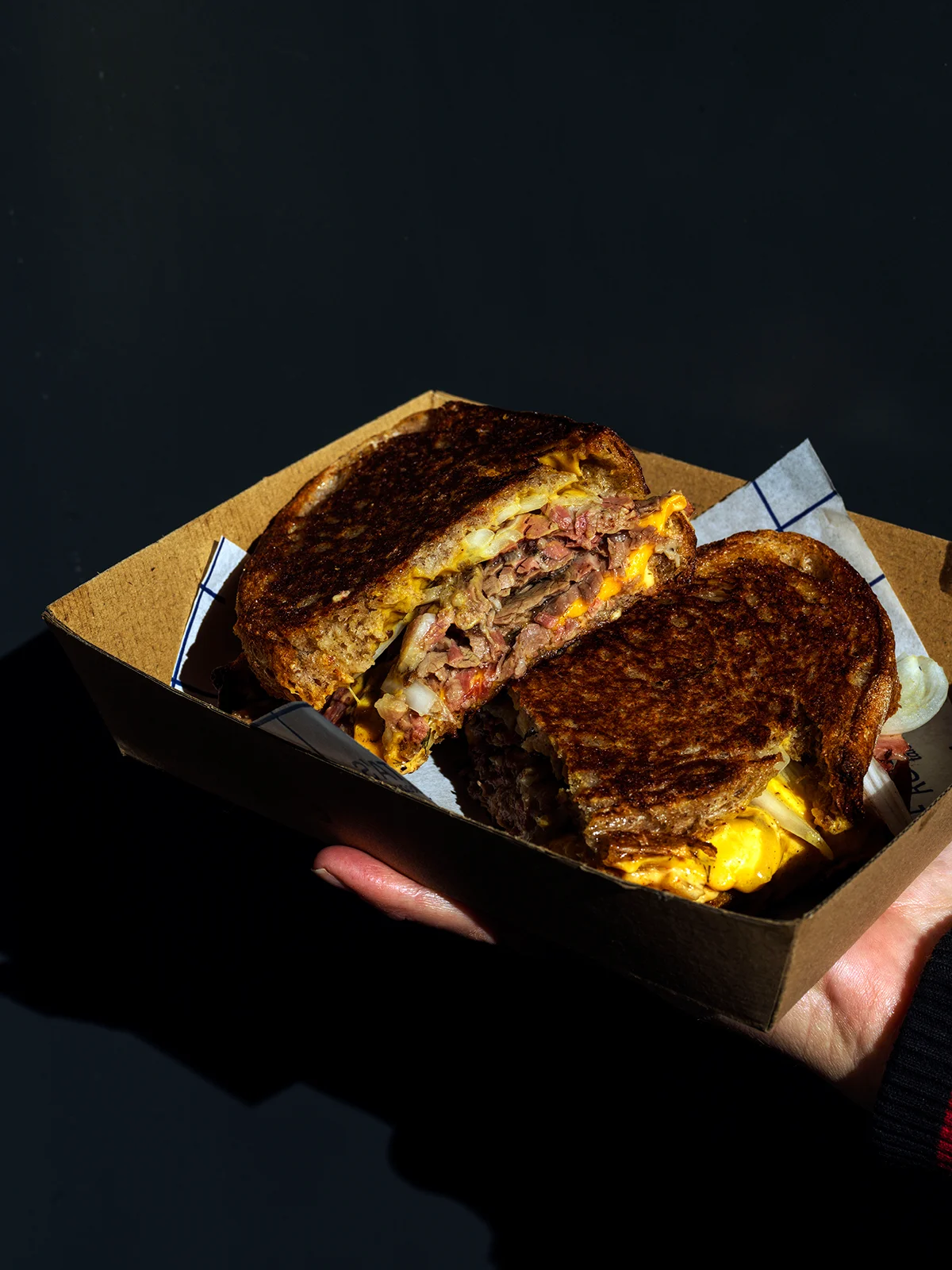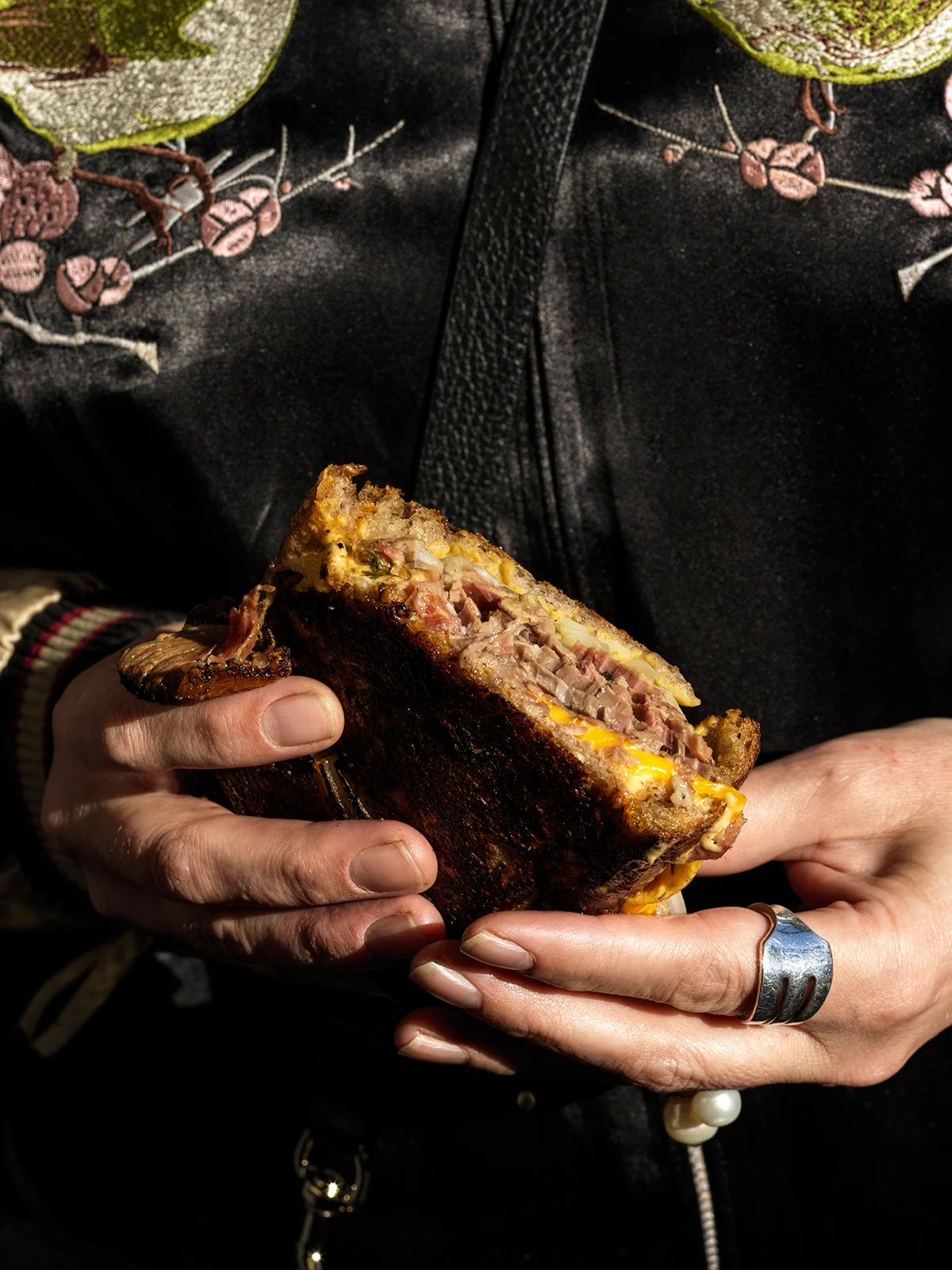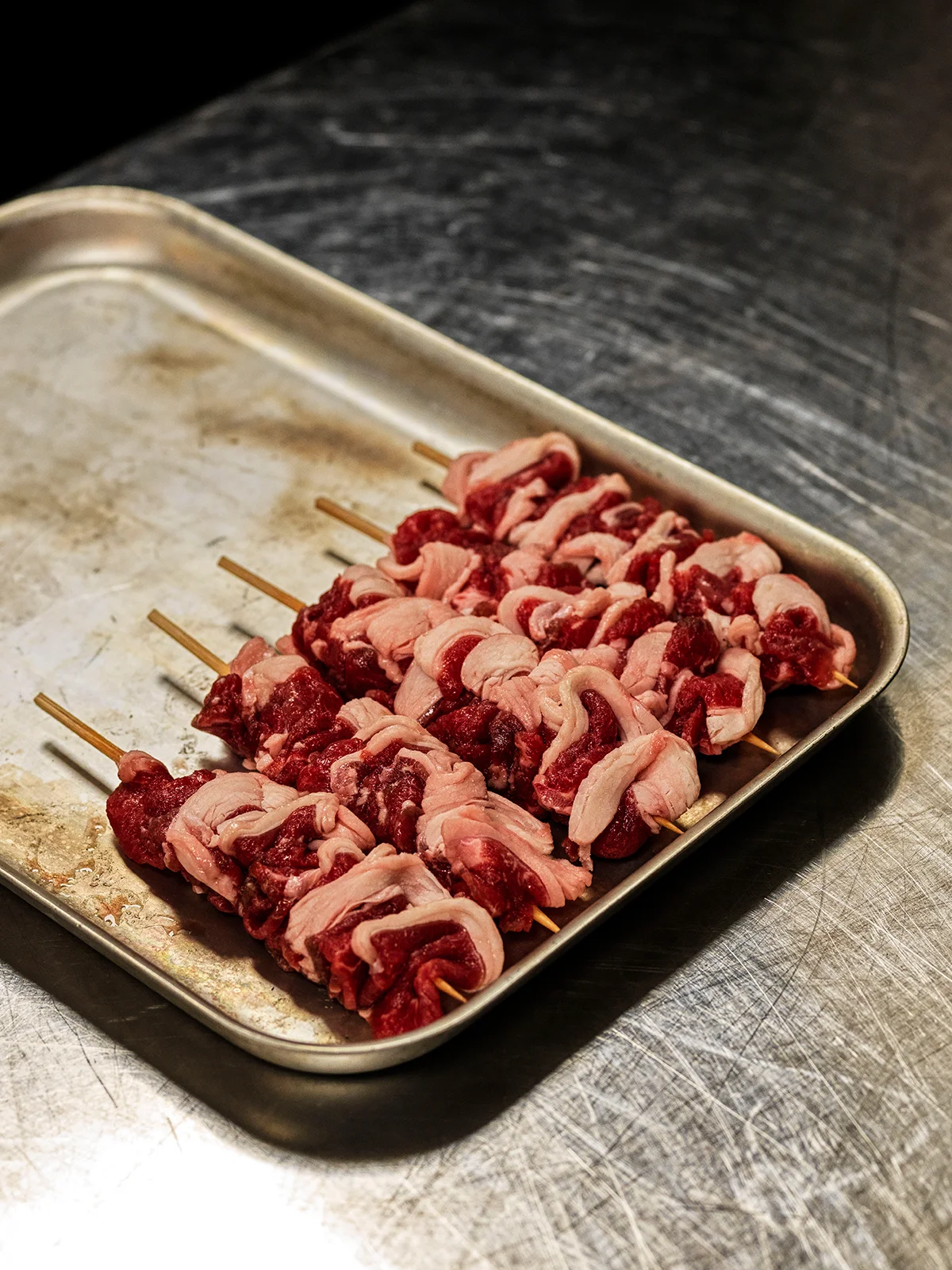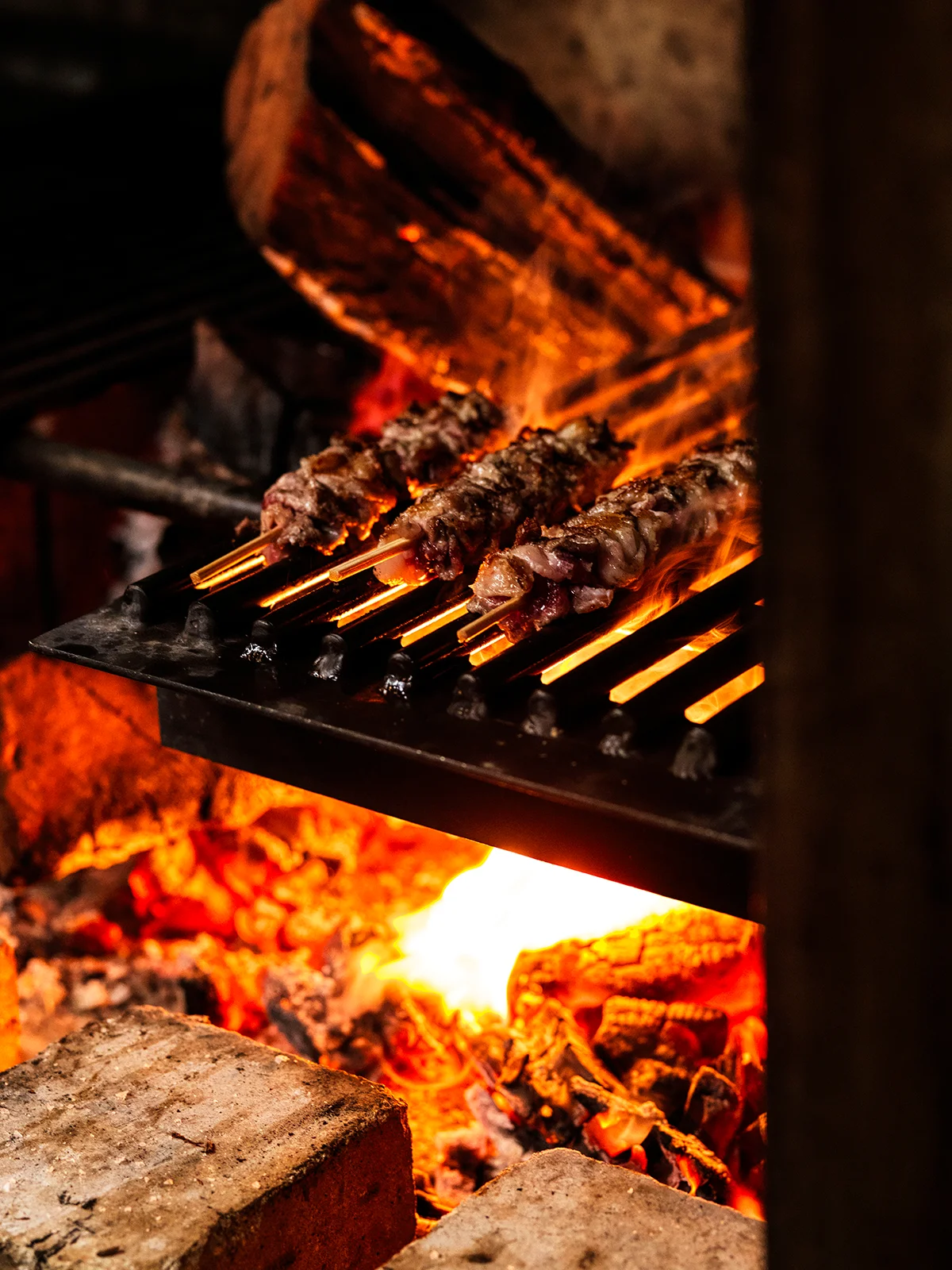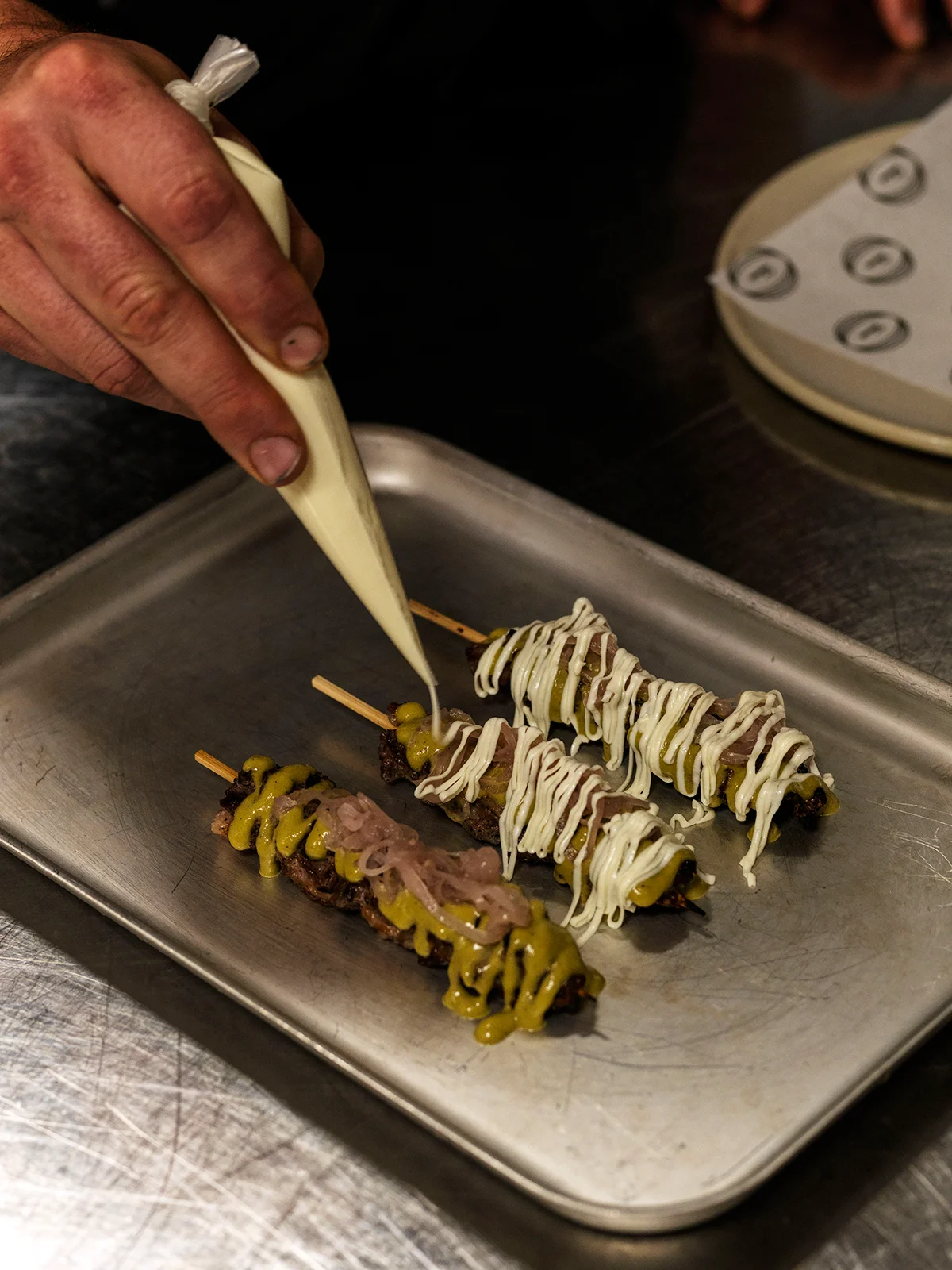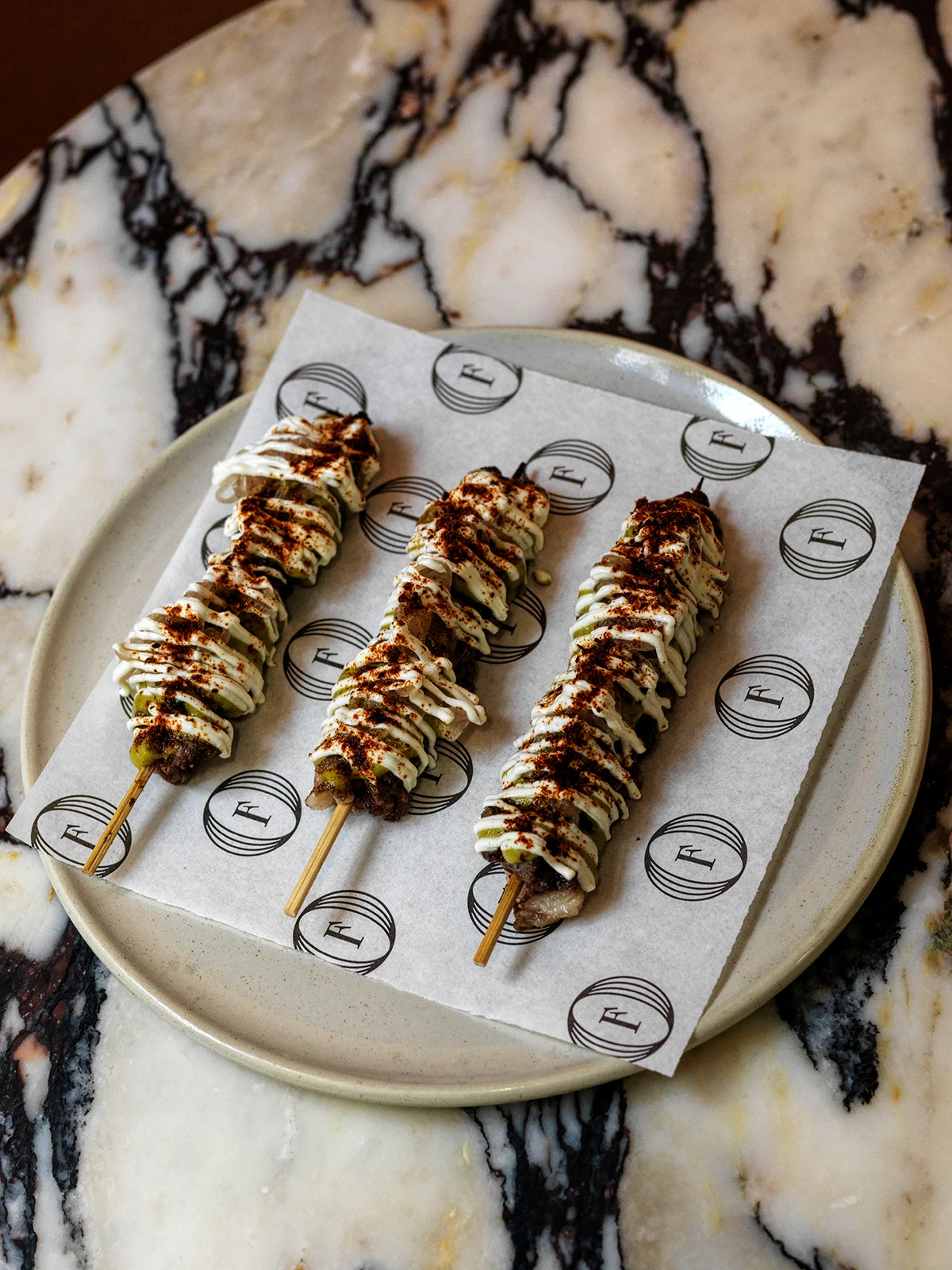Editor’s Letter
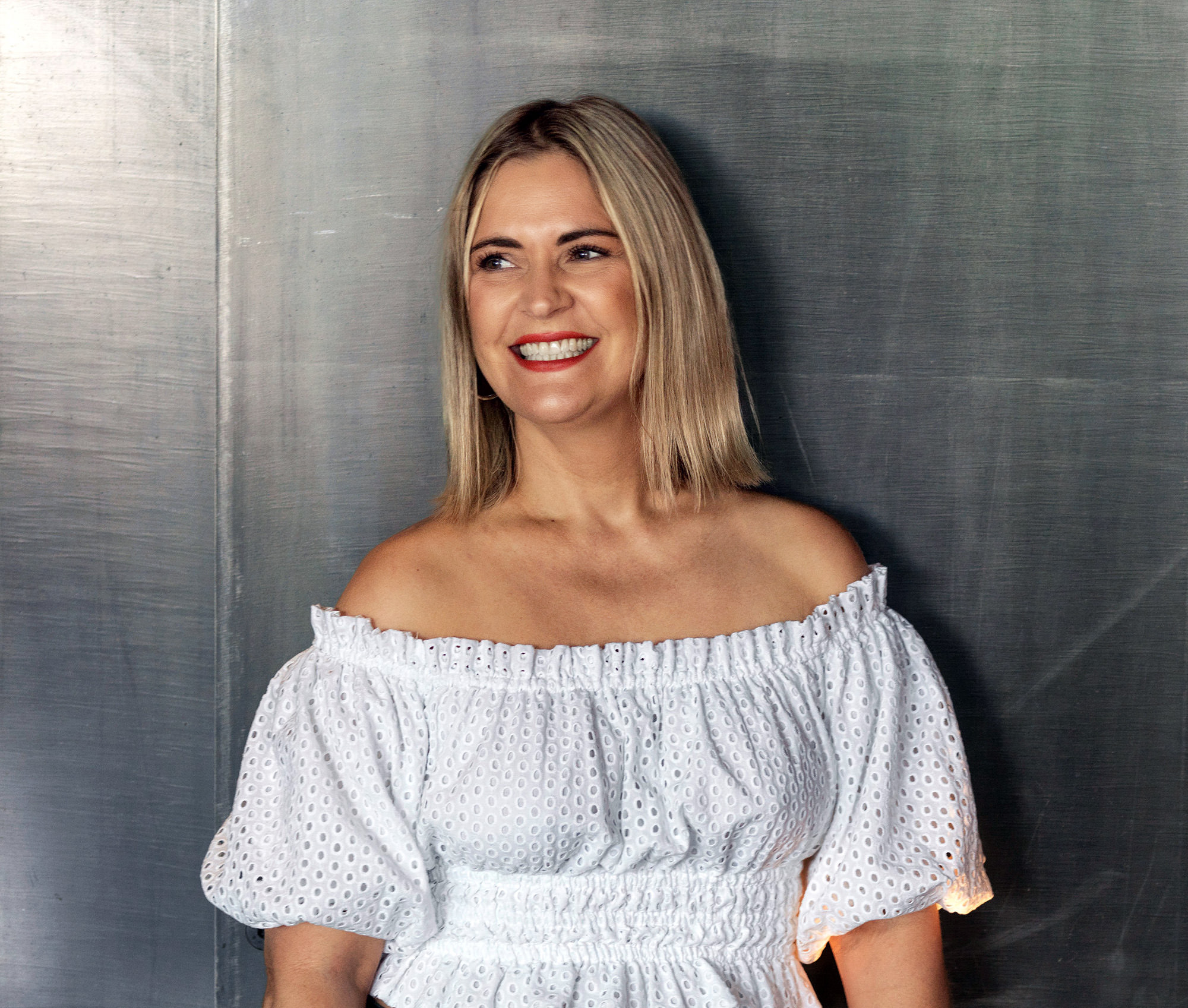
For our 23rd issue of Rare Medium – I thought it was time to mix things up a bit. Same incredible contributors with some shiny new sections – but as always, showcasing the very best red meat in the business.
In Pat’s Picks, Pat Nourse takes us on a deep dive into a dish, and first up to Pat’s plate? The mighty shawarma. It might be controversial, but we love a little shawarma drama, could the greatest of them all be Paul Farag’s lamb neck version at Aalia?
Mark Best puts his best foot forward in Best Practice – and who better than to teach us a thing or two? First up its braising – Bestie’s hints, tips and tricks for better braising, and a recipe for Beef Daube to boot.
Myffy Rigby keeps us informed about the best places to eat around the country with her wondrous What’s Good in the Hood – and this time it is the incredible Adelaide Hills that gets the Rigby round up.
Two fun new sections are getting a start this issue – and I hope you enjoy absorbing them as much as I enjoyed producing them.
Hot Plates is a showcase of the coolest red meat dishes from the hottest venues around the country and in our first iteration it’s all about juicy whole cuts and licks of flaming fire – Arkhe’s roast picanha and Clam Bar’s Barnsley chop are a rollicking place to start.
20 Buck Bangers explores the tastiest red meat eats and treats for 20 bucks or less – because, you know, inflation and all that jazz. An oozing pastrami sandwich from Kosta’s Takeaway and a luscious lamb skewer from Fugazzi – shut up and take my money.
This issue we also introduce our Red Meat Eats video – a finger-on-the-pulse look at the top five red meat trends in venues around the country. Keep an eye out for the next update in February 2024.
So, sit back, relax, and let the red meat do the talking.
Mary-Jane Morse
Meat & Livestock Australia
[email protected]
@_raremedium
Copyright: this publication is published by Meat & Livestock Australia Limited ABN 39 081 678 364 (MLA).


